
December 2019
The Memory Edition
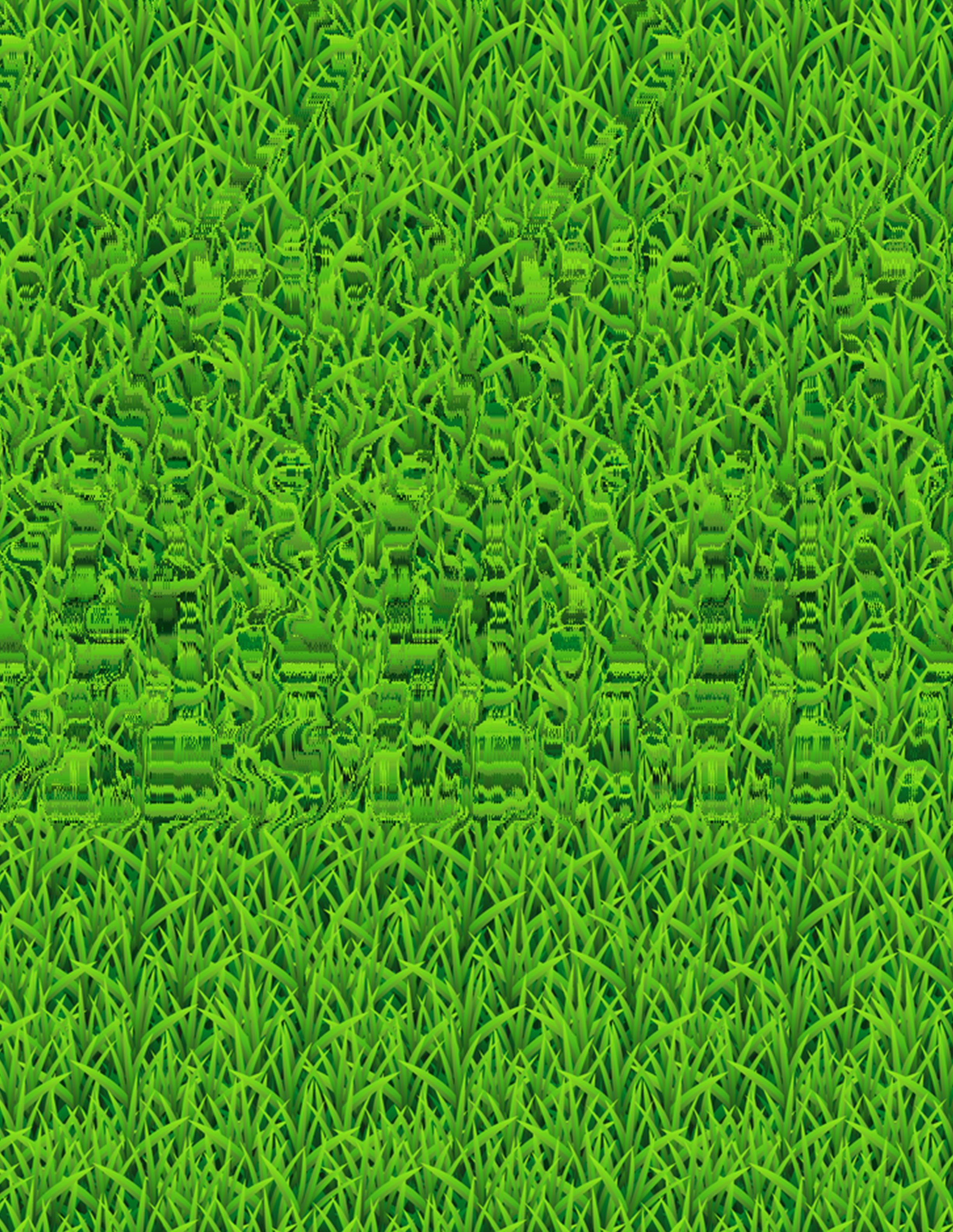

Touch your nose to the center of the page, slowly move the magazine away from your face, keep moving the magazine farther from your face until you are able to see the image. If you are unable to see the image, you may have a visual impairment. if you were unaware of this before, consult an optometrist for or physician.
Notes From the Editor
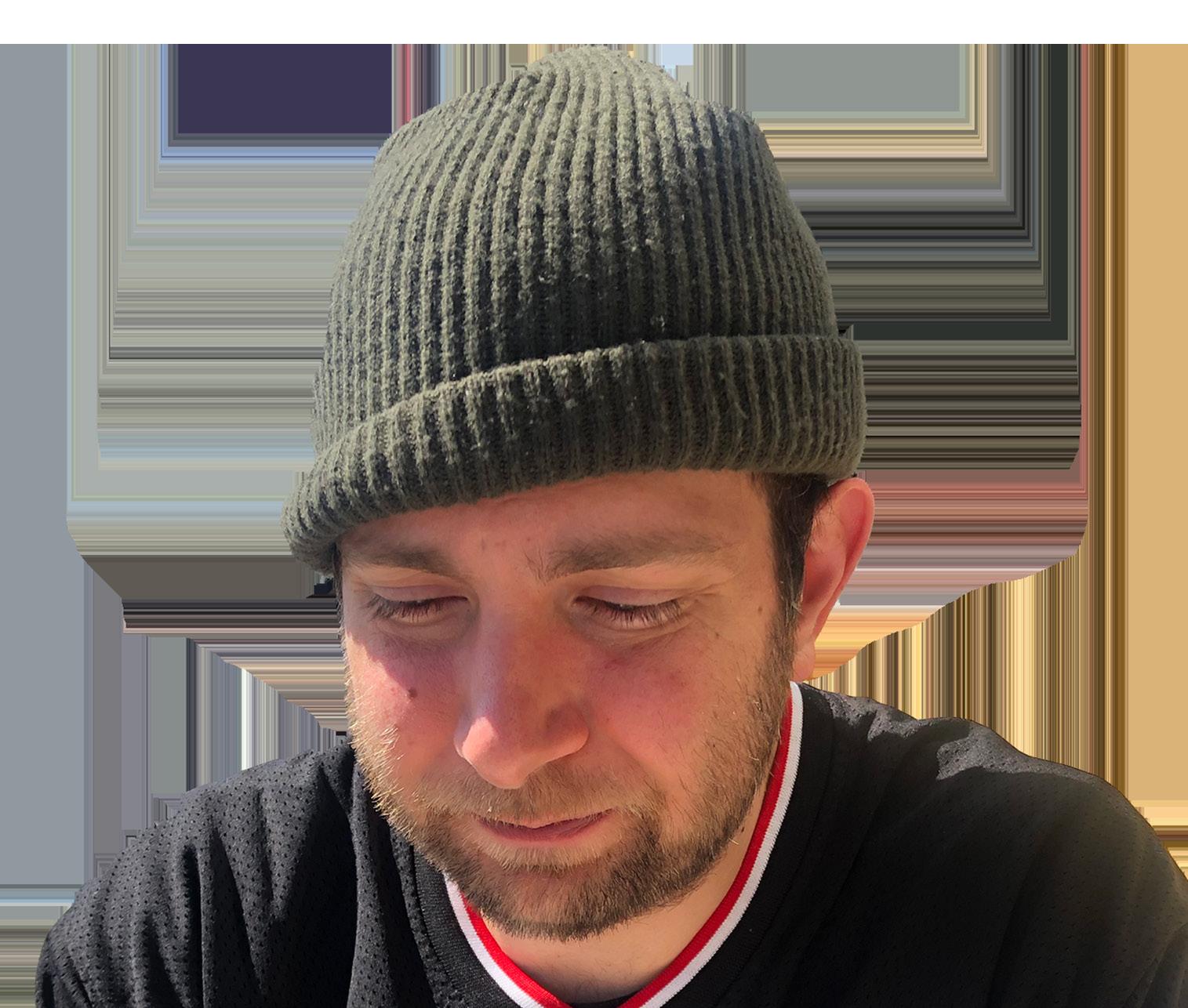
Memory is such a beautiful and often hidden process. We use our memory all the time, it effects us on a daily basis, and yet we hardly notice when it happens until it comes with a harm. There is a bit of false trust in memory as well; yet without it, our lives would be extremely difficult.
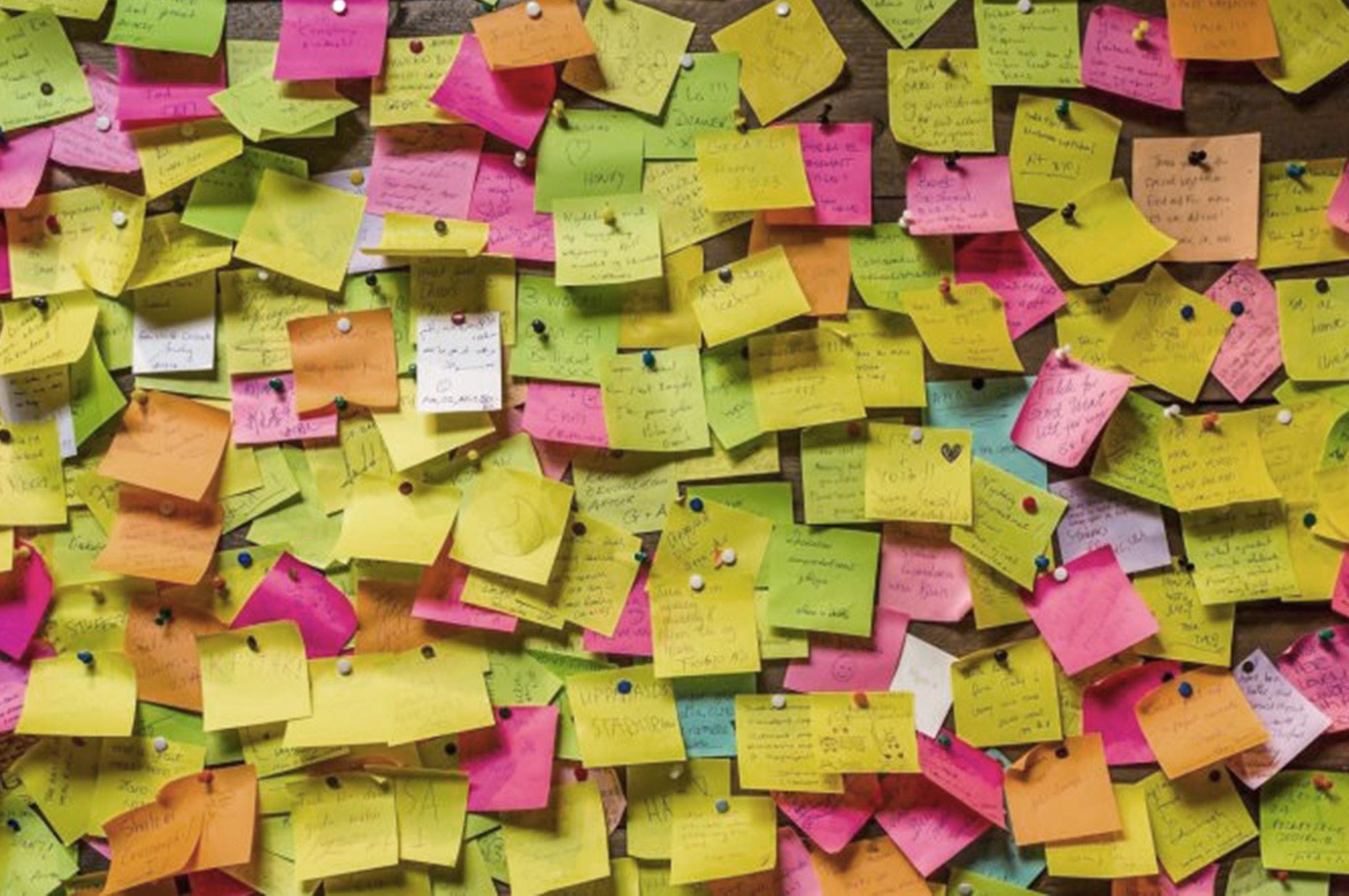
Our memory is not as good as we would all like to hope but we can try to improve it and practice interesting memory techniques and technologies as we advance our knowledge and understanding of the human brain and its processes of memory formation.
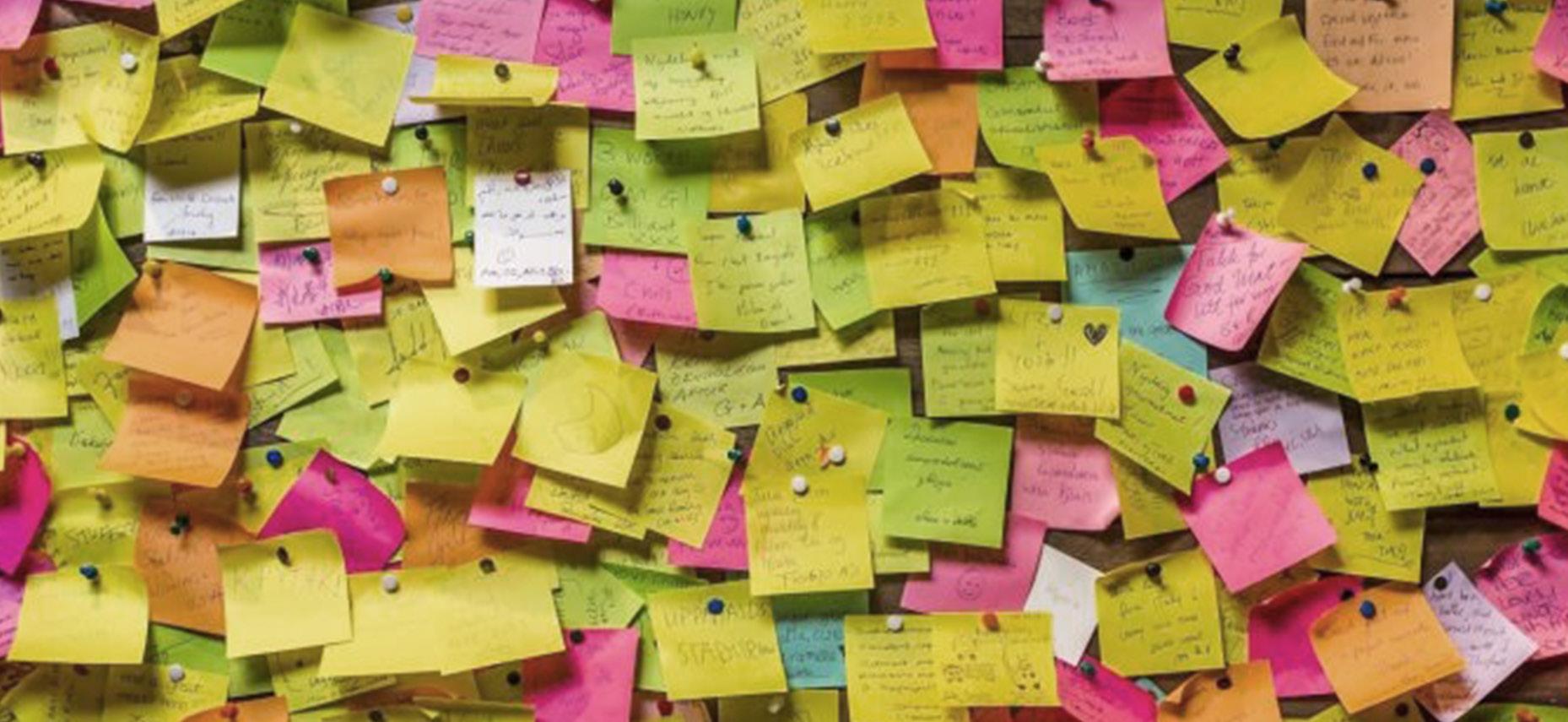
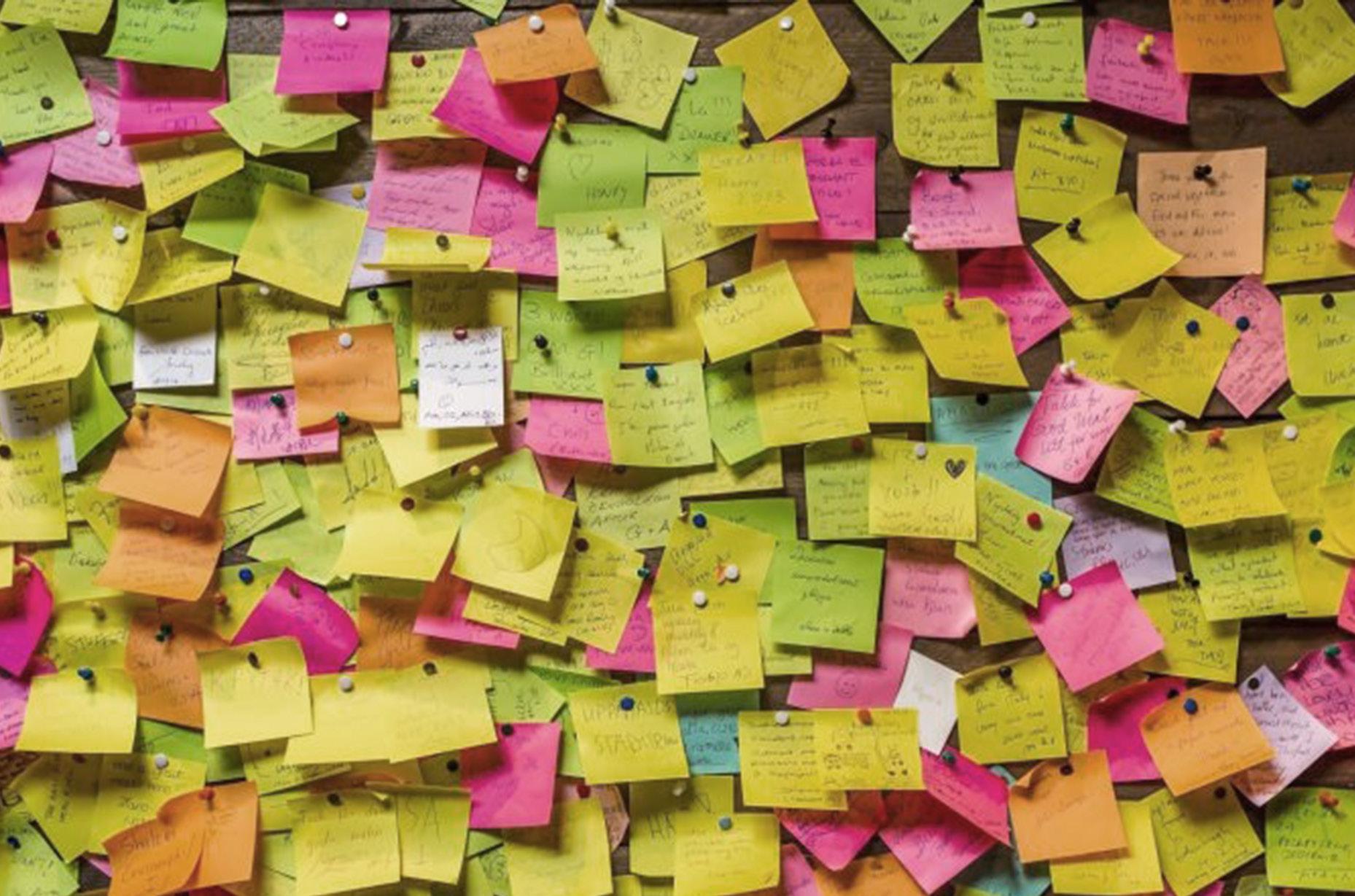
This months edition focuses on the light and dark sides of memory. It explores how memories are created, what we can do to better our memory, and memory diseases and their effects through the human aging process. If you have met someone who suffers from
dementia or Alzheimer’s then you already know the pains of memory loss and its effect on the mind and spirit of the ones we love.
It is my hope that you find this magazine intriguing, insightful and fun. In the kit you received with this addition you will find a pen and pencil to markup this magazine however you see fit. if the information is intriguing enough, take notes, practice some of the techniques and suggestions, above all, have fun and live life to its fullest.
Sincerely,
A Look at What’s Inside
Page 21
Short Term Memory
Page 22
Mnemonics & Clustering
Page 24
Long Term Memory
Page 34
Autobiographical Memory
Page 38
Page 40
Harms of Memory
The Memory Edition
How
Categorizing Memory
Page 4
We Form Memories Page 6
Page 10 H. M. & The Hippocampus Page 12 Spatial Memories Page 14 Sensory Memory
Blindness
Page 16 Change
Memory Game
How We Form Memories

For most of us, it seems our minds work in mysterious ways. We add new memories everyday, and do so fairly effortlessly. Some memories last for days, weeks, months and years; others fade away at the blink of an eye or after a few minutes We rely on creating and recalling new and past memories everyday often taking for granted the scale of such a process.
We never stop to question how we remember information, how our memory can fail, and what the harms are associated to that failure. Human–beings are able to remember an amazing amount of information. So much so that people around the world challenge themselves against each other in memory competitions.
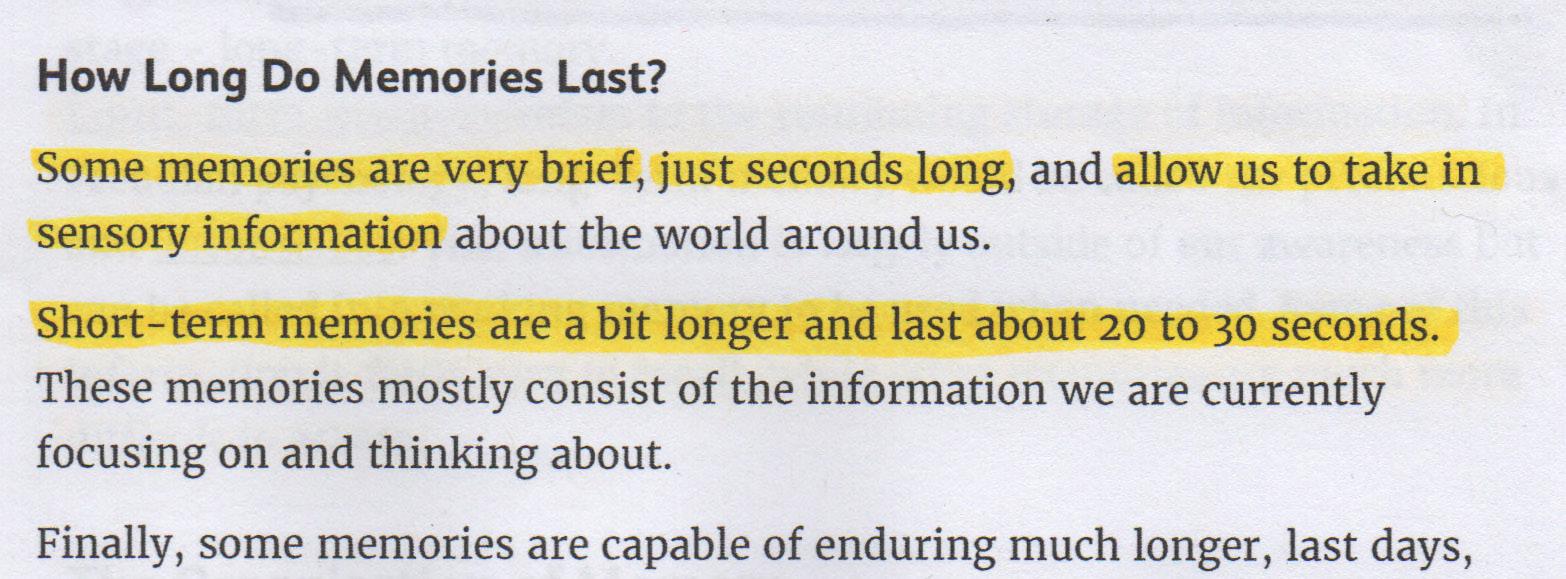
There are many tips and tricks that we can all practice throughout the day that could potentially increase our ability to remember more, however, they
are not guaranteed and aging comes for all of our memories.
The health and tech industry is working on solutions to memory diseases like Alzheimer’s and dementia but there is still no known cure. We rely heavily on our ability to remember things, yet the accuracy of our memory is something to question.
So where does our memory start and what does the process look like? As we can see to the left, memory can be defined as a three step process.
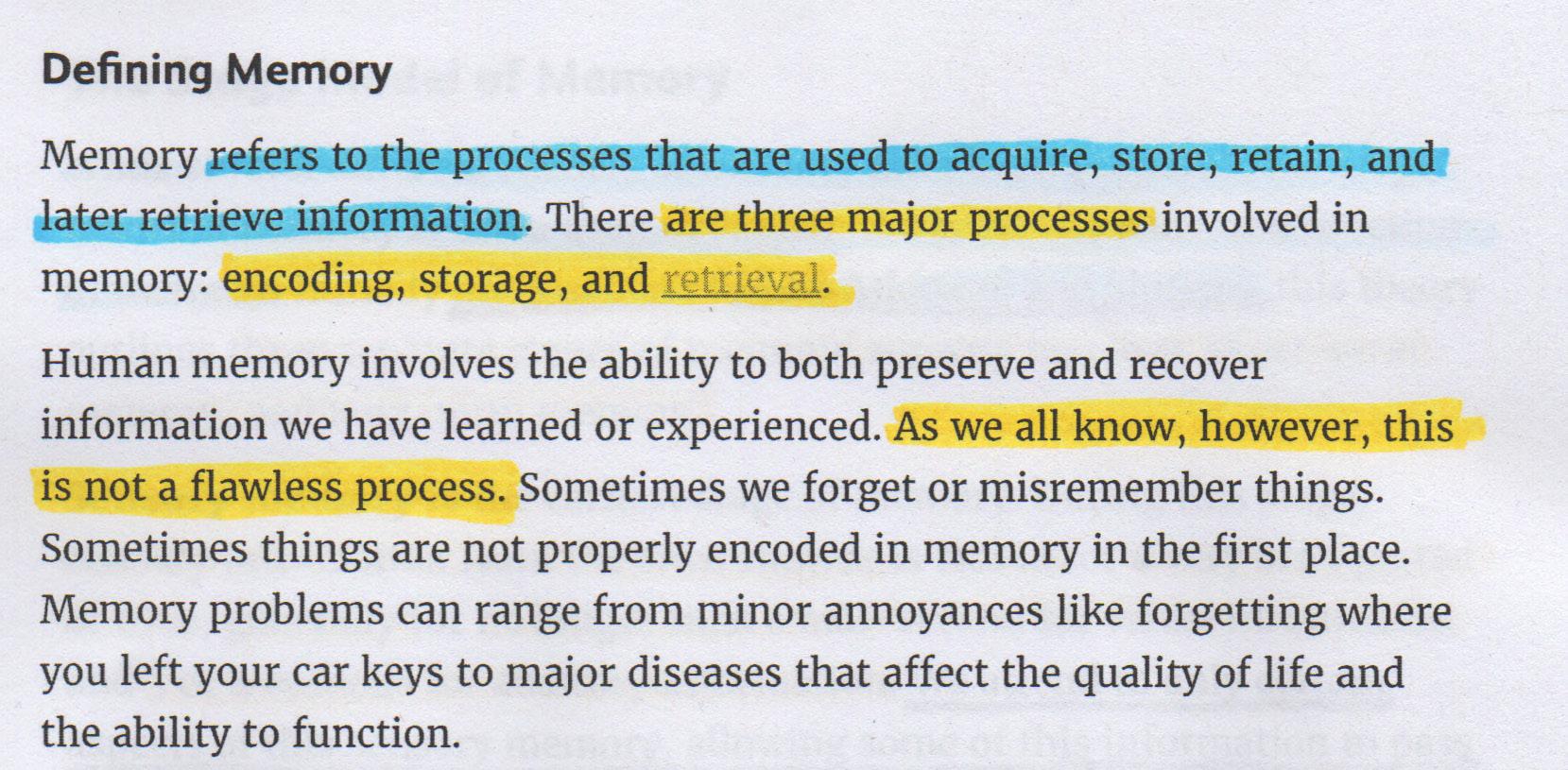
ADMIRARI — How We Form Memories 6
The Three Stages
There are three main stages of memory. The first happens when we take in sensory stimulation from our surroundings and is known as Encoding. Encoding can come as imagery, sound, taste, smell, and touch. Visual information has been proven to last longer, however, there are flaws. One study done concluded that when comparing two images with subtle changes, within seconds of each other, people were not able to spot the differences between the two images. when they were given more time to study the images they were able to see the differences faster and more accurately.
The second stage of memory is storage. Storage takes encoded information and places in it different regions of the brain. The hippocampus, or workhouse of memory, helps process the encoded information and sends it to the correct “storage” places. When you need to recite something like the name of a person you just met you are using the storage and short–term process of memory formation.
The third stage of memory is Retrieval, retrieval is the process of recalling information that has been stored in different regions of the brain for use. We use retrieval when we tell other people our birthday or how old we are. We also use it when we remember to go to the appointment we made, writing that e-mail that needed to go out, or finishing that homework assignment.
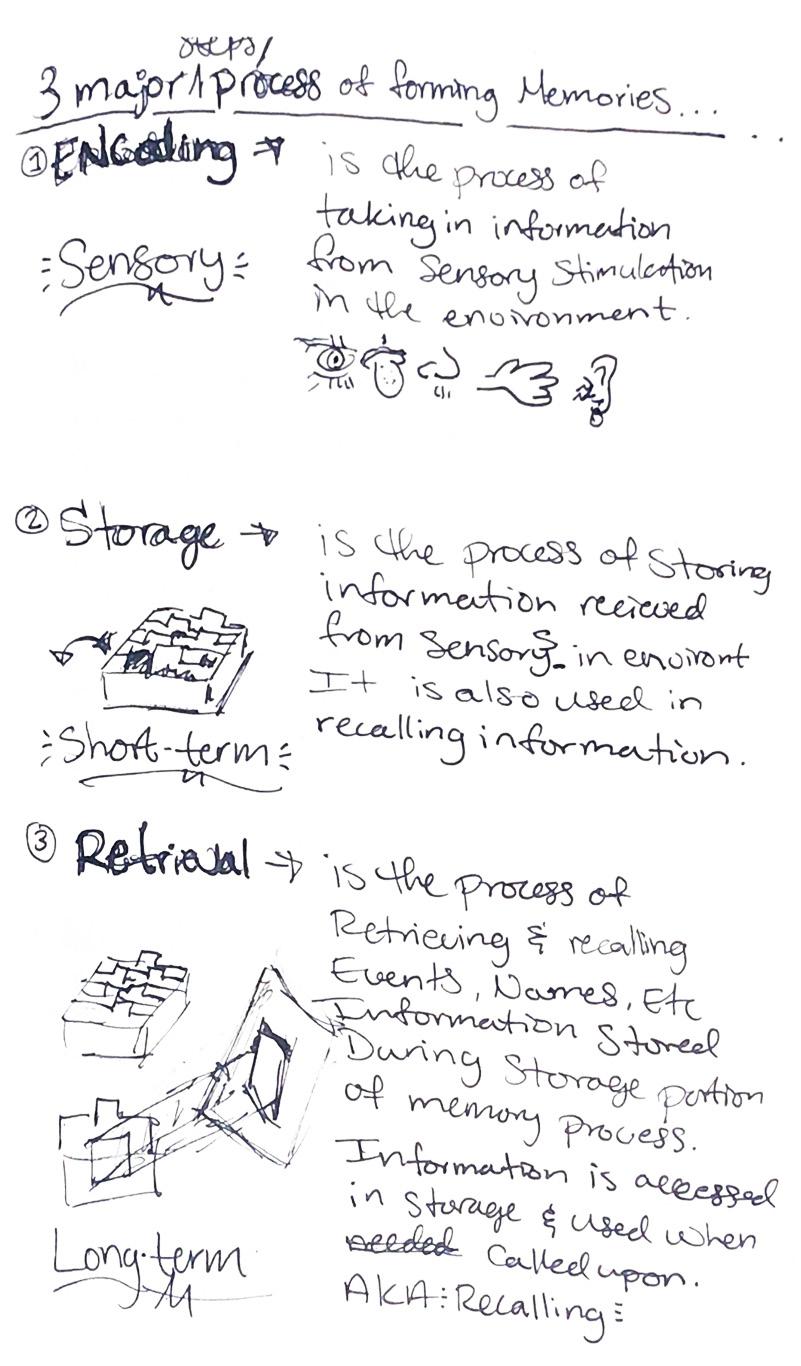
The Memory Edition 7
Visual Memory
Categorizing Memory
Memory is categorized into three different stages, Sensory, Short–Term, and Long–Term Memory. Sensory memory involves the human senses and cues from the individuals environment. Short–Term memory is typically what you are actively working on remembering at the moment, and Long–Term memory is memory that has been stored away and can be recalled to use, at any time, typically. Long–Term memory has multiple sub–types which utilize different regions of the brain to process, store and recall information from the surrounding environment or during focused tasks.
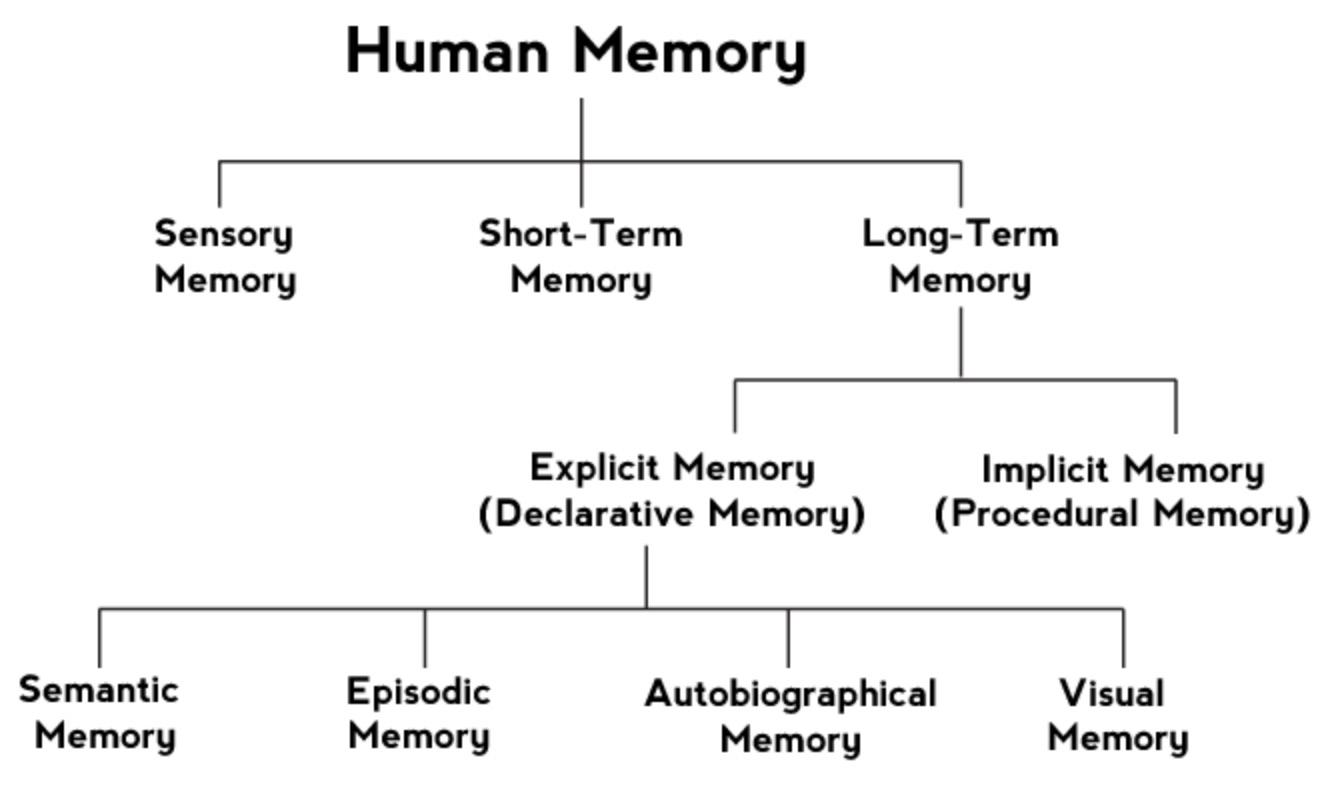
Long–Term memory utilizes both the conscious and unconscious mind. Implicit or procedural memory is done unconsciously, while explicit or declarative memory is consciously developed and worked at.
We use both implicit and explicit memory at the same time without noticing. When you remember to go to the dentist office or plan a vacation months in advance, you are using explicit memory. When you get into your car and start driving to that appointment or when you start riding your bike towards your destination, you are using implicit memory.
Throughout the 3 step process, your attention to sensory information and ability to form groups, categories, and other mnemonic (new•mon•ic) ways of memorizing
ADMIRARI — Categorizing Memories 8
information will affect how well you remember said information, however, we can only process and retain so much before the rest is forgotten.
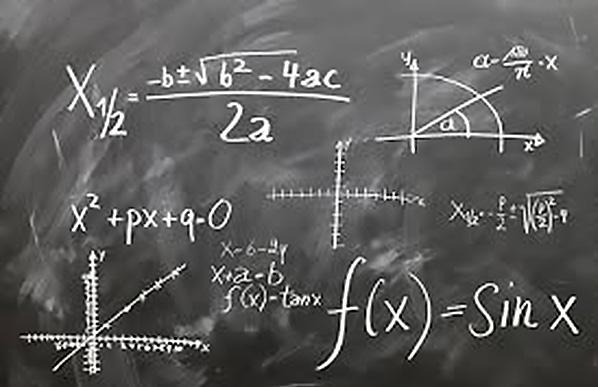
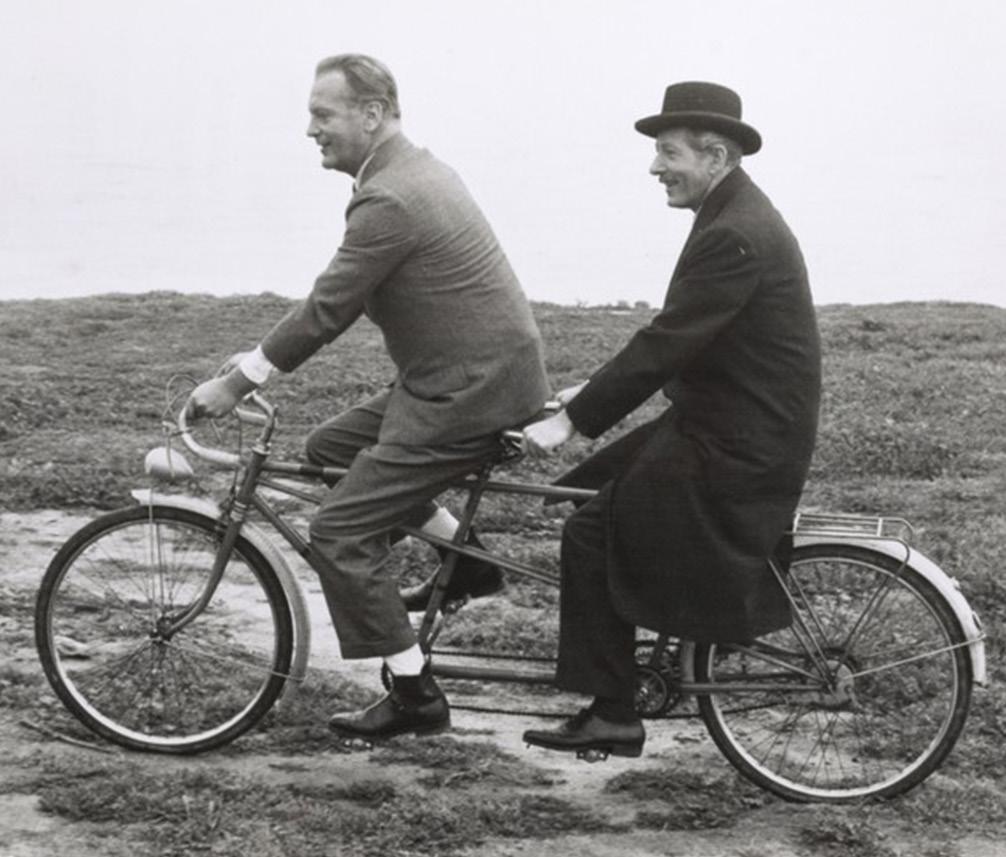
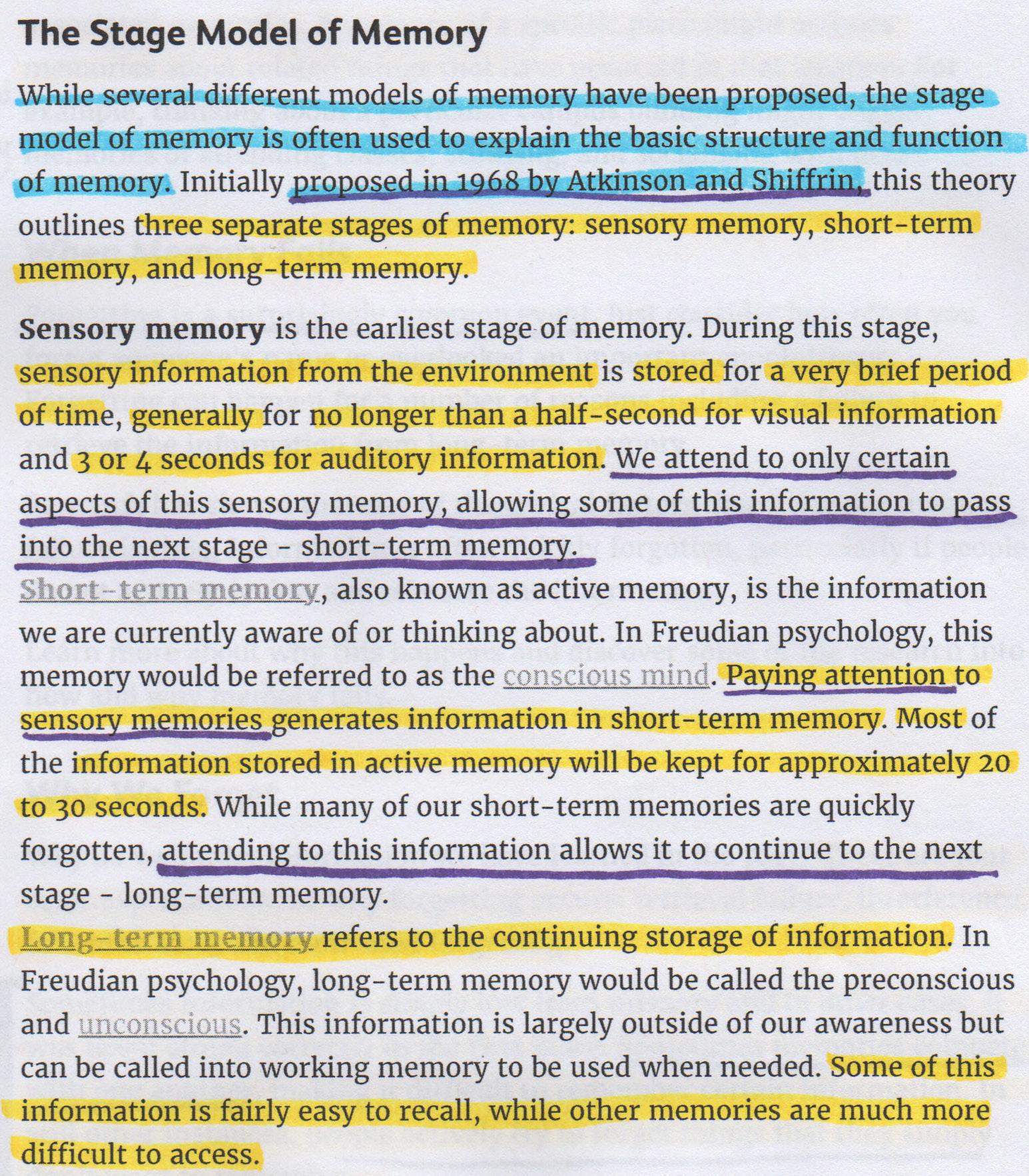
There are several instances where memory breaks down. It can be caused by cognitive diseases, blows to the head which damage regions of the brain, and just plain forgetfulness. When you forget something perhaps it was because the attention to details fell short. Maybe you were distracted by something else going on around you, or you got too busy
and pushed the thought out of your mind. Over time, as we form new memories, and do not continue to recall others, we loose or forget others as well. Our memory is only as strong as we use and practice it.
Did you ever take a language class in high school or college only to not remember how to speak it years after? Certain types of memories are harder to form and maintain, yet all memory takes work. But practice alone wont defend you against memory lose as you age. New technologies could potentially cure memory disease and as we approach this new age of technological advances, we need to be careful that we protect the data created from such technologies and to focus on our elderly who are most effected by memory lose.
The Memory Edition 9
:
Above : Implicit Memory Below
Explicit Memory
The Hippocampus

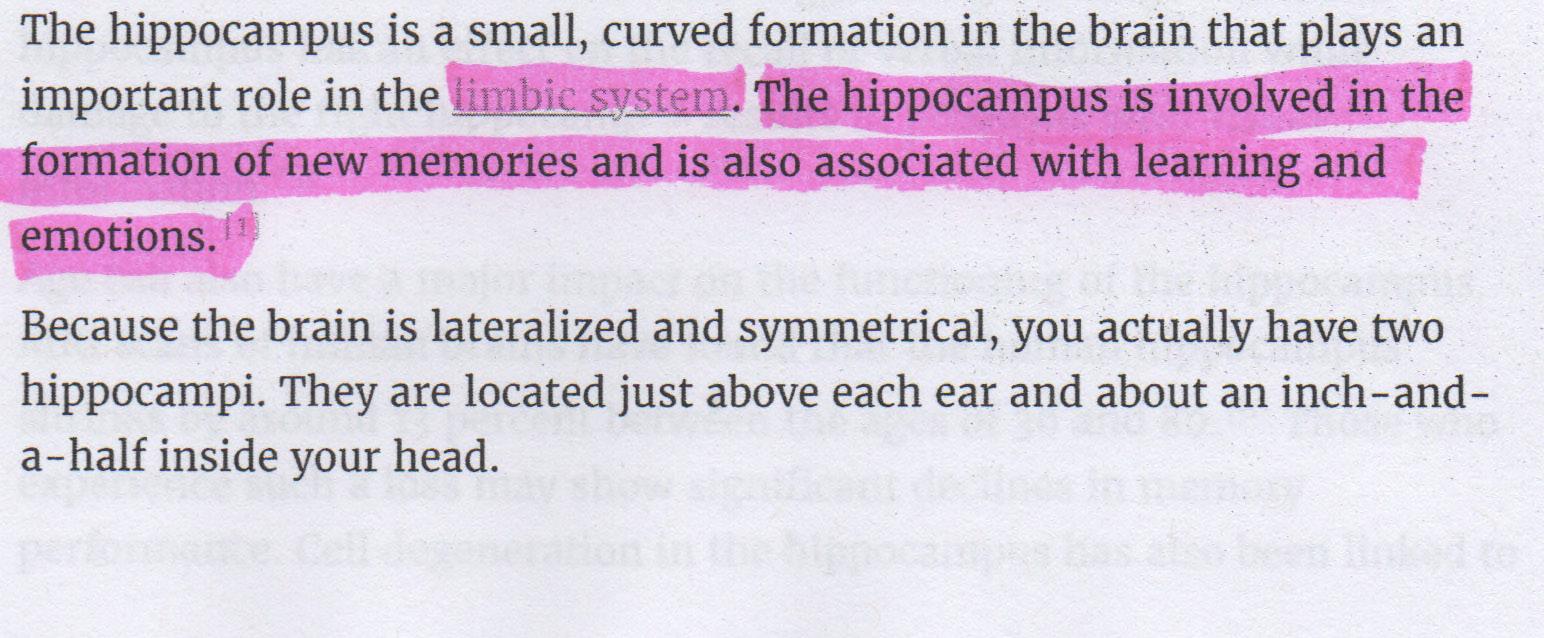
The hippocampus is the power house of memory, it helps process, encode, retrieve and store information gathered from all of the senses and stages. It interacts with different regions of the brain that are responsible for other cognitive thoughts, actions, and emotions, both consciously and unconsciously. It is two small almond shaped regions of the brain on either side of the spinal cortex.
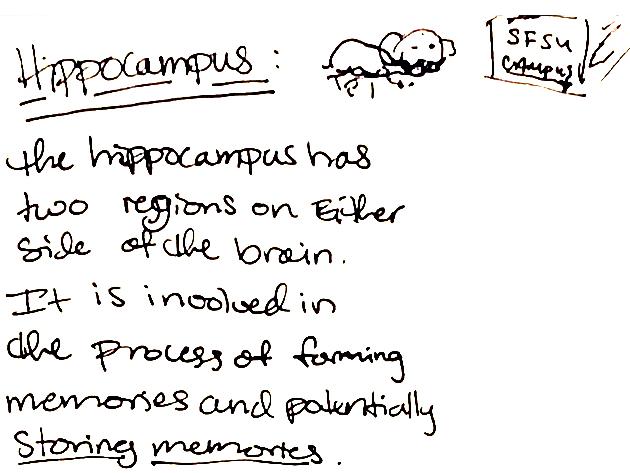
Without the Hippocampus, as demonstrated through Henry Molaison, people are not able to form memories. Because of this, scientists are interested in creating ways to stop cognitive brain diseases like Alzheimer’s and Dementia using a combination of advanced technology and pre–existing techniques.

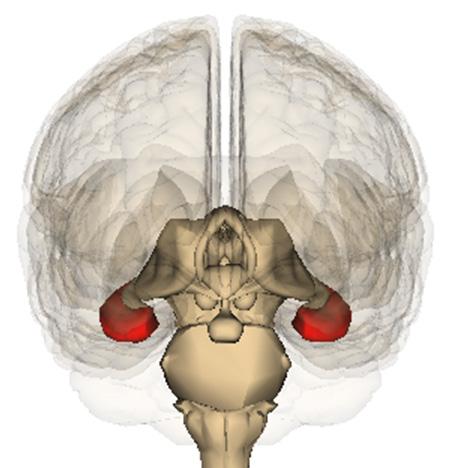
ADMIRARI — Categorizing Memory 10
Brain With Red Hippocampi {1} 3d Rendering
Damage to the Hippocampus

Damage to the hippocampus can come from cognitive diseases such as Alzheimer’s and Dementia, but it can also come from blunt force trauma, depression, other cognitive issues and our environment. Mental health is really important to our well–being and people’s living conditions play a big role in the condition of their mental health and access to care. If people don’t have access their lives become difficult. We take for
granted the amazing power of our memory and the different functions of each region of the brain.
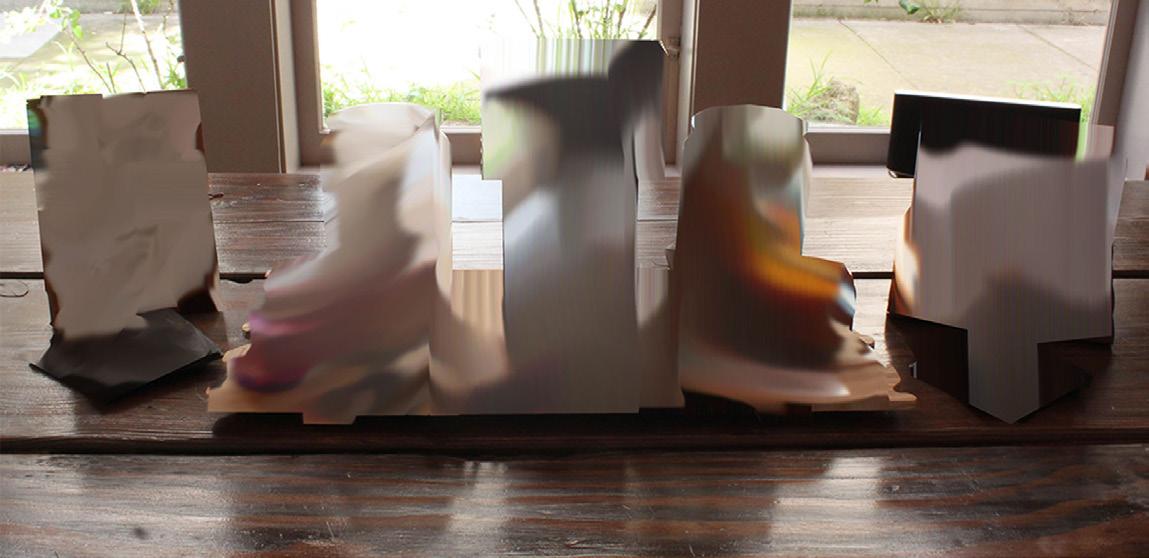
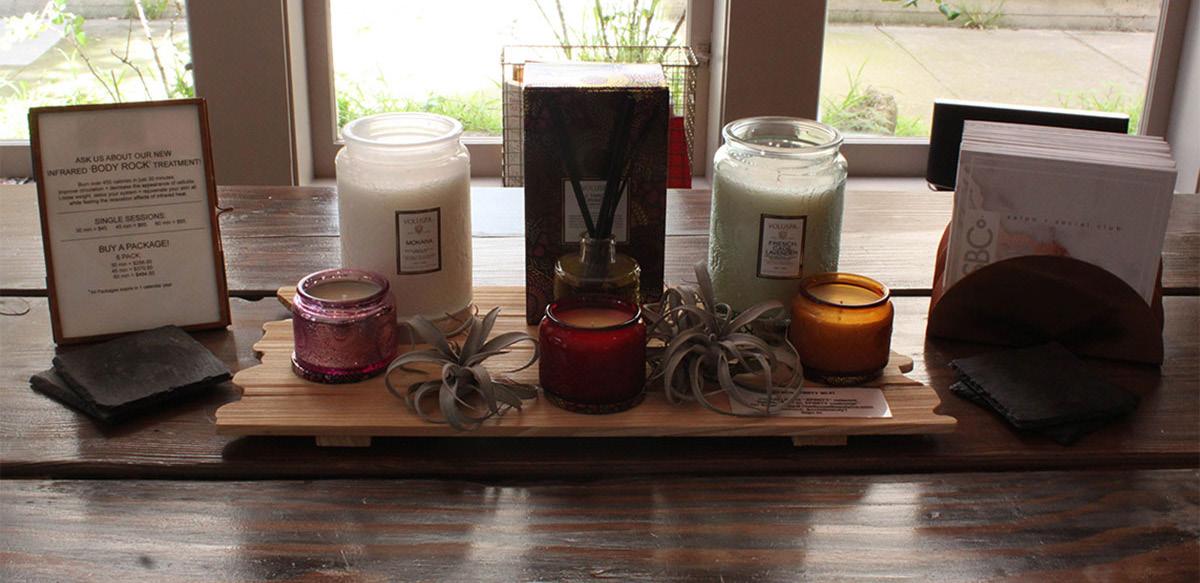
People who suffer from cognitive impairments to the hippocampus can have trouble executing explicit and implicit memories. Dementia patients can have a hard time recognizing everyday objects and have trouble remembering where they are or what day it is. As Henry Molaison would prove, the hippocampus is an extremely important region of the brain that without, a persons memory would be altered forever. With the discoveries made there, it would change science forever.

The Memory Edition 11
Above: Explicit Memory Damage | Names | Dates | Events
Hippocamus damage to visual memory | Top = Normal , Bottom = Impaired
Henry Molaison
Henry Molaison and The Hippocamous
In 1957, Henry Molaison underwent surgery to cure his epilepsy. William Beecher Scoville, a Neurosurgeon at Hartford Hospital, removed portions of his hippocampus, parahippocampa cortices which are involved in encoding and retrieval of information, parts of the entorhinal cortex which acts as the hub for memory navigation, and perception of time, some from his piriform cortices which affects the sense of smell, and amygdalae, two almond shaped regions of the brain, that have a major impact on the processing of memory, decision making, and emotional responses. The surgery, however, was partially successful and he lost the ability to form long–term or
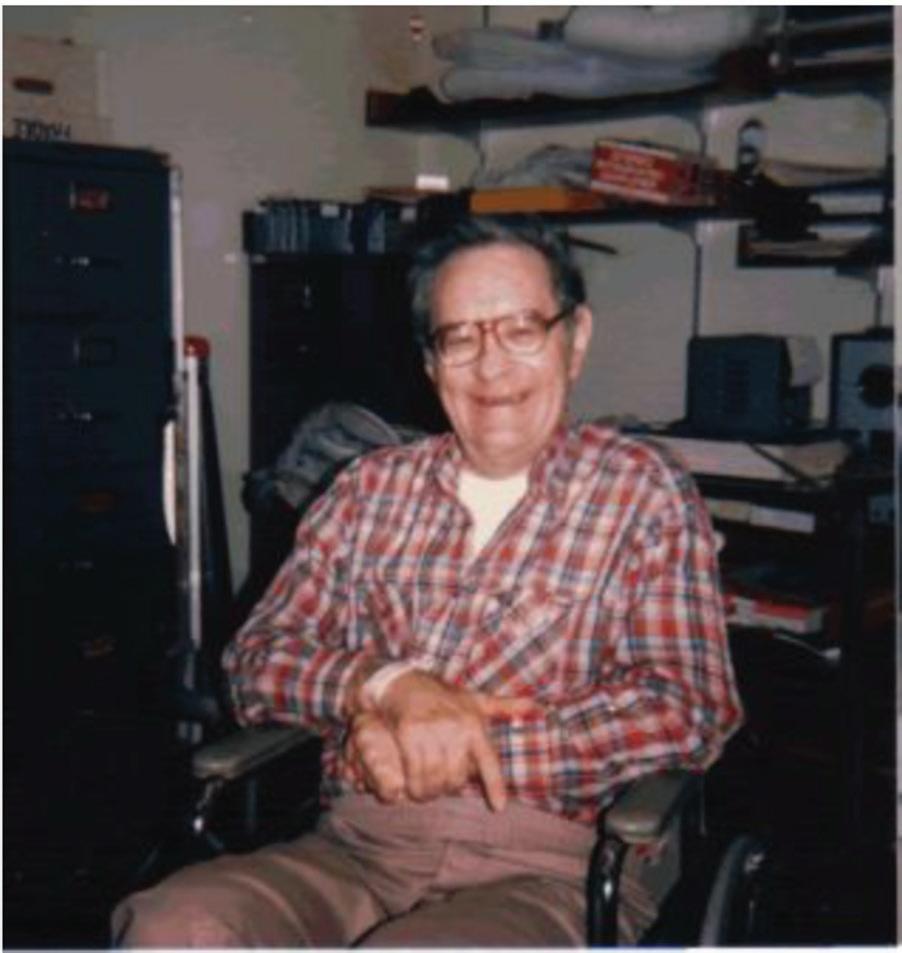
episodic memories, including the ability to form new memories.
Molaison was however, able to-do normal motor-skill driven tasks, he could even remember people’s names for a short amount of time, but after a short while, those memories would fade away.
Since his surgery, new research and theories have risen that without his contribution to science would not be possible. Henry Molaison paved the way for neuropsychology studies and if it were not for him, our understanding of the brain, its regions, and their inner connection to one another would not be a strong as it is today.
Neurophysiologist now understand that the hippocampus plays a huge role in the formation, processing, encoding, and retrieval stages of memory while interacting with other regions of the brain.
ADMIRARI — H.
and
12
M.
The Hippocampus
Cognition
Cognition is also known as the thinking process. It is how we gain knowledge and are able to comprehend things around us. we are able to problem solving, think, know, remember, and judge things. This process allows us to do “high–level” cognitive skills like forming perceptions, using our imagination, planning, and using language.
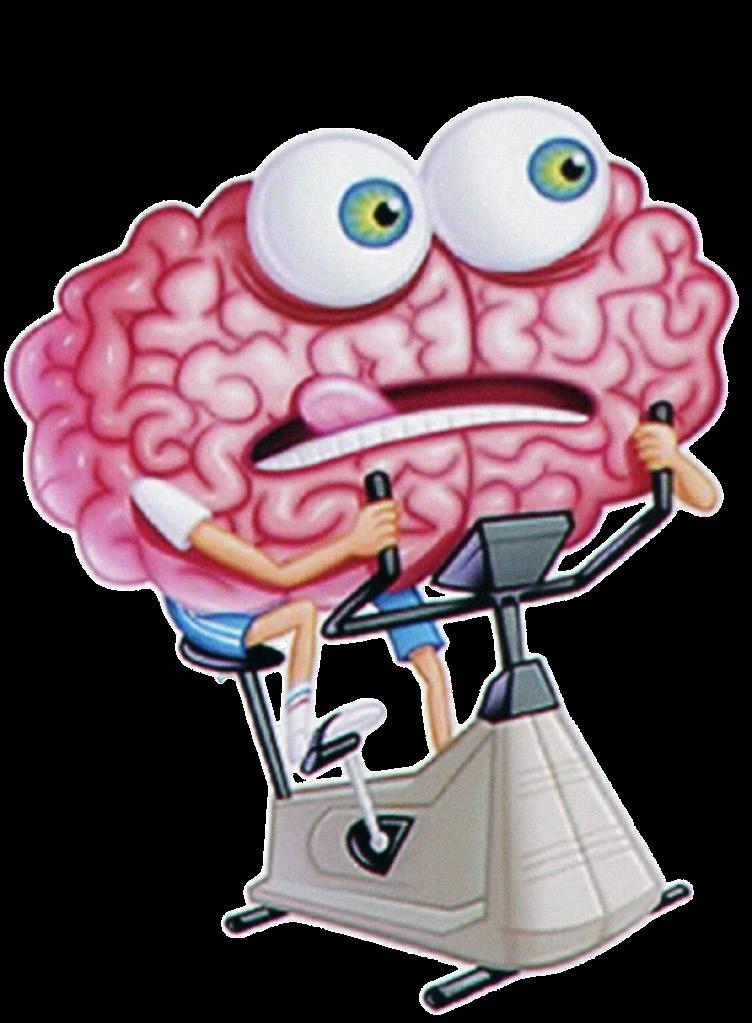
The memory system is amazing. As we take in information from our

surroundings, and experiences we form new memories. Our surroundings have a big impact on our memory because our senses are tied to them in an unconscious way that isn’t usually realized until we are reminded of something or someone.
Triggers often help people remember to do things. People use to tie a string to their finger to help them remember something important. Smells, sights, sounds, textures, and tastes can all trigger someone to remember past events, places, or people associated to that sense.
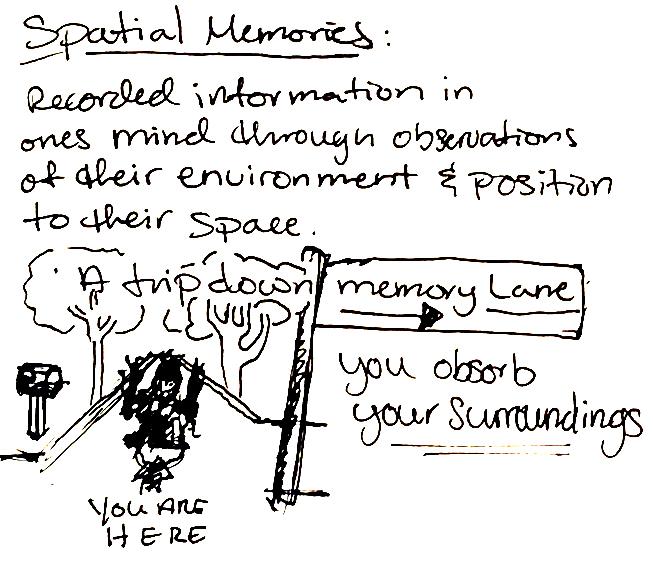
The Memory Edition 13
Spatial Memories
The idea for this series of maps was based on being reminded of my friends and family that passed away. As I would walk past or visit different places, meet new people, smell aromas, and see different things, I would be reminded of people.
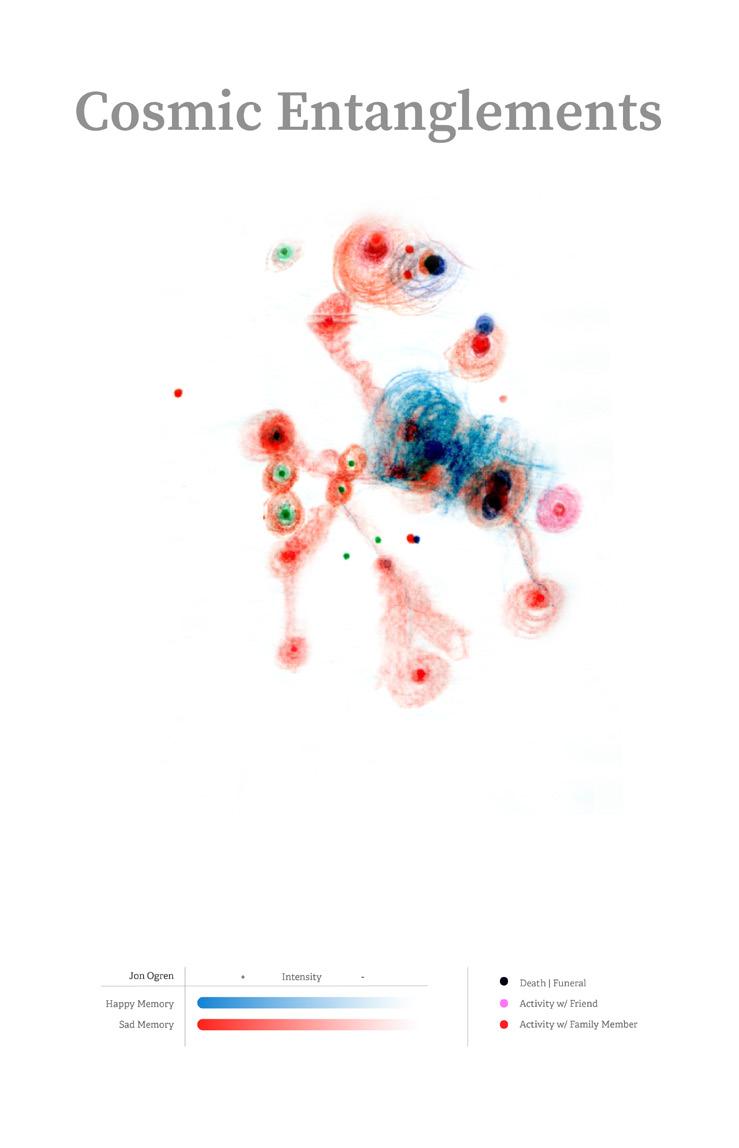
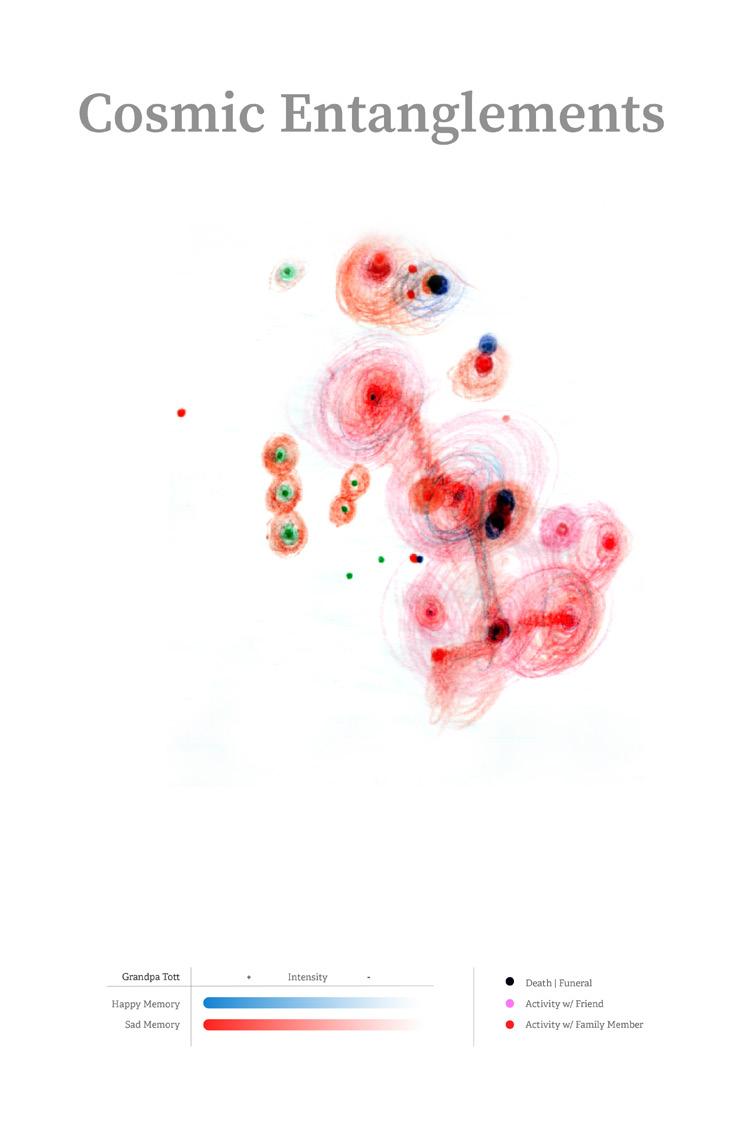
To create these posters, I started by printing out maps pertaining to locations of events and places that I remember being at with each person. Using tracing paper and colored pencils I created a color system for the range of emotions, then circled the areas I remembered experiencing those emotions to their locations on maps of each County, San Francisco and Hennepin.
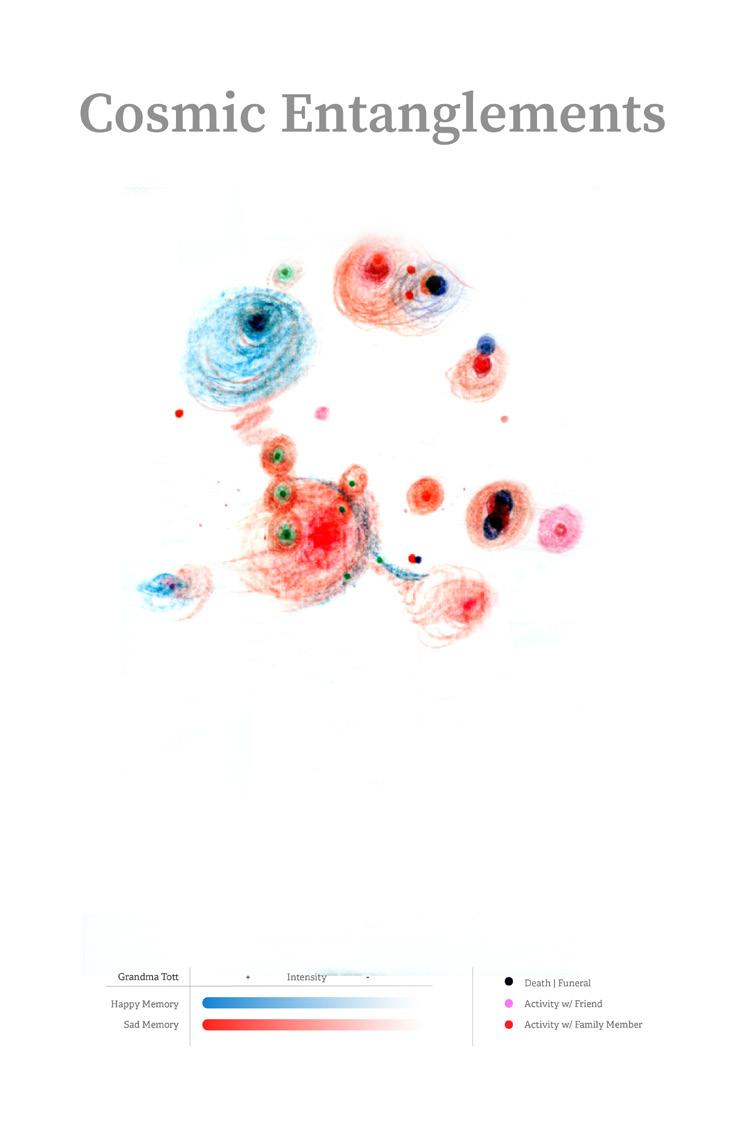
ADMIRARI — Spatial Memories 14
Cosmic Entanglements Colored Pencil + Digital Art
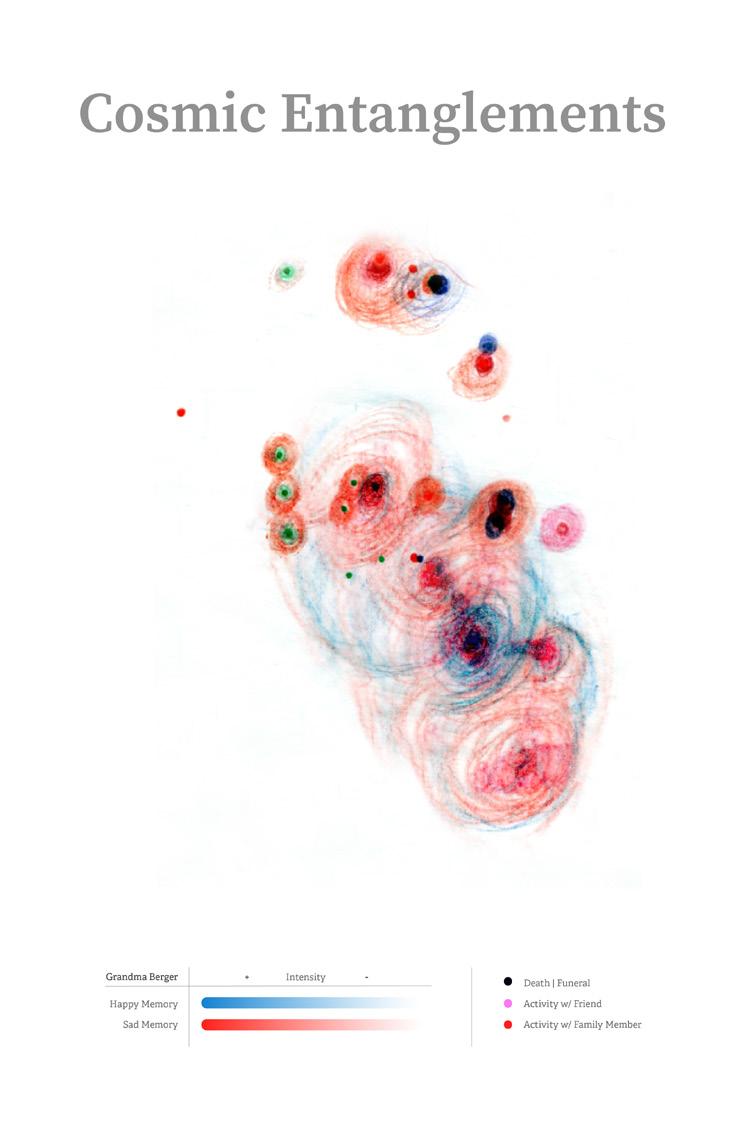
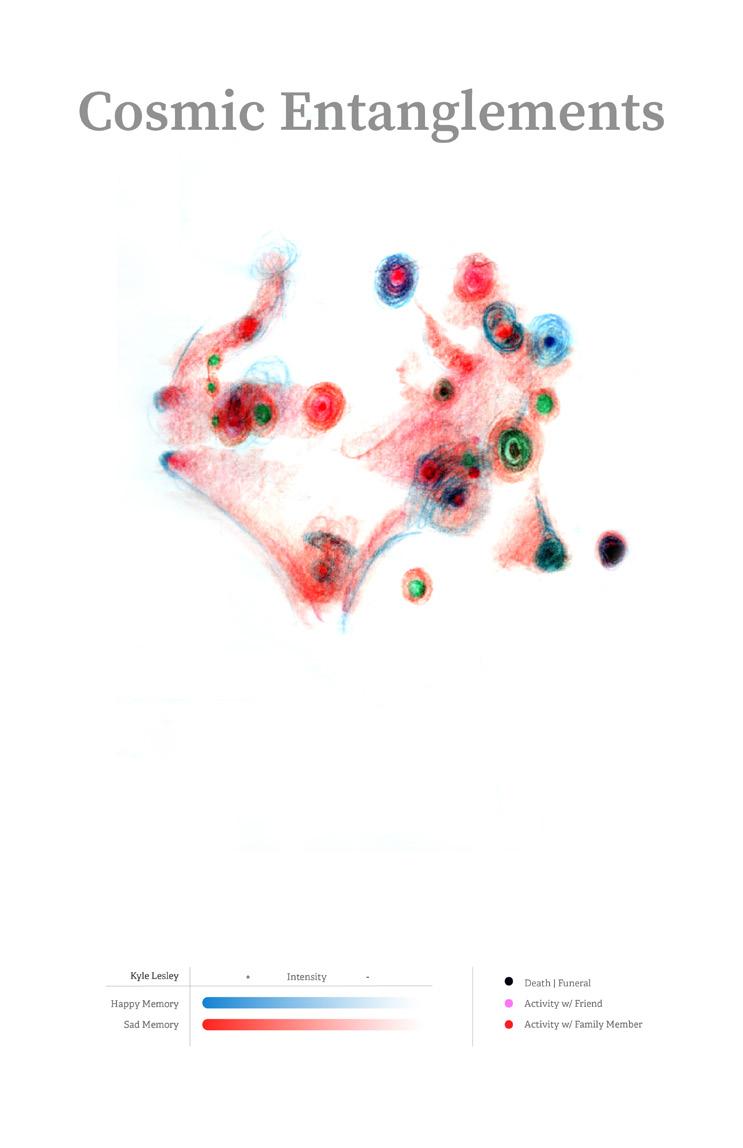
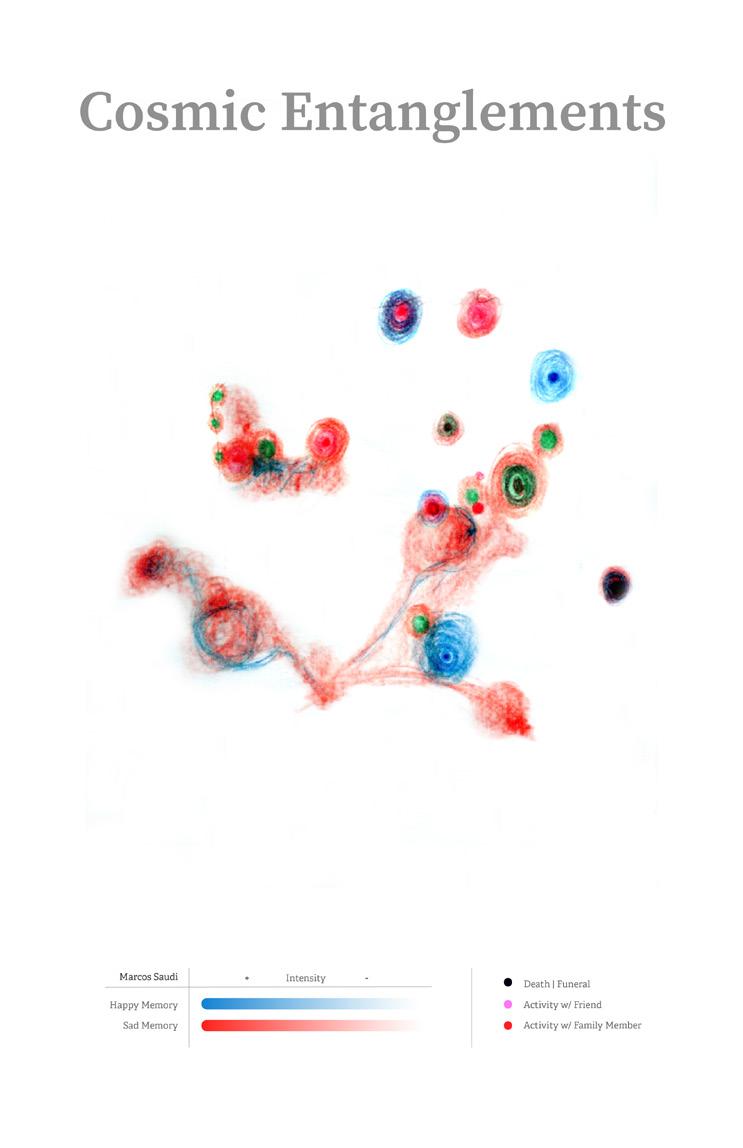
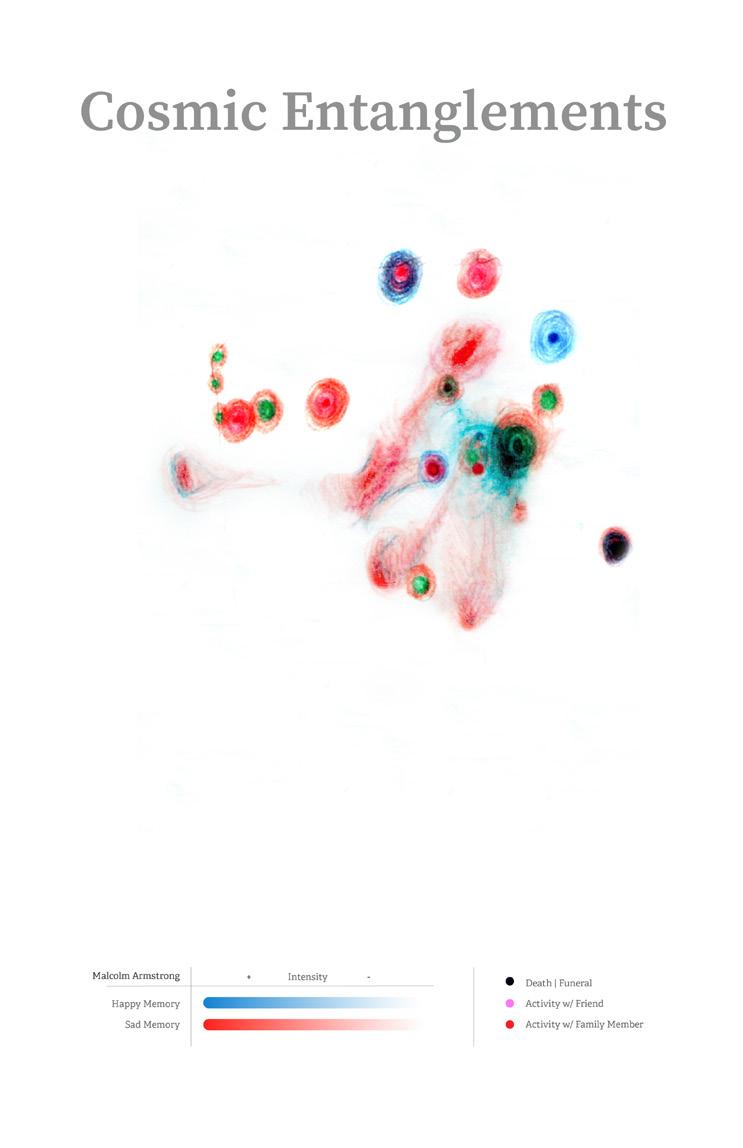
The Memory Edition 15
Sensory Memory
Sensory memory relies on cues from the environment, picked up by our senses. This information is then processed and turned into short-term memories. In this way, our memory and senses are tied to one another.
Sensory memory happens at different speeds for each type and is taken in both consciously and unconsciously. There is so much sensory information that there is no way to be able to consciously pick up on all of it.
With this considered, there are three types of Sensory memory, Iconic, Echoic. and Haptic. Haptic memory, which is based on touch; audio or echoic memory which is based on sound; and visual or iconic memory, Each play a huge role in the forming or forgetting information.


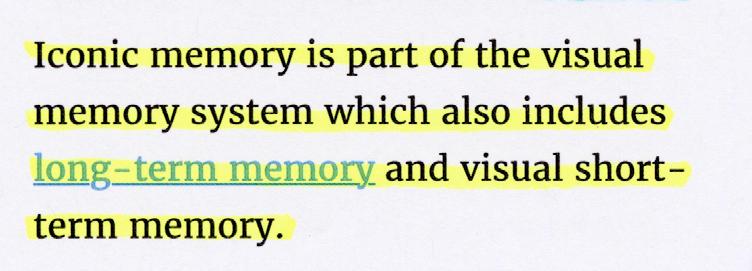
Iconic Memory
Iconic memory, a visual part of sensory memory, is very fast; lasting for a fraction of a second for visual information before those cues are processed or “encoded” into short–term and potentially long–term memories. Designers use this to their advantage when creating iconic images that can be quickly identified and recognized.
Iconic memory is also used in short–term and long–term memory which is why we can use it to recall certain memories based off
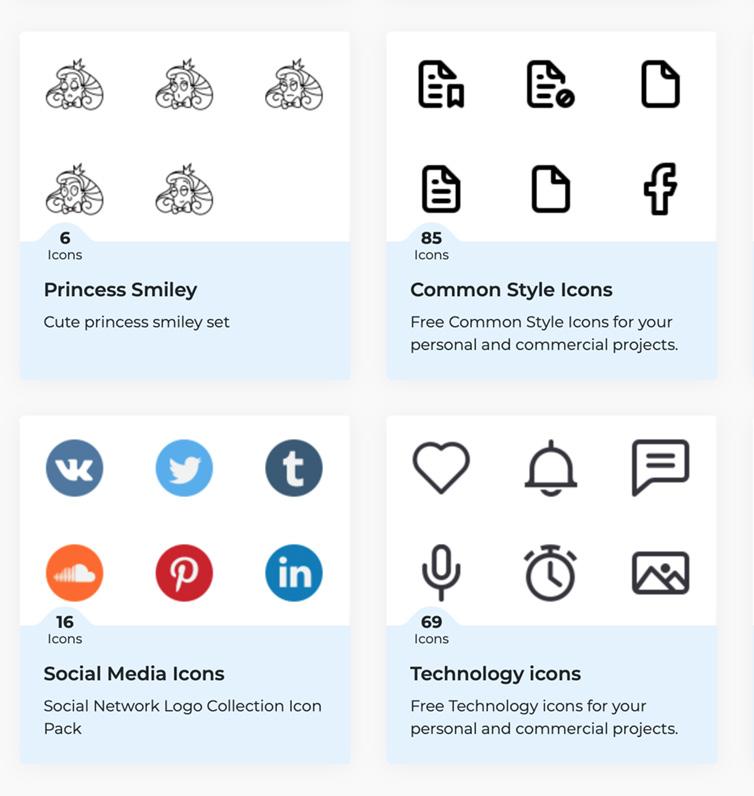
ADMIRARI — Sensory Memory 16
of visual cues or to describe what we have seen. As mentioned previously, UI and UX designers utilize elements of human memory when designing products and services for their users. We are cued by the visuals on screen and can navigate using symbols and icons.
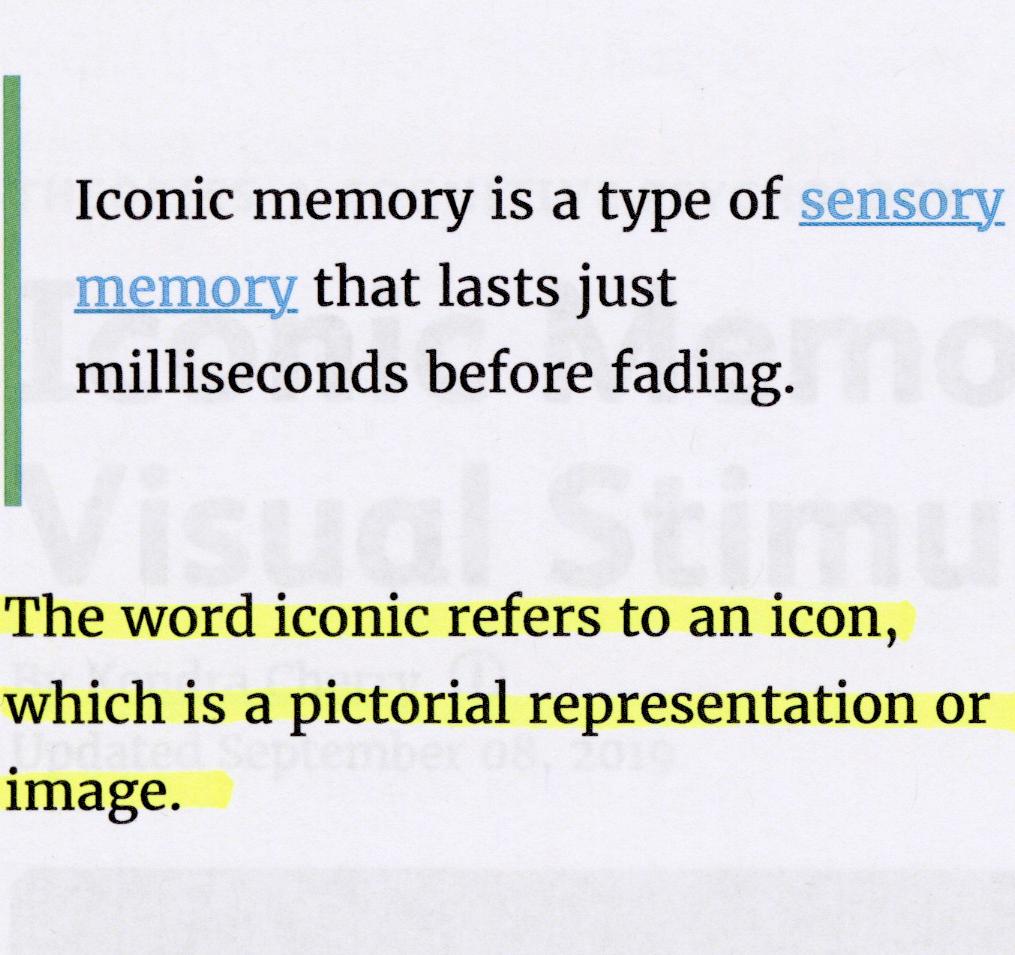
Use the 3-D glasses to view the image above. What do you think about the scene, where do you think this picture was taken? The lion is a symbol (or icon) of strength, power, and prowess. We know the building behind the lion is important because of the symbolic meaning of the lion.
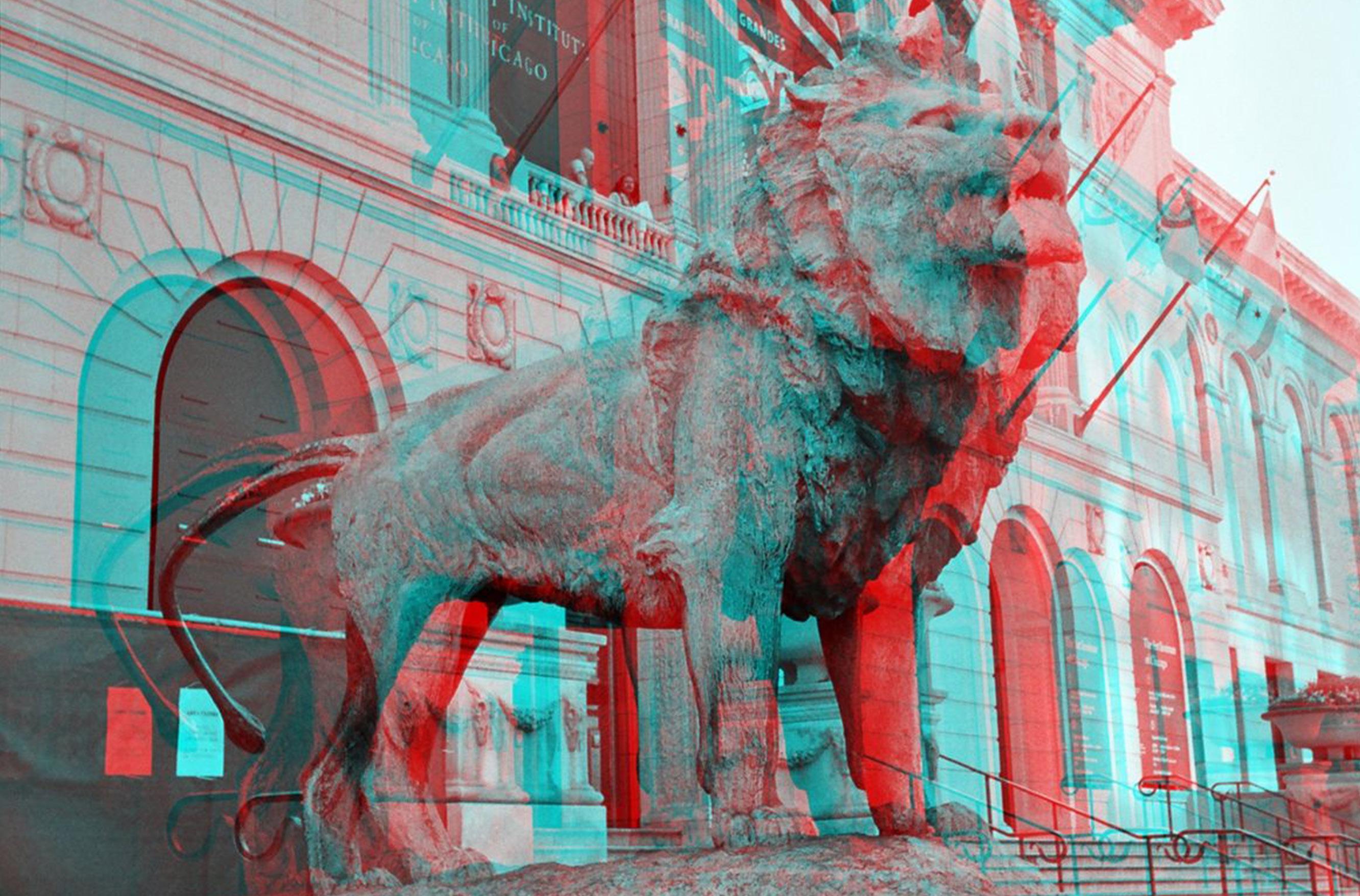
17
Change Blindness
Change Blindness refers to the inability to detect subtle differences between the changes to one scene. Try and spot the differences, how many where you able to see. Did you try all of the photographs? Perhaps you have seen or experienced this before, if you are from the Midwest and are between 45 and 30, I guarantee you have played Photo Hunt before. If by some chance, you have never seen or heard of this game before, the object is simple, observe both pictures and spot the differences.
The major difference between these games and the tests that were conducted for the study on iconic
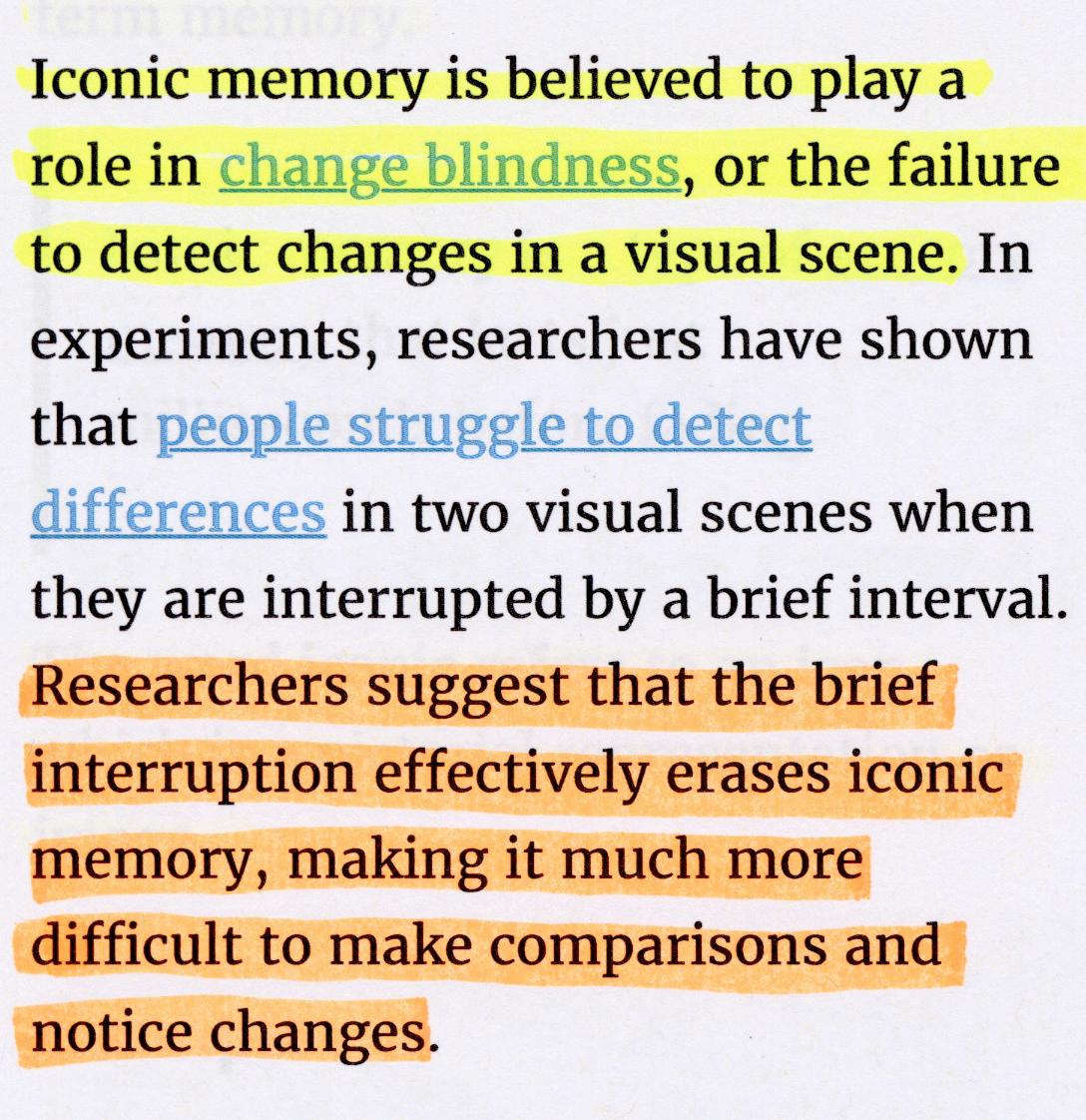
memory is that the patients were not able to see the last image and there was time spaced out between viewing each picture. If you have not done so, interact with the images on this page and find their differences. Then once you are finished, inspect the image on the next page, allow yourself five seconds to absorb as much visual information as possible. After that look away for five seconds. Once the five seconds are over, turn to the next page and look at the image on that page. Without going back to the previous page, spot the differences you see.
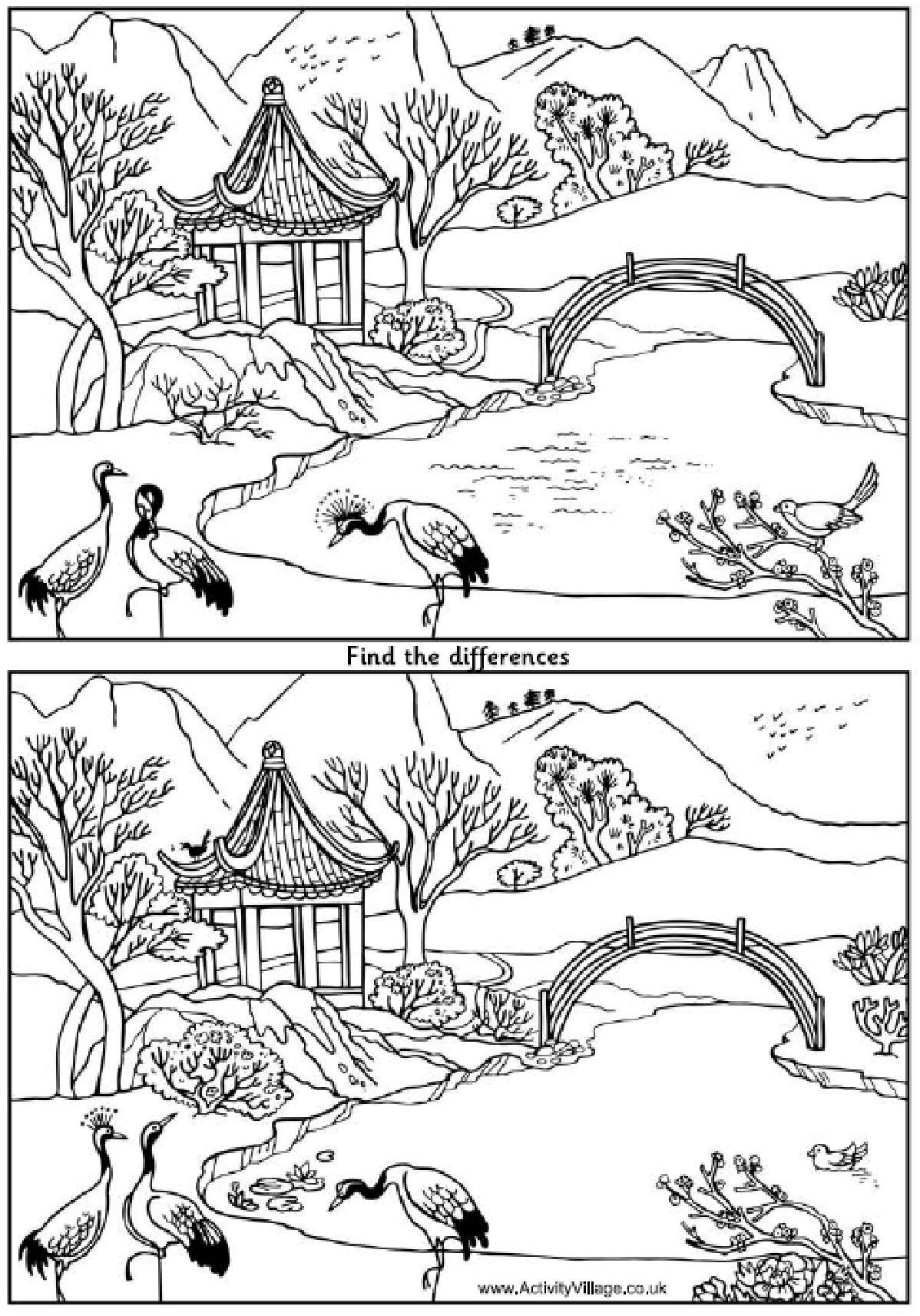
ADMIRAR I— Change Blindness 18
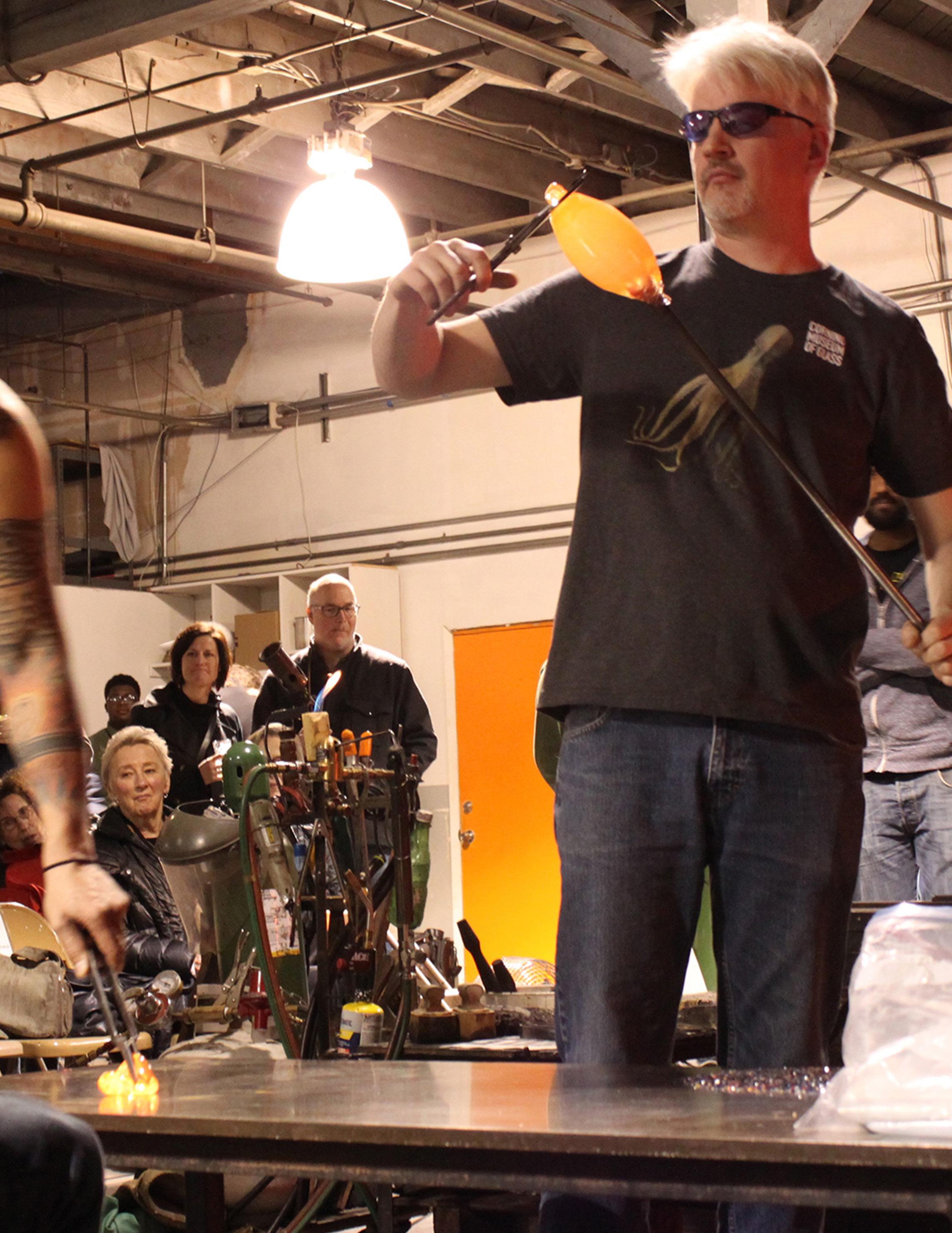
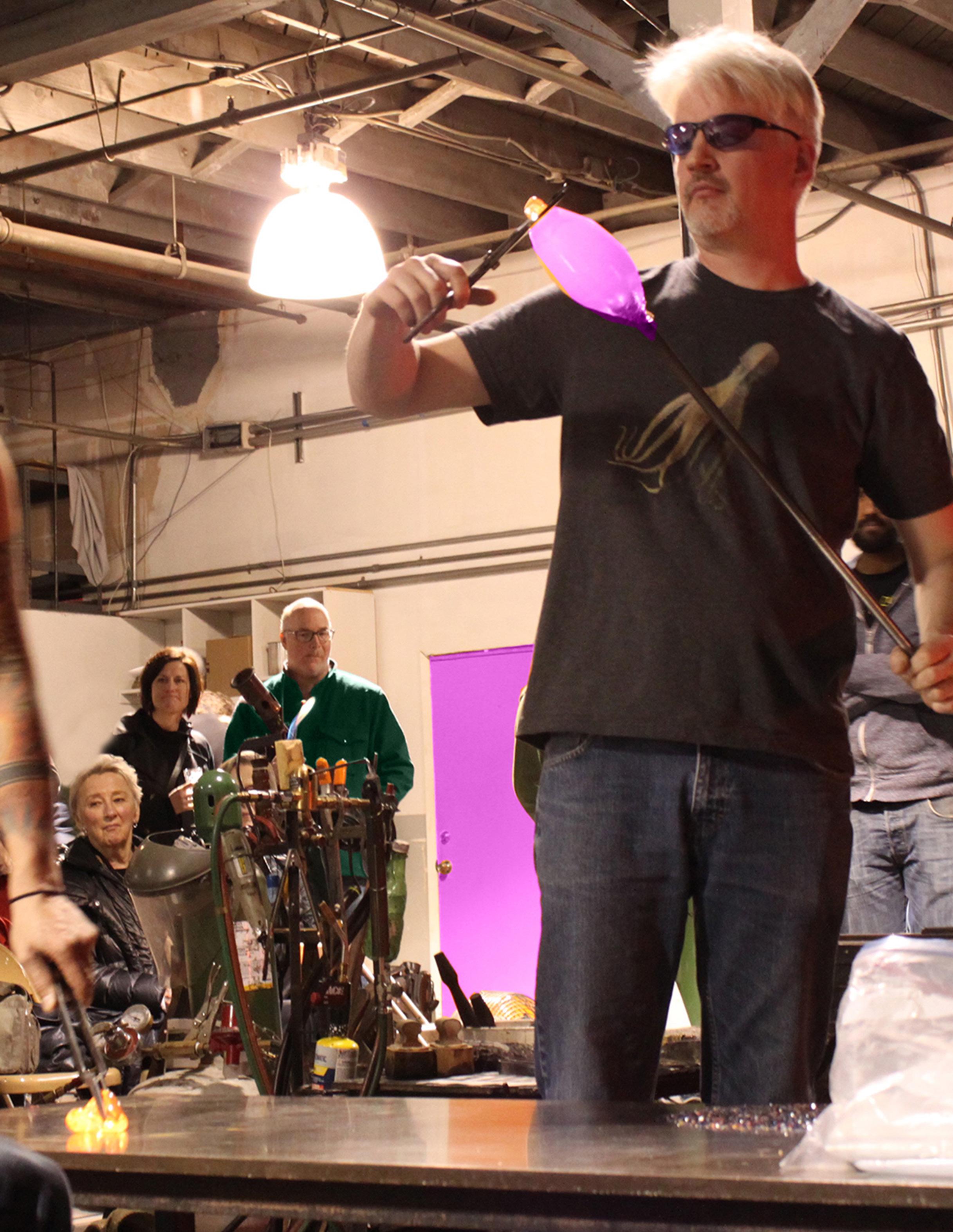
Document your observations on the lines below
Echoic/Auditory Memory
How many differences were you able to spot? Were they difficult or easy to spot? Did you notice the color of the glass and the door behind first? What about the logo on the main person’s T– shirt and the man’s jacket in the background, was it always green? Did someone disappear form the scene?
Echoic or Auditory memory is part of Sensory and Short–Term memory. Unlike visual sensory which can be scanned by the eye much faster and in repetition, auditory information can only be heard and if you miss what is being heard, you may not remember the information. Auditory memory lasts for an average of 4 seconds, which is longer then the visual type of sensory memory.
When listening to the radio, practicing music or listening to a lecture, echoic memory is at work. Like iconic memory, echoic memory operates in both the unconscious and conscious mind. We are constantly bombarded by auditory information from our surroundings. Musicians combine motor skill memory, popularly known as “muscle memory,” with auditory and haptic memory (touch based) to play music.
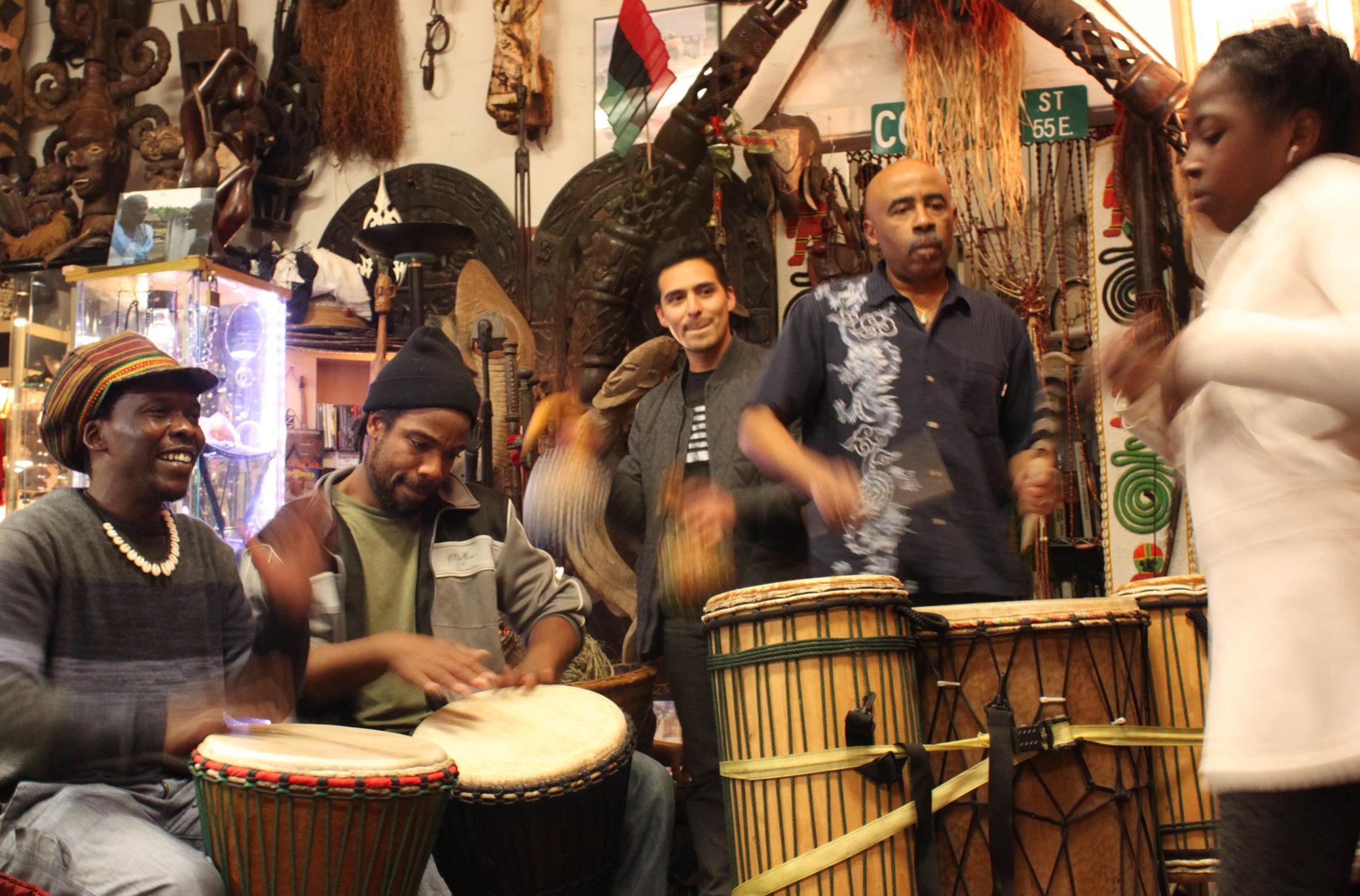
The Memory Edition 21
Haptic/Touch Based Memory
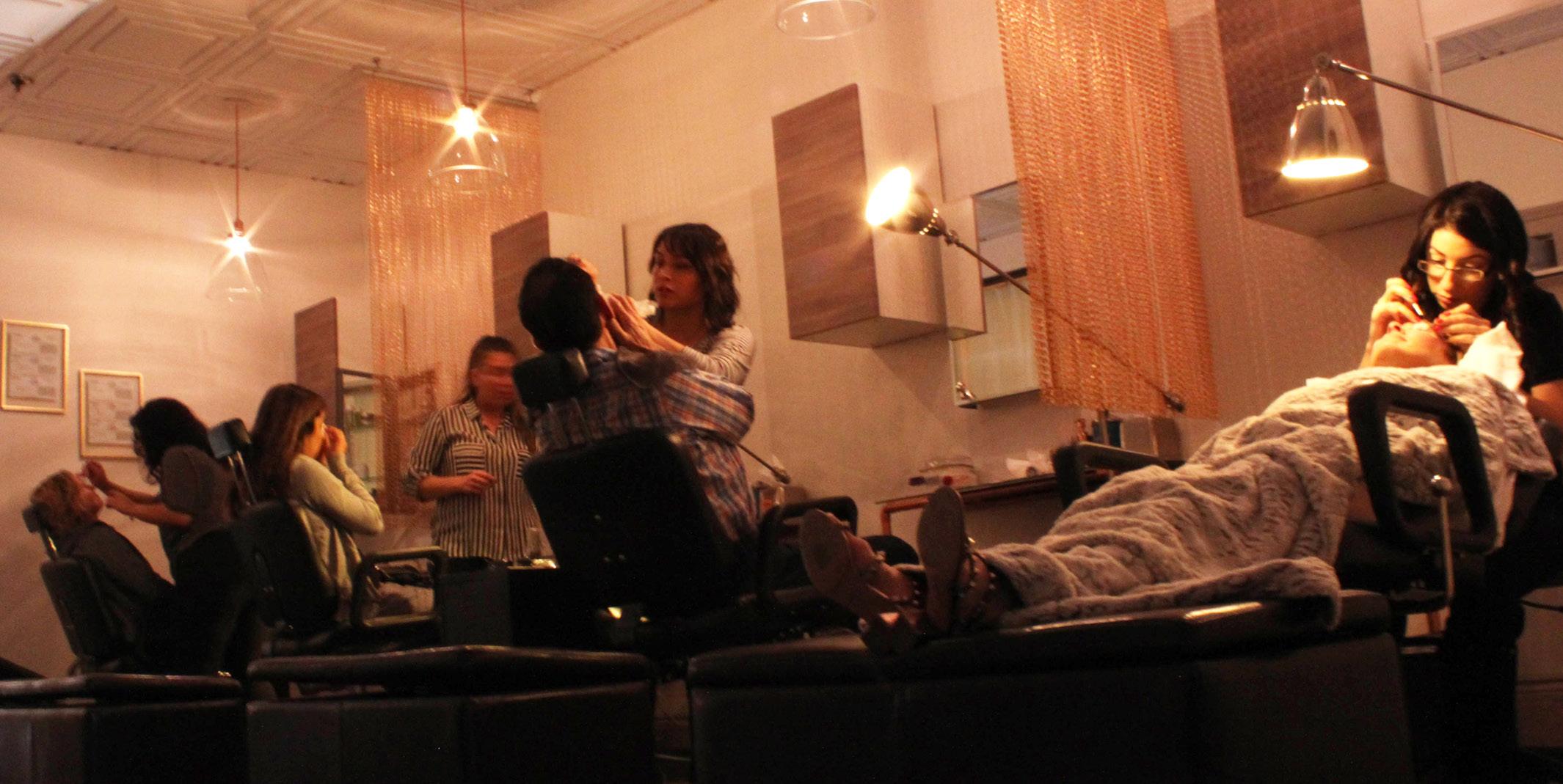
Haptic memory is based on touch and feel. We remember how certain things feel in our hands, how to hold to tools. how much pressure to apply, and the texture of objects. We use this memory everyday often subconsciously. This is in part how we know that something is hot based on the feel of the heat radiating off of it or discovering an abnormality on your body because you remember how specific parts of your body feel.
Haptic sensory and its impacts on our memory is a fairly new field of study for neuropsychology. Stroke survivors often lose the ability to perform certain motor functions. The inability to perform is related to damaged regions of the brain that were effected by the stroke. New studies using VR and a haptic approach at rehabilitation are looking to improve the
conditions, and lowering the cost of stroke rehabilitation. Technology has the potential to help humans better understand memory and how it works.
We need to find solutions to these problems because memory loss effects everyone as we age and the costs associated with care and rehabilitation are high. They involve not only monetary cost but physical and emotional costs on you and your loved ones.
ADMIRARI — Sensory Memory 22
Short–Term Memory


Short–term memory is also known as active memory because it consists of things that we are actively working to remember or thinking about. We use this type of memory when we are introduced to someone and remember their name, then recall it and use it seconds, minutes, or days later.
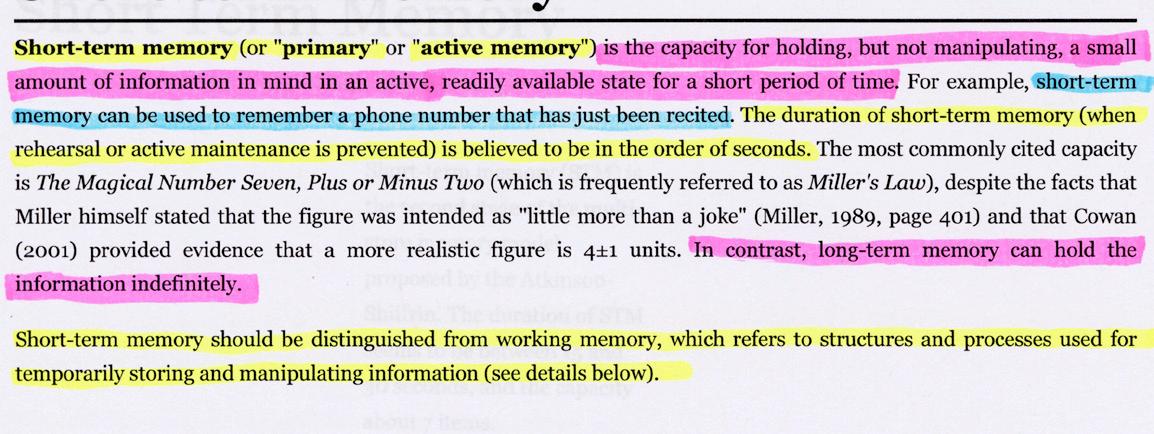
It is said that humans can only hold or think about seven facts or pieces of information at any given time. Short–term memory has a very limited duration, and can be highly affected by the surrounding

environment. Distractions make it hard to form memories as the brain does not focus directly on the thing needed to remember but picks up on the distraction and focusses some or all of its attention there. Short term memory only lasts for a few seconds. People who have stronger short–term memory often practices rehearsal skills and other mnemonic tricks to help increase retention. Grouping and categorizing can help increase the effectiveness of short–term memory and can help you remember things better.
On the next page, there will be examples of different types of mnemonics and grouping techniques as well as other suggestions for how to try and improve your short-term memory. Some of these are old solutions, and some a relatively new. Try some and see how they work for you.
The Memory Edition 23
PAST DUE!! Pay Now
Mnemonics, Clustering, and Methods of Remembering
Mnemonics or mnemonic devices, are anything you use to help aid in the encoding and retrieval of memory. They typically utilize repetition and classification to help encode the information. Repetition has been known to help strengthen memory, at least in a short term sense.
Lets try a couple different exercises right now. We will use the photograph of the all the different paintings above. The method is known as clustering. To start, Spend 25 seconds scanning the images. As you scan the images think about what you are seeing, and start placing them into categories of like images or scenes. For example, landscape orientation, portrait orientation, still–life, landscape, etc. How many different categories can you come up with?
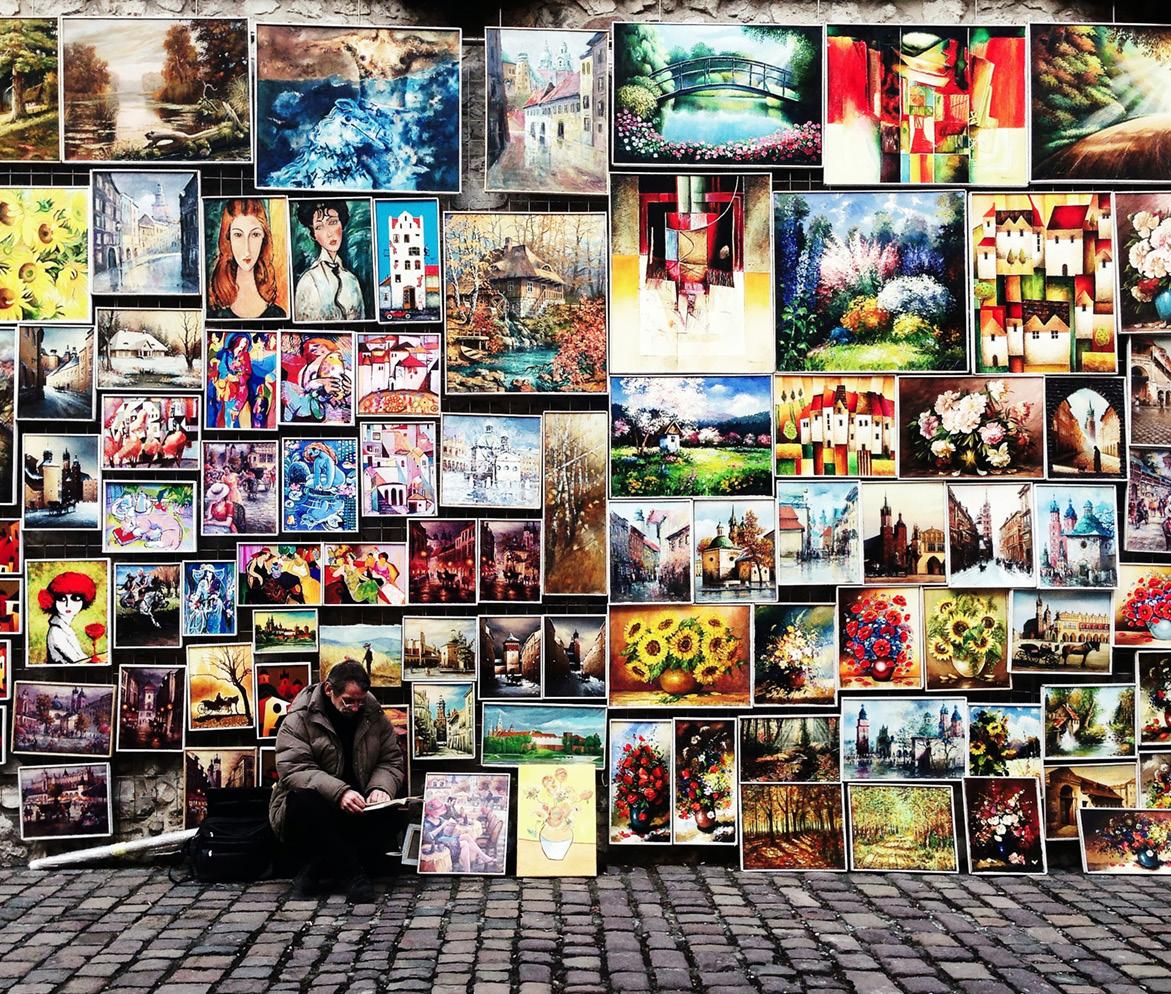
Now that you have your separate categories, lets try to memorize them. We can repeat the list multiple times, or we can create an acronym or sentence out of the first letters of each category.
Using the prior list made, lets explore what this would look like. LO for landscape orientation, P for portrait, S for still–life, and L for landscape. LOPSL is the acronym created from our list. The letters together, sound like LOP SeL, which can sound like lopsided can be related back to the paintings and their categories. By using
ADMIRARI— Short–Term Memory 24
Document your observations on the lines below
this method, you are forming connections can help trigger memory based on cues and category. This is also known as priming.
she uses goes further into developing a story or narrative for navigating through the photograph, picking up on all the different elements along the way. She explains that she pictured herself tapping on the win-

Someone familiar with mnemonic techniques is Yanjaa Wintersoul, she is a Memory Champion and has a youtube channel you could follow. She has more interesting ways to improve your memory on that channel as well,
In one of her youtube videos “Improve your memory in 4 minutes with Yanjaa,” she explains her process for memorizing elements of a photograph. She uses an Ikea catalog spread for the photograph. Then she gives you ten seconds to memorize different elements of the scene. Most people only remember a few elements.
Yanjaa then explains here process for remembering all the elements of the photograph. The process
dows, seeing the plants and the books, the moving to the next window and seeing the two guys inside, she makes her way to the door and enters the party, she then walks forward and sees the Polaroid camera, takes a picture and places it on the wall. By creating a story she is giving herself something stronger to remember and actions to associate to those memories even though they never happened.
Its important to remember that all memory takes work and even by practicing these techniques, you may not remember everything. Our brains are amazing, but relying too much on our memory can be a bad thing. Our memories are moldable, easily persuaded, forgetful and unreliable at times.

The Memory Edition 25

Long–Term Memory
Long–term memory is the collection of stored memories that make up our general knowledge of the world around us, facts about the world and about ourselves, our personal histories, as well as who we are and who we want to become.

Long-term memory uses both the conscious and unconsious mind to
process and recollect information to be declared or used later–on as a skill or ability. These are known as Implicit or Procedural (unconscious) and Explicit or Declarative (conscious) memory types.
There are three main branches of the declarative memory type. They are semantic, episodic, and autobiographic. We rely on our long–term memory for mutiple reasons and tasks. If we were not able to form long–term memories we would not be able to do the things we take for granted everyday.

Long–Term: Procedural/Implicit Memory
Implicit memory is unconscious memory, and often referred to as motor–skill or muscle–memory. This type of memory is part of Long–Term memory. Activities associated with this type of memory include riding a bike, driving a car, brushing your teeth, walking, habits, and behaviors. This type of memory happens without much thought. The habits and skills are typically learned behaviors or skills and differs from procedural memory.
Procedural memory is the memory that gets you home when you are walking, riding, a bike, skateboard or roller blades, or driving a car. Musicians have great procedural memory skills as they use generally use both hands, and feet to produce sounds.
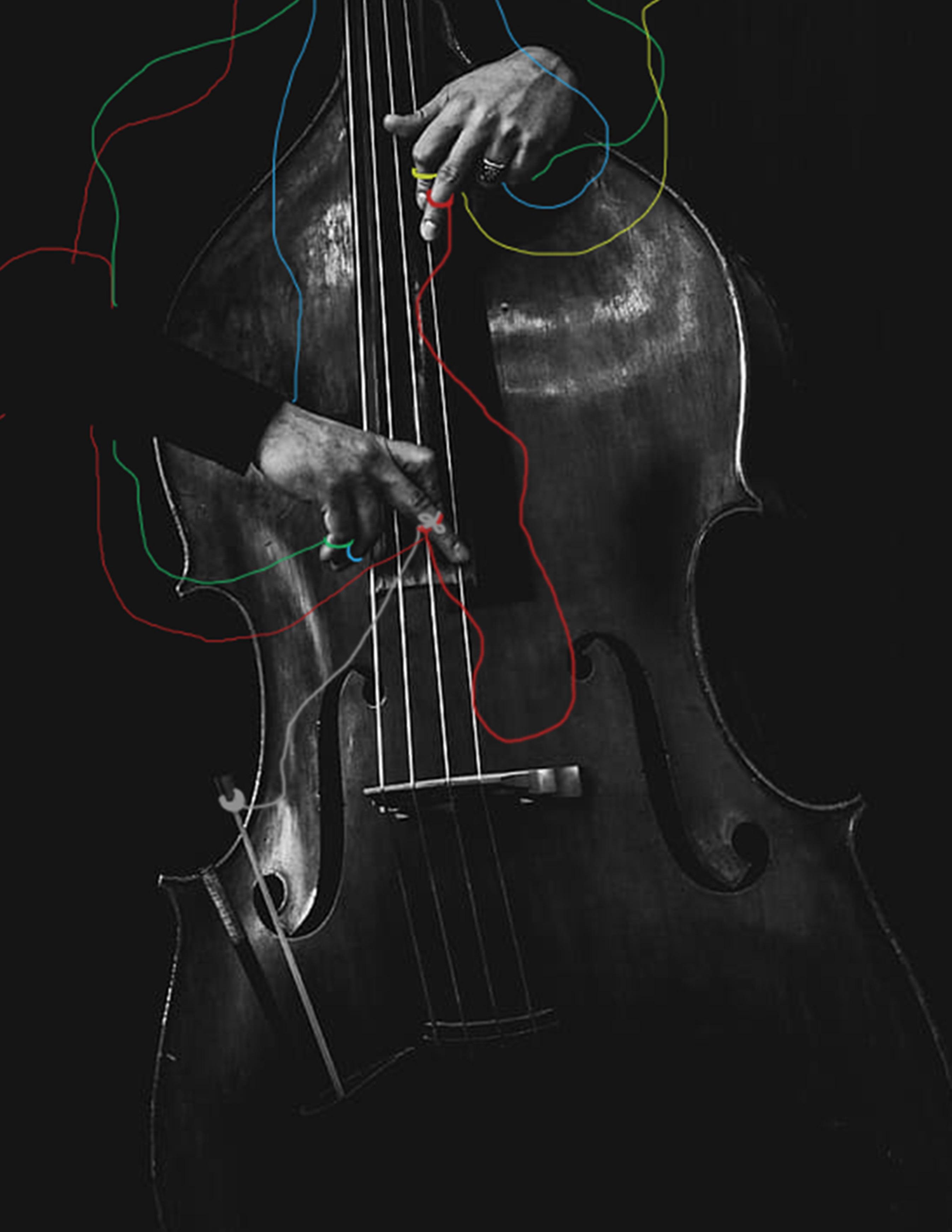
Implicit memory helps you learn and build skills needed to do every–day tasks. We learn new tasks
from the time we are born ‘till old age and cognitive degenerative diseases come for our memory.
Implicit memory is different then Explicit memory. They are both part of the Long–Term Memory group however, implicit memory is done unconsciously or with little effort while explicit memory happens consciously. Procedural memory can be thought of as the doing things where declarative memory can be thought of as knowing the facts.
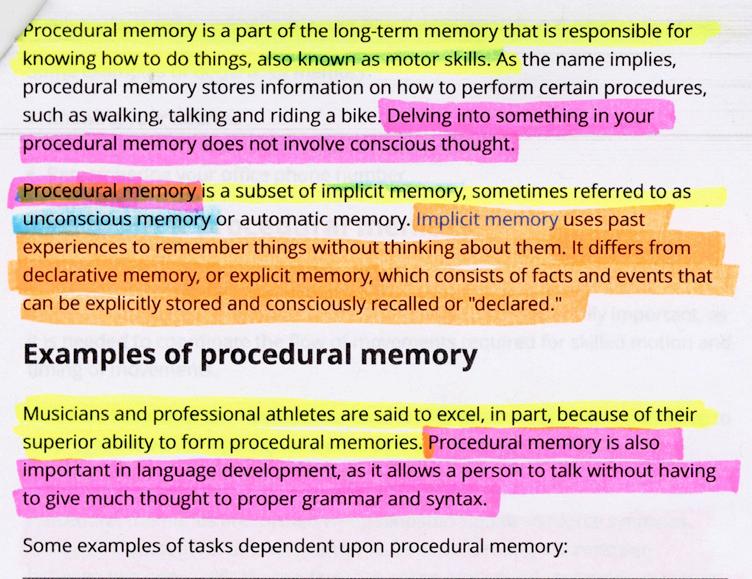
28
Long–Term: Declarative/Explicit Memory
Declarative memory uses fact based information to form memories. Explicit memory is the conscious form of long–term memory and develops through the repetition of information in short–term that is stored and recalled later. Knowing your name and being able to recall it to others is a way in which we use explicit memory.
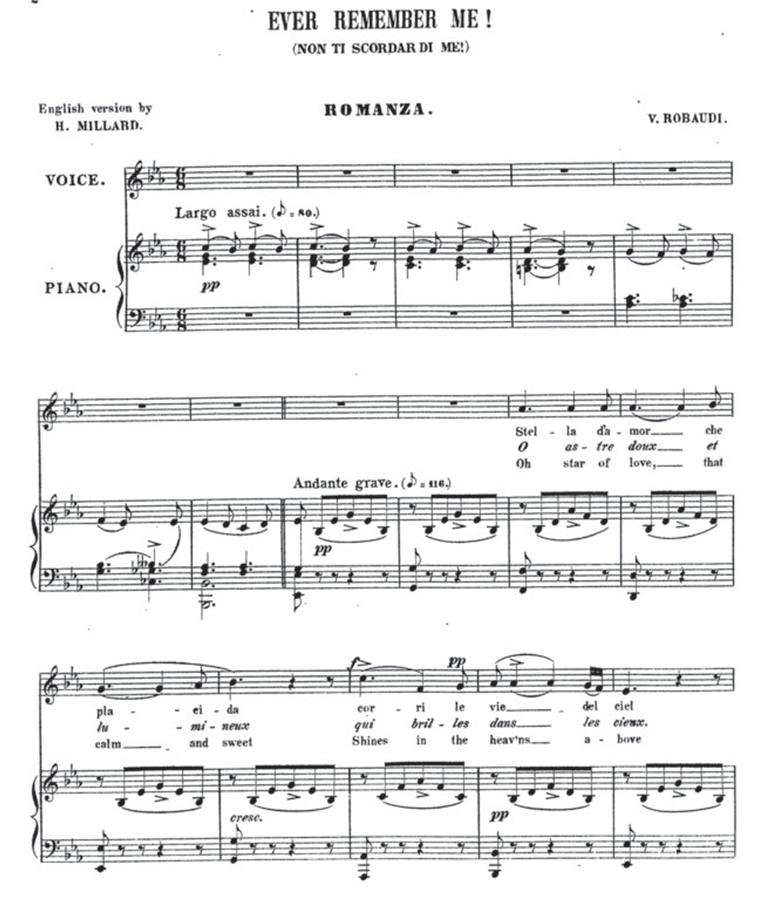
Explicit memory has two sub categories of memory, they are known as episodic, and semantic, memories.
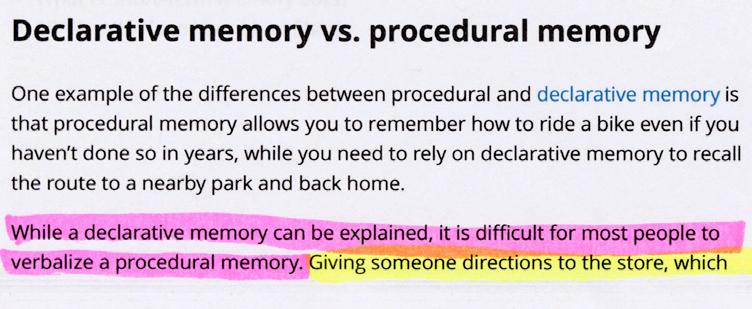
Explicit memory is said to be associated to the develop our character. As we grow up and learn from our past experiences and environments, those interactions change and shape who we are.
There are many different regions of the brain at work when creating and recalling memories. Neuroscience has been making great strides in understanding the different processes of the different regions responsible and associated with patterns, habits, emotions, senses, and memory however, they are still uncertain about the entire processes. Most Neuroscientists remain hopeful that science will be able to fully understand all the different regions of the brain and their neural connections within the next twenty–years.
The Memory Edition
Semantic Memory

experiences. The responses from a survey, shown above, illustrate the recital of this information.
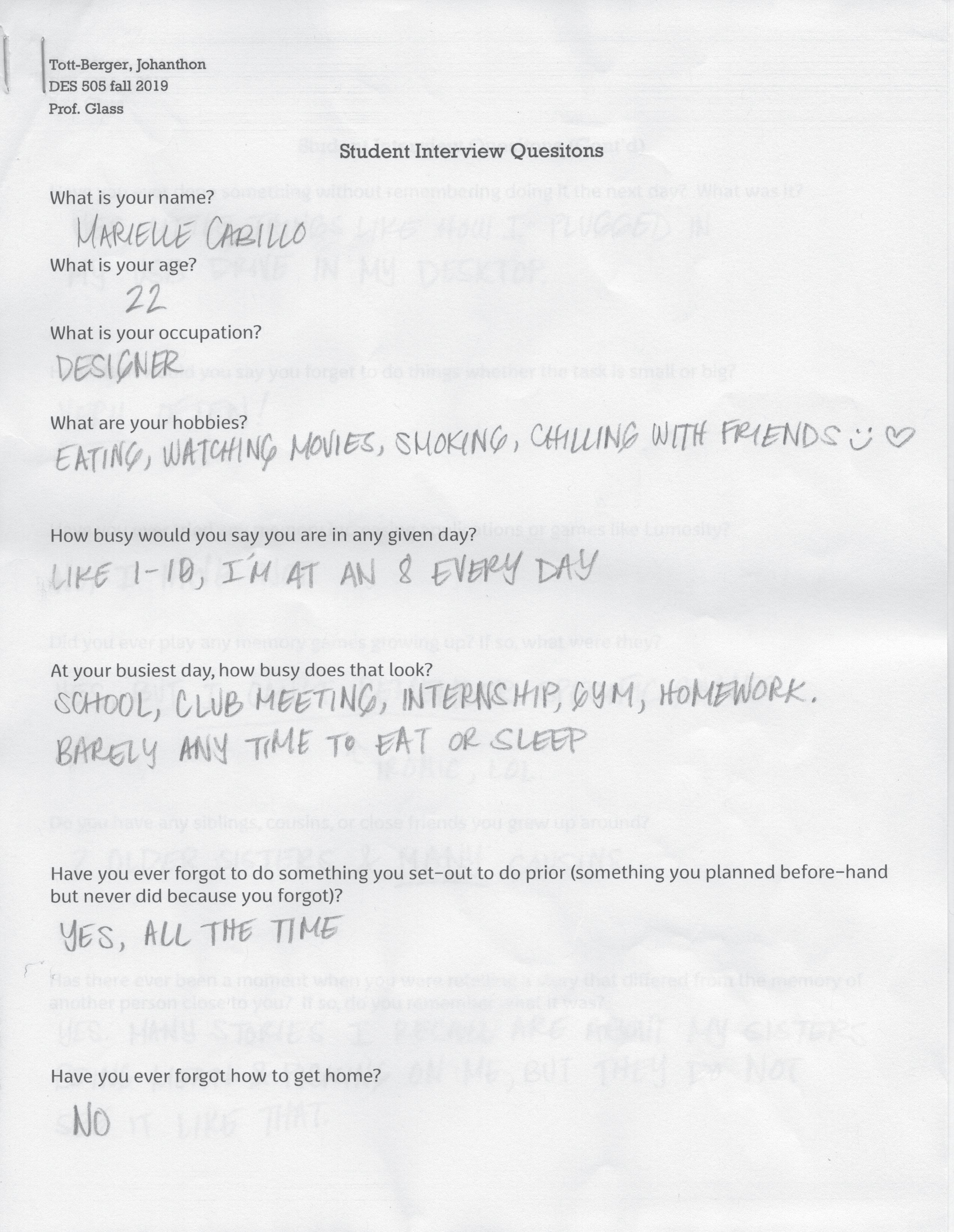
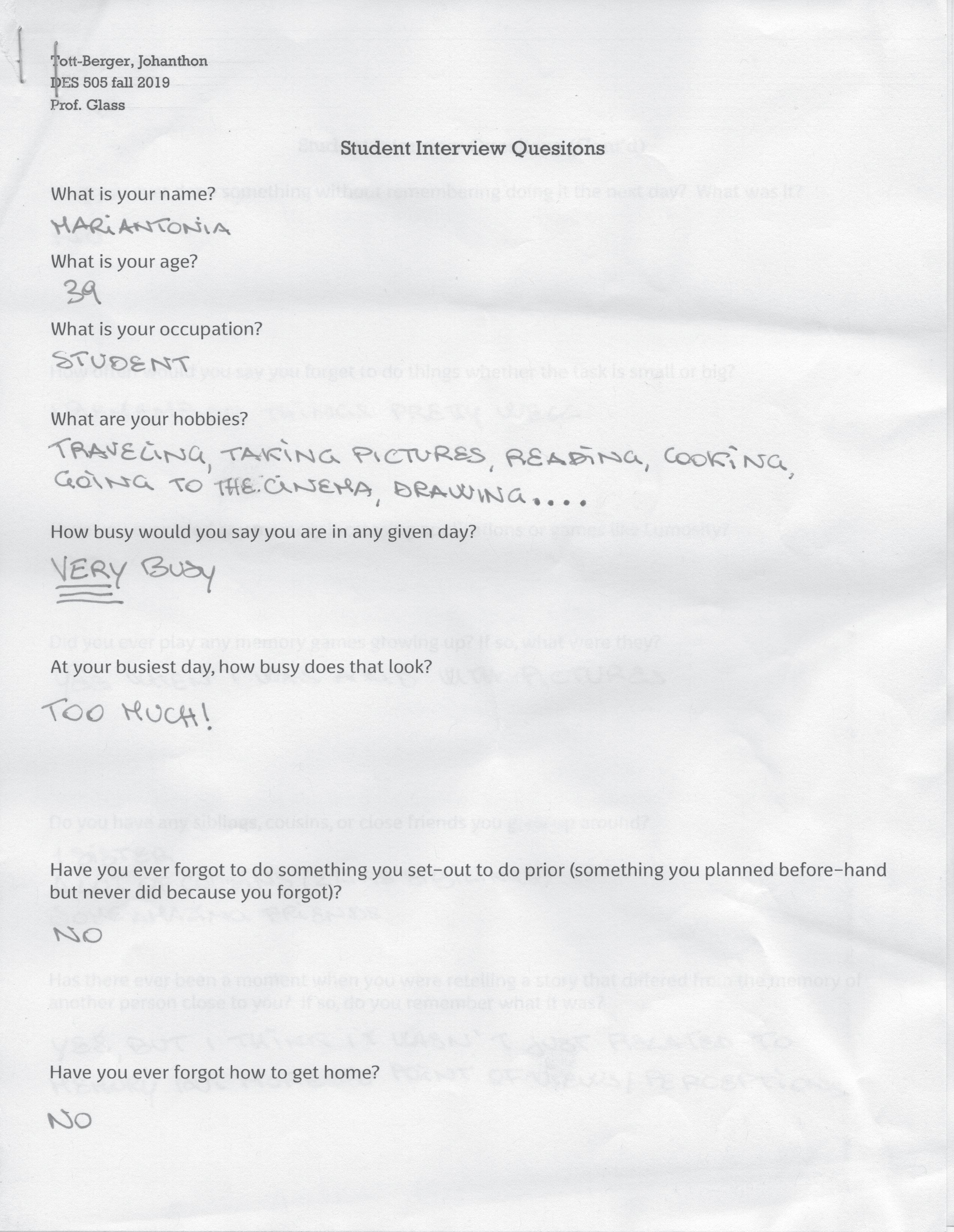
Semantic memory is memory that is based on facts and common knowledge. It is part of conscious, long–term memory. This type of memory is part of long–term memory because of the retrieval of stored information to declare the information being recalled; and is part of the conscious mind because you have to think about the information to recite it. Semantic memories consist of factual information like your name, your age, the names of colors, shapes, and cities. It also consists of ideas, concepts, and perspectives that are shaped by our culture and
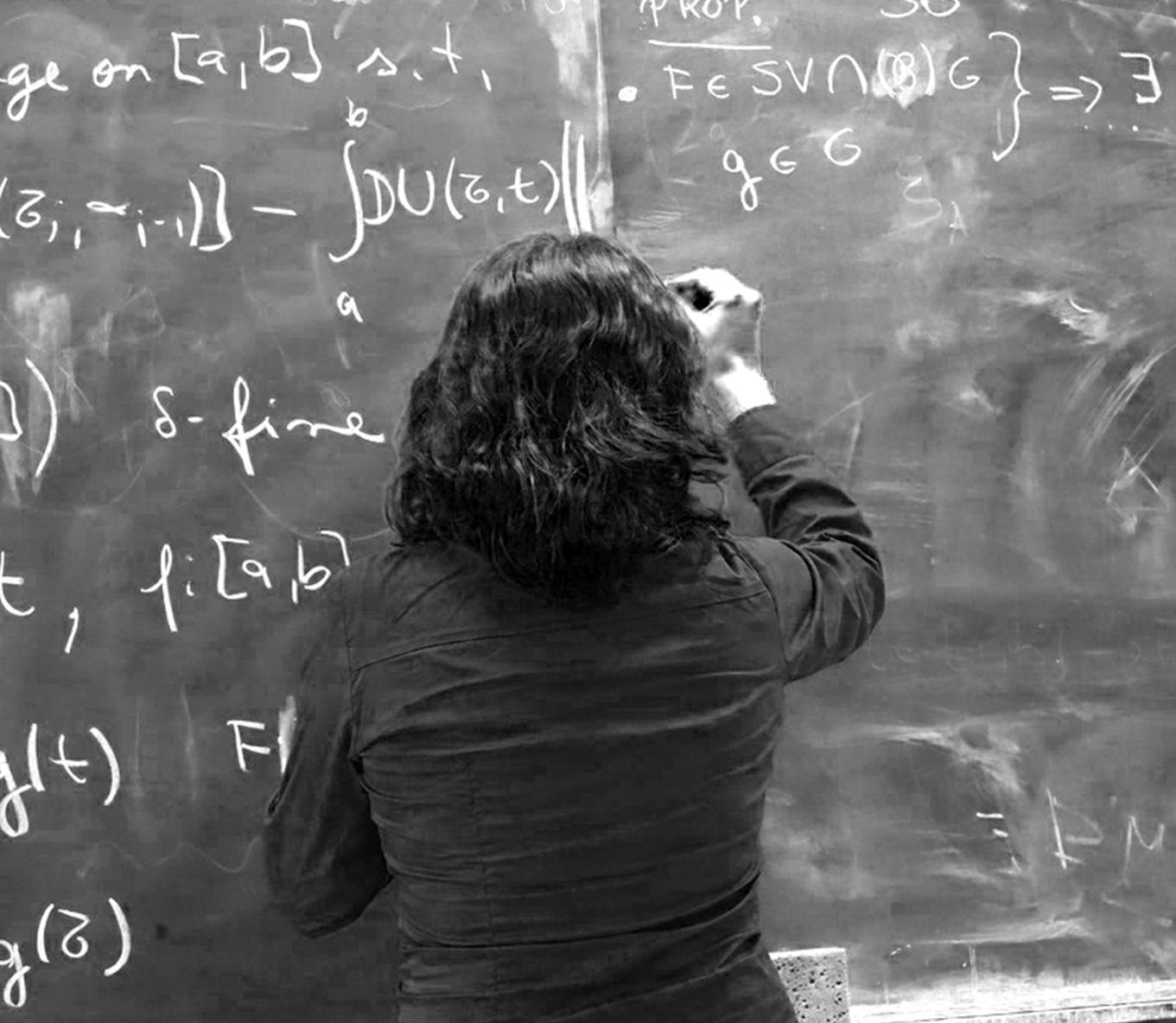
Looking at language helps to illustrate how culture impacts semantic memory. Generally speaking, if you are born in Italy you will speak Italian, if you’re born in Germany you would speak German, and so on. You learn your national language before you learn to speak others.
Cultural idioms tend to influence the perspectives of the people using them which affect the naming chose or style of words. Younger generations develop new

ADMIRARI — Long–Term Memory 30
slang or terminology, incorporating what they want and discarding the pieces they do not.
Semantic memory differs from episodic memory. Semantic memory again is fact drive, while Episodic memory is experience driven.
What makes semantic memory different from episodic memory?
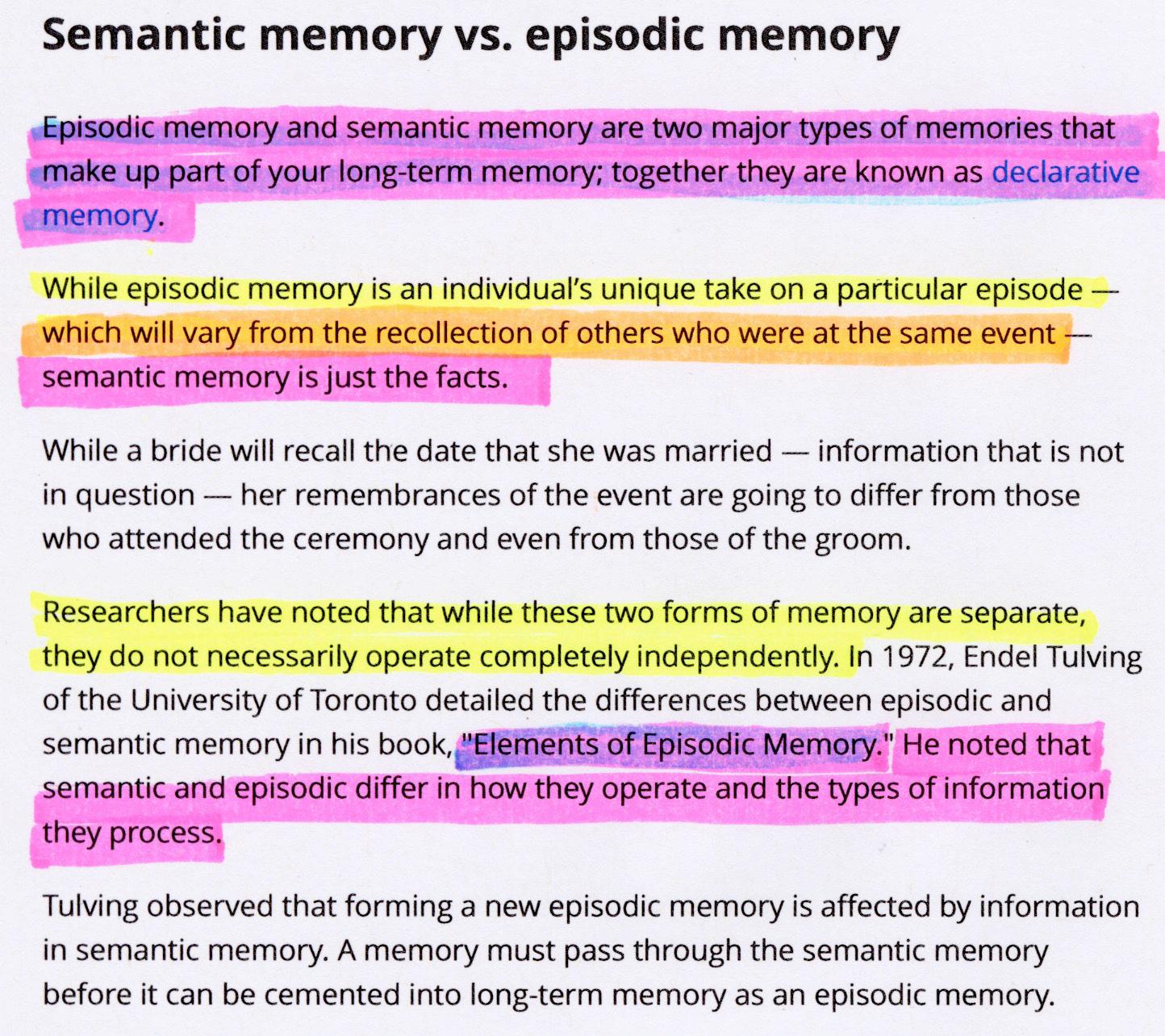
An easy example is of a bride and her bridesmaids on the day of her wedding. The bridesmaids and bride will all remember the date of the wedding, while their memories of the entire night will be different because each person is experiencing the event from their
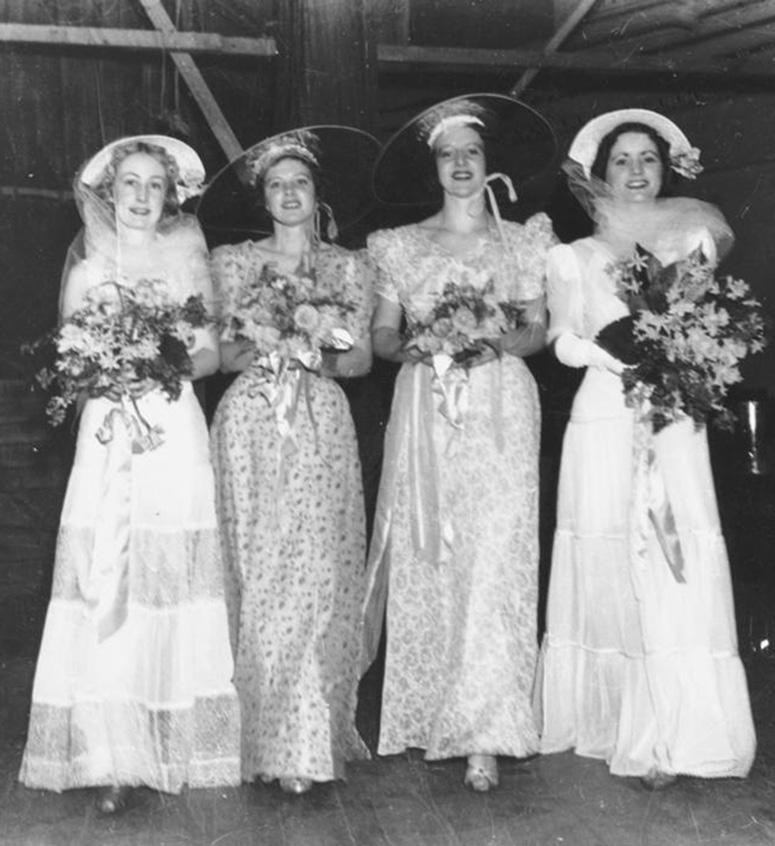
perspective and each person is uniquely different (stated above).
Some neuropsychologists say that semantic memory stems from episodic memory while others say that episodic memory is created through semantic memory. These two types of long–term memory influences one another. We know the facts about the different events, places and, scenarios that have occurred (semantic), while the memory of how we felt during the event shapes our perception and association of that memory (episodic).
Another example of this is all the people at a music festival. They may know the same facts, the names of bands, the stages, the times they played, but everyone there will have a different and unique experience of the event.
The Memory Edition 31
Episodic Memory
Episodic memory is memory created during events. It is part of the conscious–long–term memory system and incorporates all aspects of memory covered earlier to create long–term memories. This type of long–term memory encodes infirmation based around feelings
Each person remembers an event differently and from their own perspective of that event. Because each person remembers events from their perspective the shared recollection of an event can drastically differ from one person to another. Perhaps you have experienced this before with your siblings, cousins, or friends.
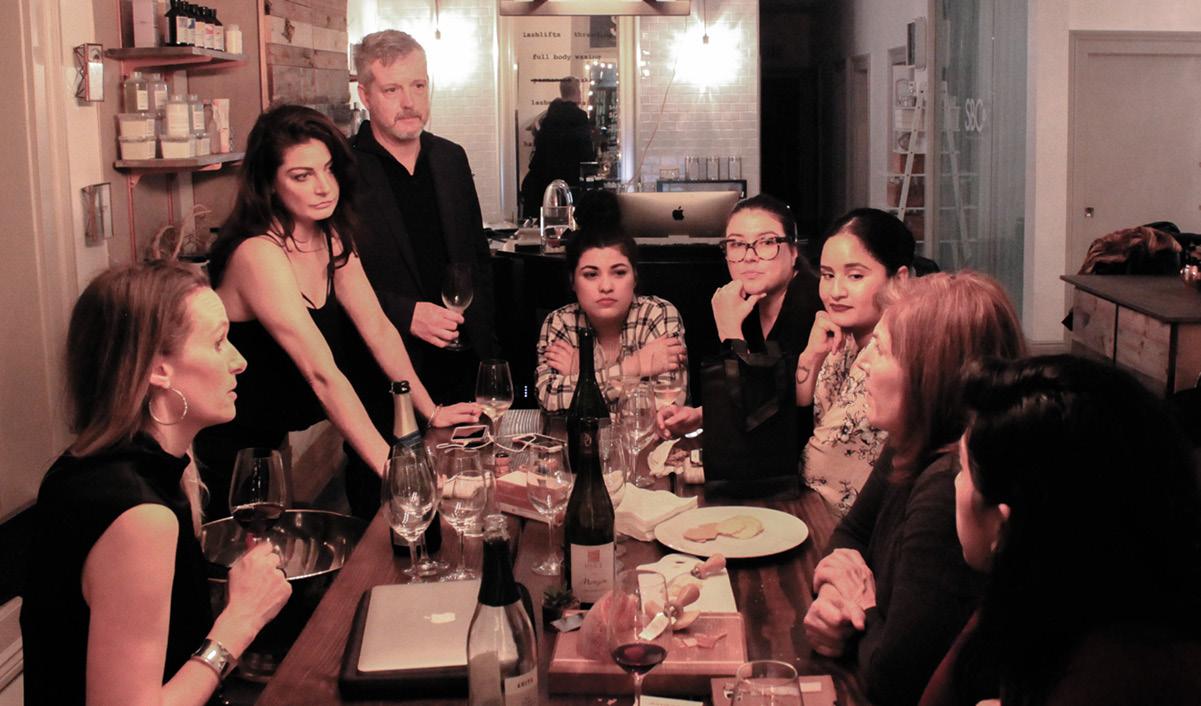
In order for Episodic memories to become what they are, they need to pass through all the other phases of memory. First, you pick up all the different sensory information from around you (encoding).
You pick up on what you can and it enters the short–term memory.
This is where consolidation happens. Consolidation takes the details and cooks them into your memory. We tend to lose information during this and the sensory process. The information that makes it into long–term memory can be accessed and utilized when needed.
Other times information makes it into our long–term memory but needs a nudge, cue or trigger to recall the information.
32
Recollection is the process of recalling stored memories. Recollection is part of the conscious cognitive mind because when it is happening we are actively recalling the information.


Episodic memory and semantic memory are used in conjunction with one another when we form autobiographical memories. These memories are a culmination of our memory over the course of our lives and at every stage of the formation and recollection process are susceptible to alteration which creates false memories.
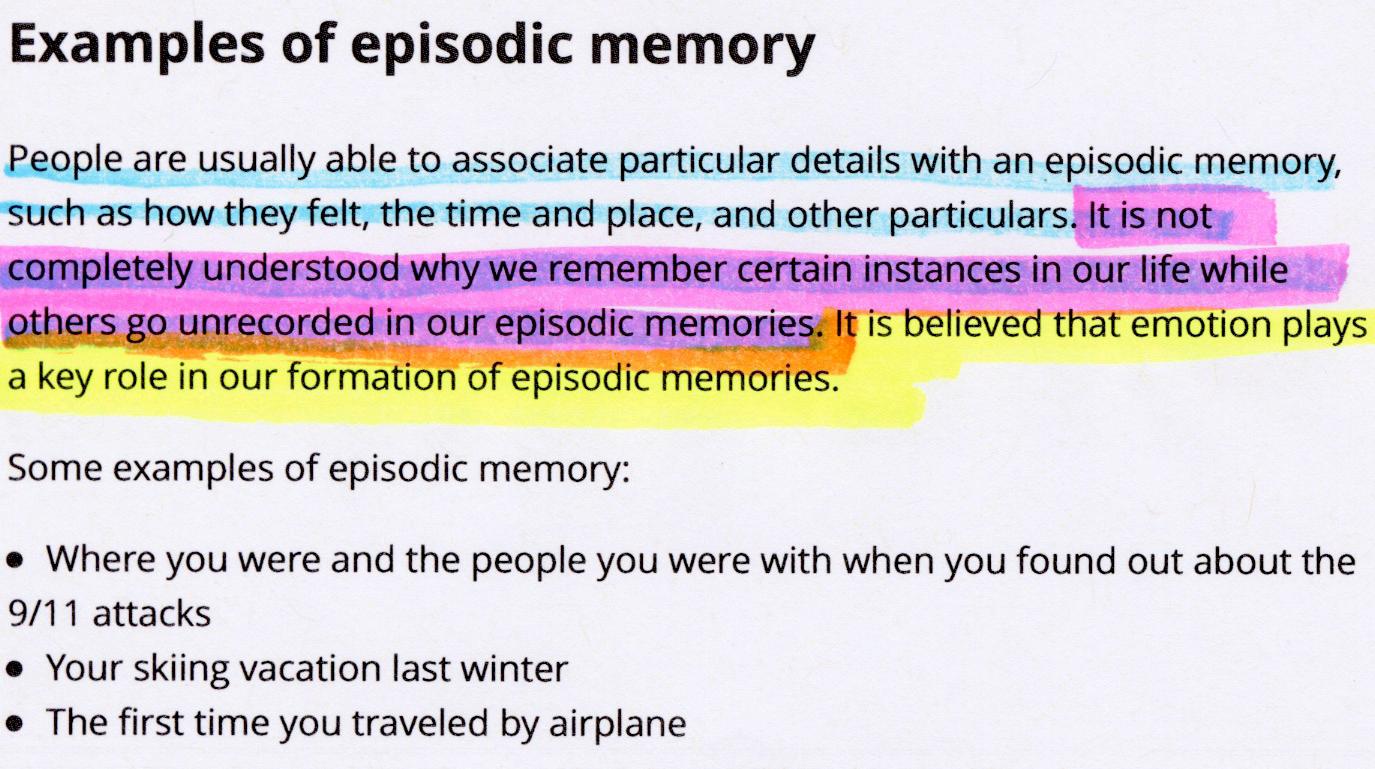

On the next page you will find a recollection of a memory from one person and on the following page you will find another recollection of the same event from someone else. The two recollections work to show how personal experience effect the type of memory we create towards an event and the differences between how we remember things.
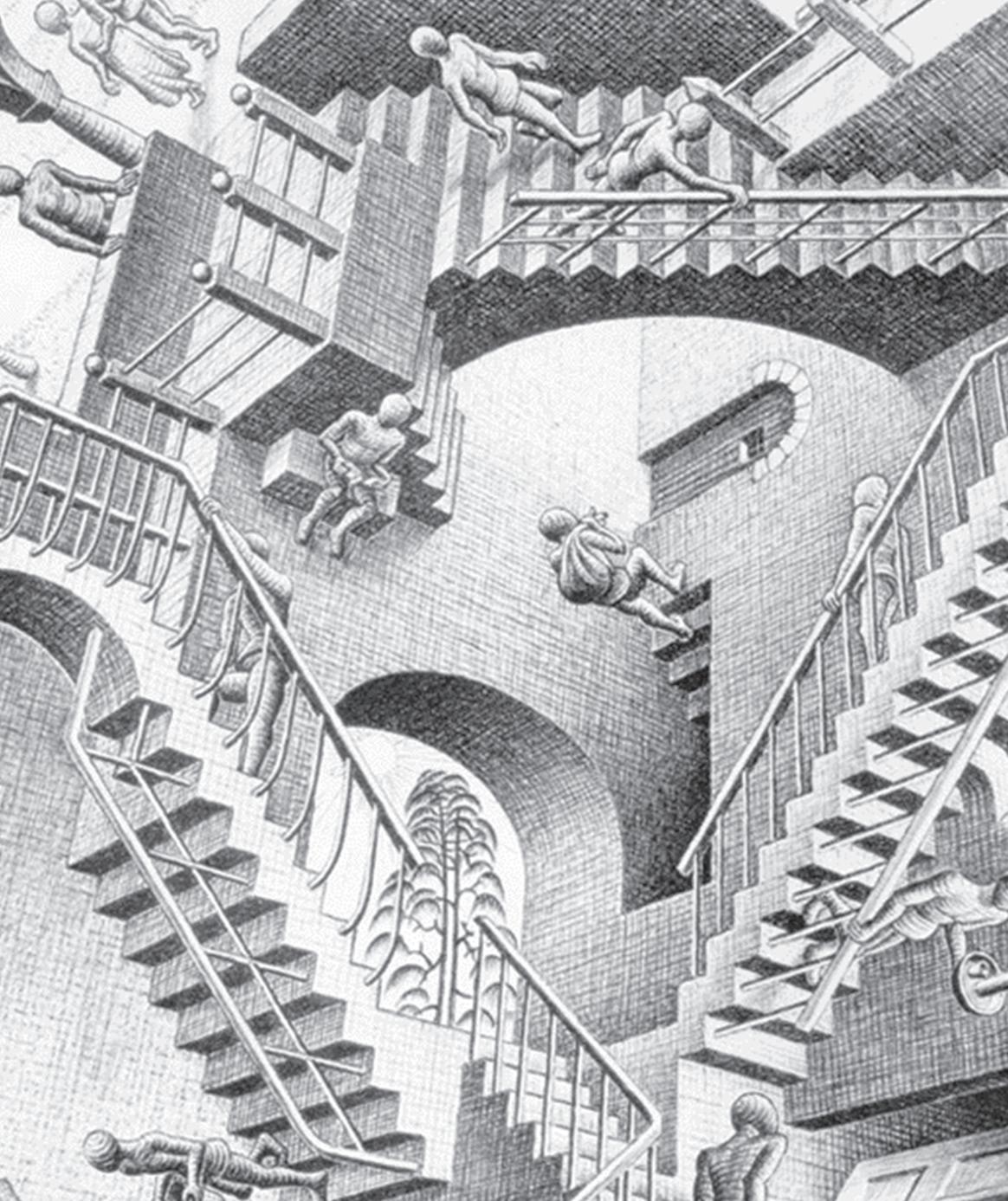
33
Forming process
The Storm
Written by: Johnathon Tott-Berger
My sister and I have always been close with our cousins Dustin, Paige, Joey, and Tommy. I don’t remember if Joey or Tommy were present on this occasion. They came to visit for a family reunion and came to my moms house in Dayton, Minnesota.
My mom’s house was on five acres of land; we were standing in the backyard, it was the middle of the day, probably around 2 pm when all of a sudden, the sky starts to turn dark. The wind started to pick up and before we knew it the sky had transformed from dark grey to emerald green and the winds had drastically calmed down. If anyone is familiar with this type of weather, they know what is coming next. It started to downpour rain and the winds picked up again. A tornado alert warning was being aired on the television, and the storm sirens started to go off.
Before I knew it, Dustin, Nicole, Paige, my mom Liz, and myself are running into the house to take cover and seek shelter from the approaching storm. We were escorted into the basement by my mom. Our basement at the time was unfinished, it was framed out, but no sheetrock had gone up yet. There were two window–wells, in the mid-west these are a necessity for basements, they allow people to escape through the basement windows in case of a fire or emergency. Having these windows in the basement allowed us to be able to see the storm as it approached and came right over us.
We were huddled together nervous and scared. Finally, after about ten minutes or so the winds die down and the sky started to look less green and dark. The storm had passed; we all went back outside to see the damage to the neighborhood.
I remember seeing shingles all over the yard from the shed and the house. There were trees that had been blown down and leaves were scattered all across the yard.

ADMIRARI — Long–Term Memory 34
I Love Tornado Weather
Written by: Nicole Tott-Berger
I remember them coming over on a day of a tornado. We were standing outside when the sky turned green and the world stood still. It was muggy, the air so thick it was hard to breathe. No birds chirping, no bugs buzzing, we stood and watched as the green faded to a rich deep gray and the winds whipped through the trees. Signs the tornado was fast approaching.
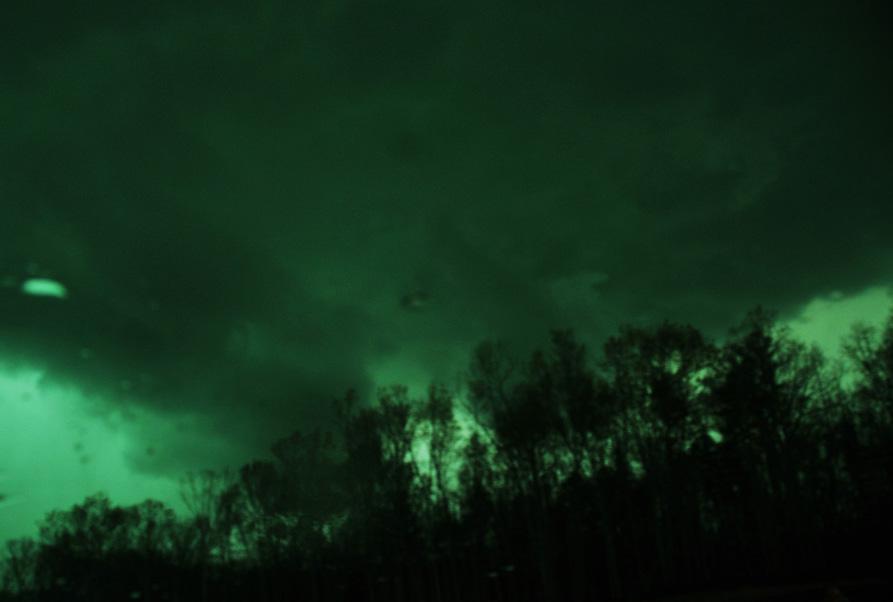
We remained planted in our feet in awe of the magic of Mother Nature. The winds were so strong you could lean it to it and stand parallel to the ground. We all held our
arms out our clothes pulled tight in front and flapping around our backs. As kids we thought it exhilarating, our mom on the other hand knew this meant trouble. So down to the basement we headed as the winds picked up and the tornado touched down. We huddled together in our unfinished basement, cold on the concrete floor holding our flashlights and each other tightly. The small egress windows shattered with the force of the wind and as the tornado passed and the rains began. Lighting tore through the sky and the thunder so loud it rattled your bones. Water came pouring in through the broken windows. The magic now seemed scary as we sat waiting for the announcement that said it was safe to come out.
The Memory Edition 35
Autobiographical Memory
Autobiographical memories are unique memories that encompass both Semantic and Episodic Long–Term memory. It is the collection of both personal experiences and gathered knowledge. Our memories are recollected over time and help to form our perspective on who we are and the world we live in.
This type of memory has different working bases. Conway and Pleydell-Pearce (2000) proposed that autobiographical memory is constructed within a self-memory system (SMS). SMS is a model of autobiographical knowledge base and the working self. These combined, are what help to form our perspectives about the world we live in.
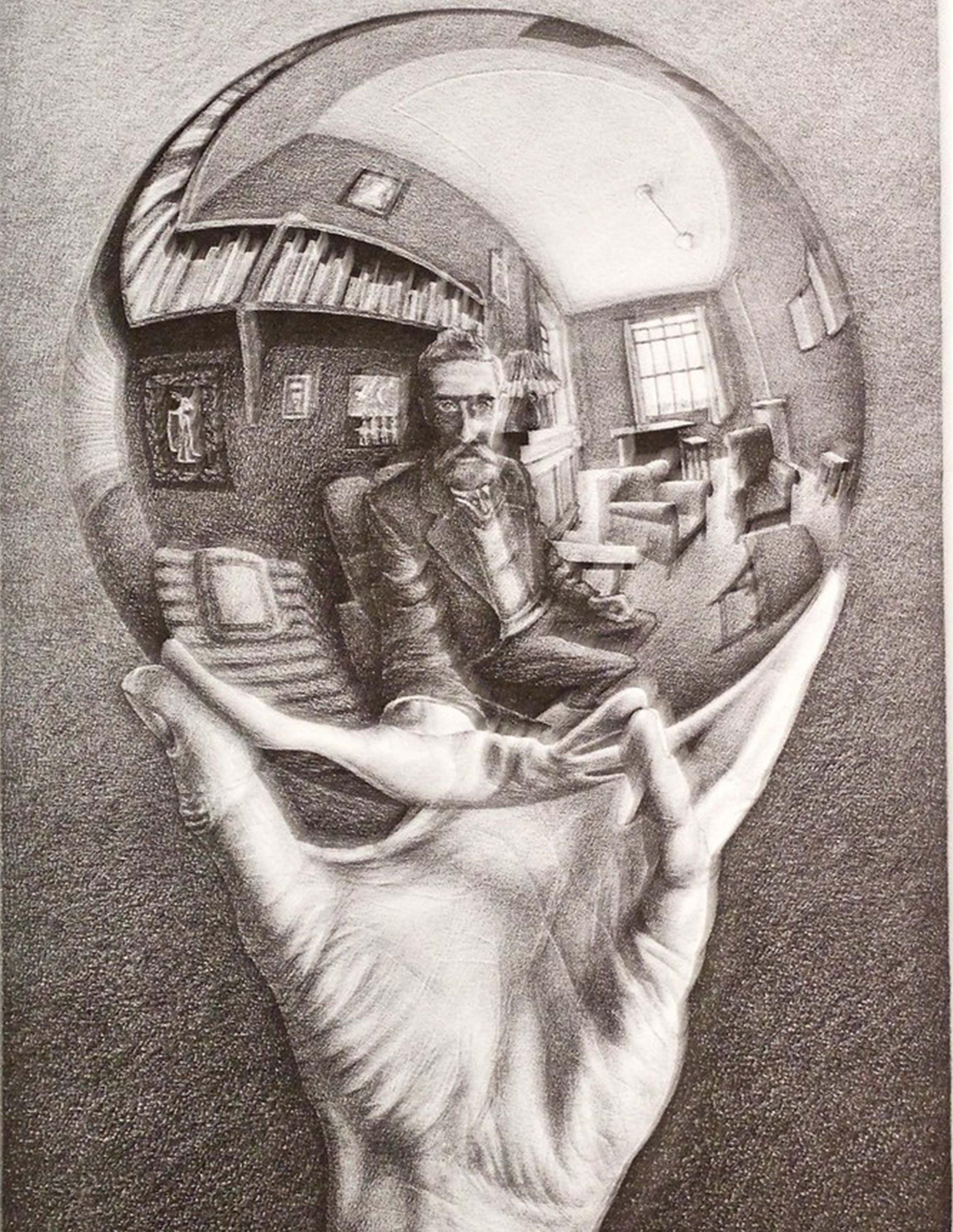
Autobiographical Knowledge Base (AKB)
The autobiographical knowledge base (AKB) is split into three different types of periods or events. The AKB holds knowledge of the self which provides a basis for who the self is, who the self was, and what the self can be. There are generally three broad areas or periods, they consist of Lifetime periods, General
events, and Event–Specific Knowledge.
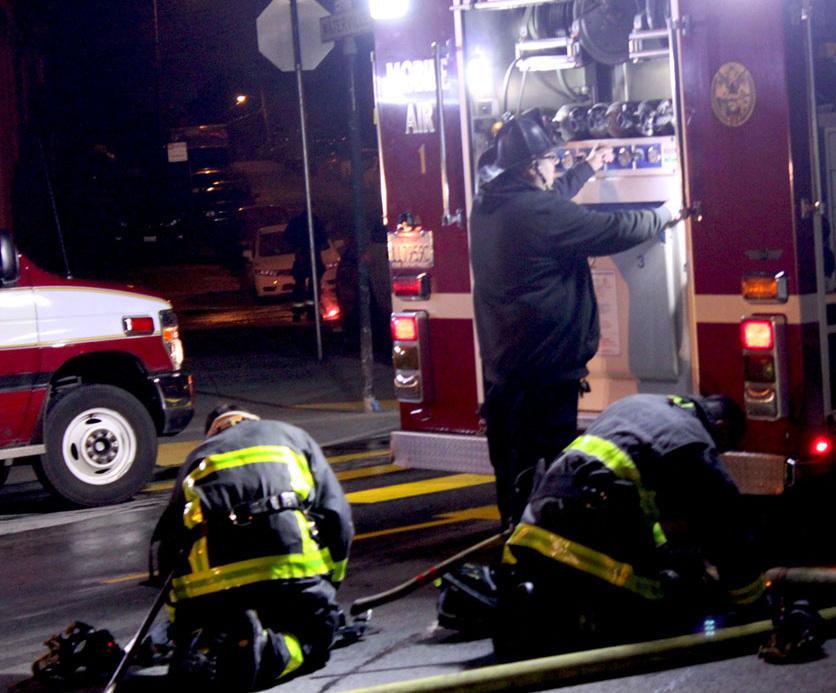
Lifetime Periods
These consist of knowledge of different themes of time, over the course of a person’s life. These can be split into many different themes which allow memories of a specific time or period to be clustered together. College and work can be used as examples of themes; in the College theme, you have all the memories associated to attending college, your relationships you did or did not have, the places you went and the experiences you experienced during that themed period of time. Each period has a distinct beginning and ending, however, the “line”
between where one ends and another begins can become foggy.
General Events
General events represent very specific sets of repeated events or sequences of events that are remembered. The events are grouped into themes. This grouping of themes allows the triggering of cues to remember other aspects of the event and to allow for recall to happen when asked about experiences you had during that event.
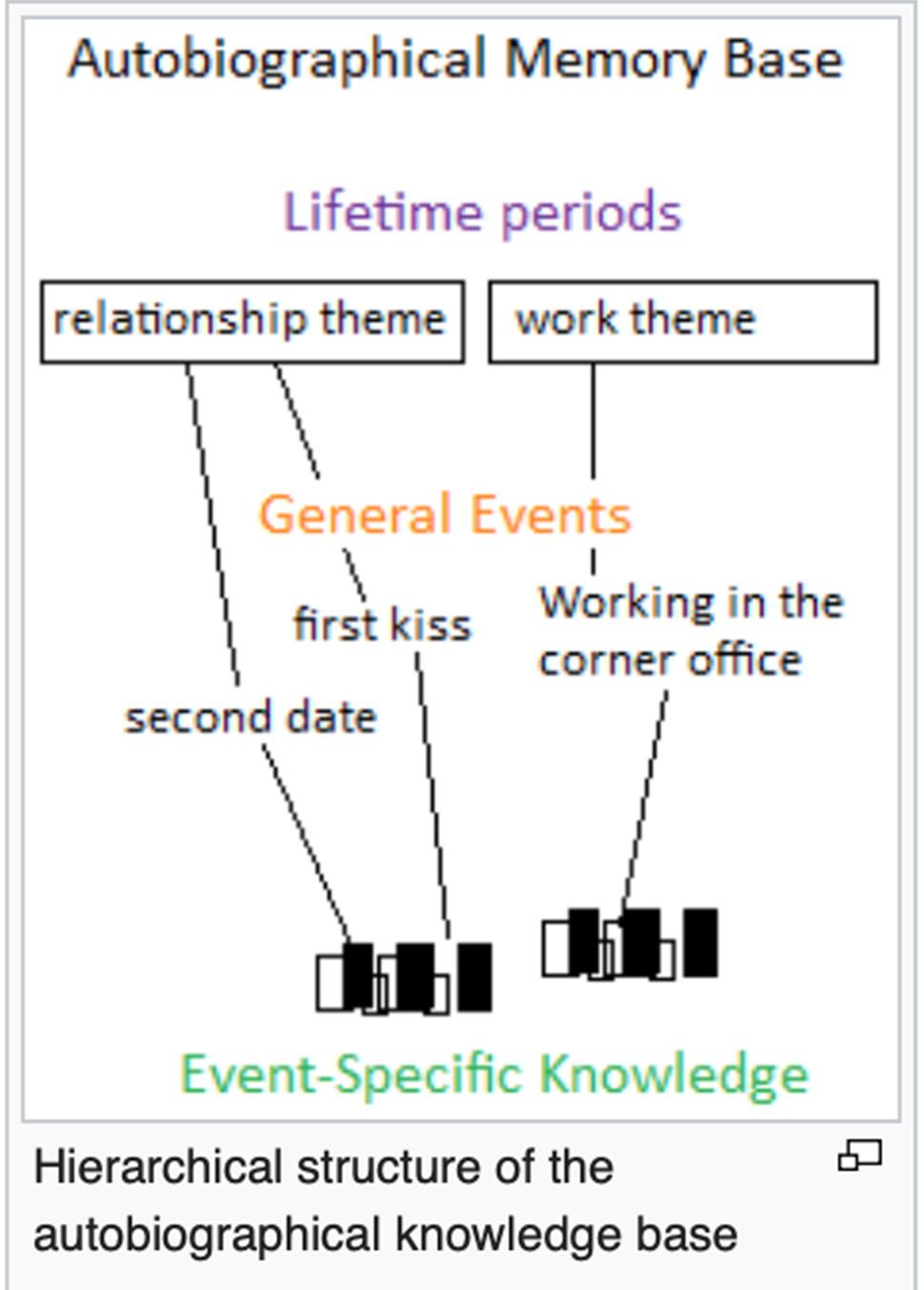
Event Specific Knowledge (ESK)
ESK memories are very vivid and stem from sensory stimulation. Visual stimulation has a high impact on these types of memory formations. The details from these memories fade quickly from the mind and do not get recalled or grouped like the other two types,
The Memory Edition 37
however, some details last longer then others.
All three of these types of knowledge bases are what help form and create memories which influence who you are as a person. As you age and experience more, those experiences, the memories of events overtime shape your perspective of the world around you, who are as a person and how you fit in the world.
The working Self
The working self is a set of personal goals that you perceive as who or what you want to be, the things you want, and how you go about it achieving them. The working–self acts as a control center granting access to the autobiographical knowledge base. The two work together to form your perception of who you are and the things you remember.
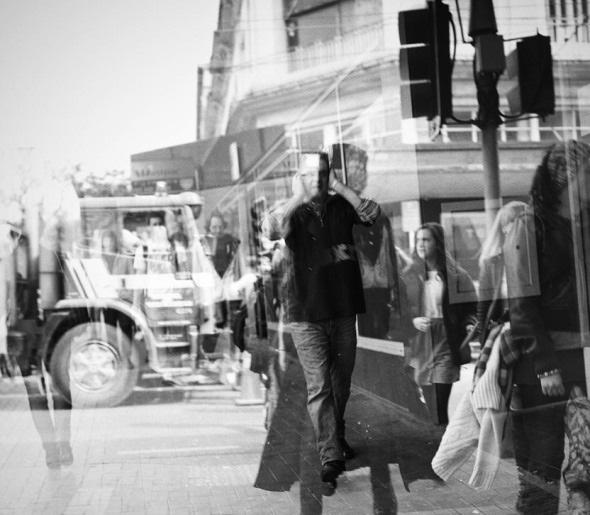
Four Types of Autobiographical Memories
1. The first type of autobiographical memory is Biographical of Personal. This consists of biographical
information about anyone, like where they went to school or the names of their grandparents.
2. The second type is Copies vs. Reconstructions. Copies are vivid memories of an event with a lot of visual stimulation and attention to detail, while reconstructions are alternate constructions of the raw event created when thinking in hind-sight.
An example would be a family member or two who remember the event you were all at but offers a new more “authentic” version of your memory. At that moment your memory is hijacked and if you agree to the new version being
ADMIRARI — Autobiographical Memory 38
told then the old memory would be overwritten into your memory.
3. The third type of memory is Specific vs Generic. Specific autobiographic memory contains a detailed memory of a certain event while generic memories are vague and hold little detail about the event other then the type of event it was.
4. The last type of autobiographical memory is Field vs. Observer. Filed memory is a type of perspective of memory, they are gained through the first person point of view. Observer memories are memories recollected from another perspective other then yours.
Our Memory is a complex network of neural connections between our sense and the brain. It helps us shape perspectives and develop skills. Without this incredible invisible process we would not be able to differentiate ourselves from one another. It is interesting that the mind makes us unique but also binds us together.
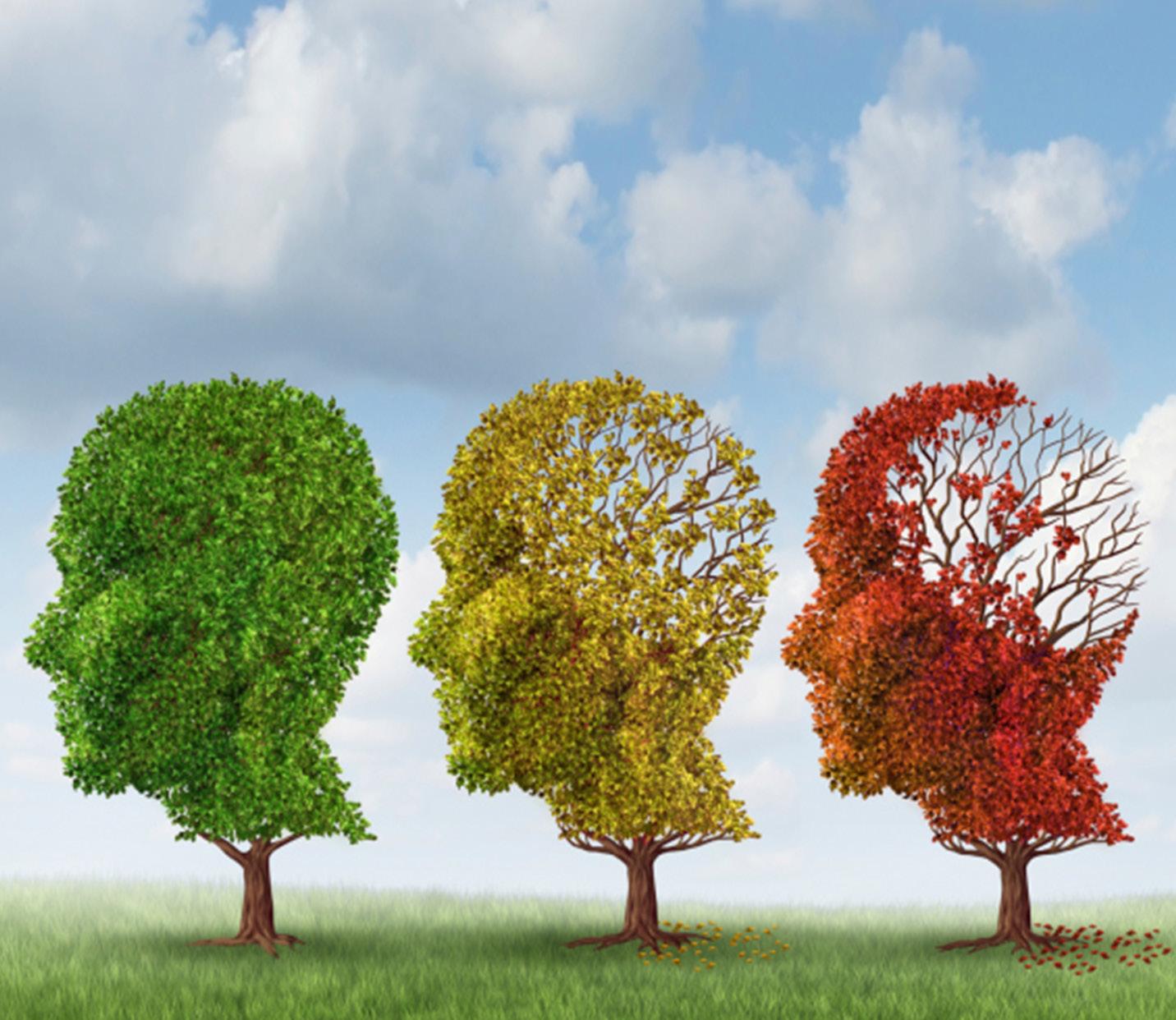
Without the ability to create new memories we would not be able to grow and develop. Having the ability to form long-term and short term memories is thought to be what sets us apart from the animal kingdom. It comes with such great power, yet often our memory breaks down, we recollect false information or we simply do not encode the information.
The next pages are a memory game based on what was previously discussed in this issue. Flip one tab to reveal a word or definition, then try to find the matching word or definition to the whatever was first revealed. You can turn this game into a type of study guide to help remember terms and names for any subject and its material.
The Memory Edition 39
Recalls information from stored memory.
Final stage of memory
Uses both the conscious and unconscious mind
Long–Term Memory
Has 3 sub types of memory
Some last for milliseconds while other last for seconds
Occurs both consciously and unconsciously
Implicit Memory
Unconscious Memory
Associated to motor skills or “muscle memory”
Using a telephone or going to the bathroom
Second Stage of Memory
Also known as Active or Working memory
Can last for seconds or zfor hours
Sensory Memory
The fastest type of memory
Uses stimulation form surrounding environment
Consists of three sub Categories
Explicit Memory
Conscious Memory
Associated with planning, naming, listing, judging Making and appointment, or setting your alarm
40
Short–Term Memory Hippo–campus
[Short–Term] [Long–Term] [Sensory] [Implicit] [Hippocampus] [Explicit]
Processes ideas and thoughts not from personal experience
Fact Based
Conscious Long–Term
Change Blindness
Takes this type of sensory information to form memories
Part of Sensory Memory
Lasts shorter then most
Major part of Long–Term Memory
Helps refine perception of yourself
Your specific memories
Memory
Not being able to spot subtle changes
Occurs visuallya
A harm of Sensory Memory
Mnemonic Devices
These help create stronger memories
Echoic Memory
Memory from specific episodes of your life
Combines parts of Semantic Memory to form new memories
Semantic Memory
41
Autobiographical Episodic
[Echoic Memory] [Semantic Memory] [Change Blindness] [Mnemonic Devices] [Autobiographical Memory] [Episodic Memory]
The Harms of Memory
A study conducted by Northwestern University Feinberg School of Medicine shows that human memory is much like The game of telephone we played as children. If you’re not familiar with the game, kids would line up and a message would be passed one by one to the last person in line. By the time the message was said out loud, it had been drastically altered from the original message.

Each time we recall a memory, the memory changes a bit based on what we remembered last which can have drastic implications like the McMartin Pre–school Trial.
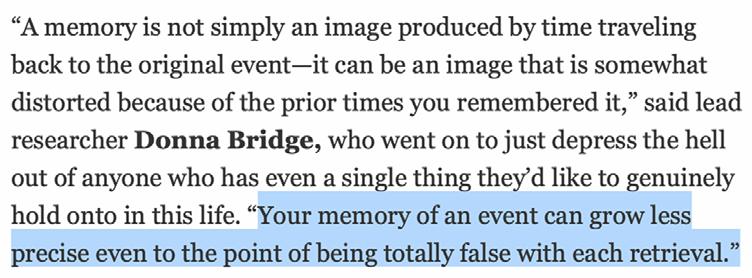
The Memory Recovery Movement
Therapists during the 1980s and 90s started practicing deep memory recovery. It was known as The Recovery Movement, These therapists believed that patients possessed repressed memories (memories so traumatic they wanted to forget them so much that
they “hid” the memories deep in their subconscious) and the only way to get them out was to go through therapy sessions that push their patients repressed memories to the forefront of the mind through suggestive questioning.
On the This American Life podcast, “215 Ask an Expert: Act One: An Epidemic Created By Doctors” host Ira Glass asserts, “...[Patients] were told that the source of their problems could be traced to traumatic events that they could not even remember. To memories that had to be recovered through special techniques.” These practices are currently rarely used and

ADMIRARI — The Harms of Memory 42
insurance companies wont cover psychologists who practice those techniques. Ira offers up a warning, “At this point, the American Psychological Association and the American Psychiatric Association have both concluded that buried memories like this are rare. And treatment to recover these memories should be viewed with skepticism.” The podcast illustrates two cases that special guest Alix Speigel recall pertaining to false memory.
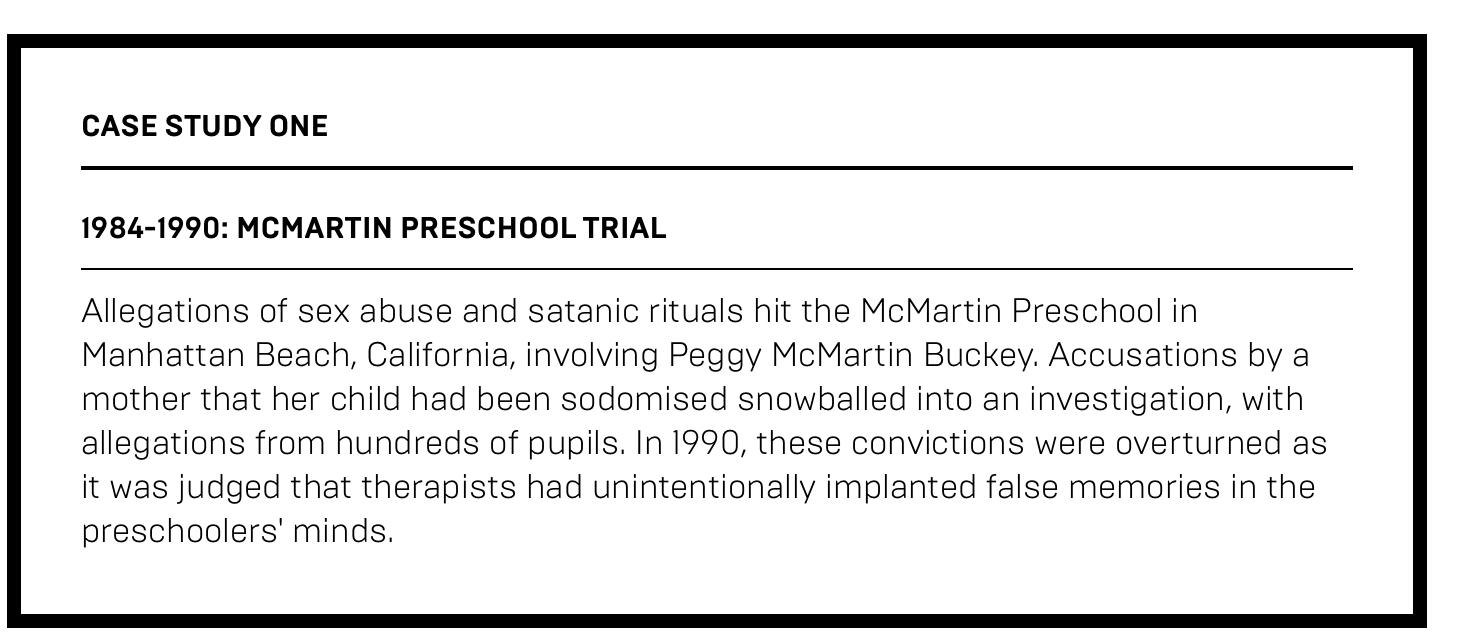
One of the stories talked about how a 19 year old student nurse, who worked in a cancer ward was convinced by her therapist that
her father had sexually assaulted her. The father was a priest and well known in his community. After news had spread about the accusations that were eventually brought up against the father, his reputation was destroyed and was devastated by the thought of his daughter thinking he was capable of such things.
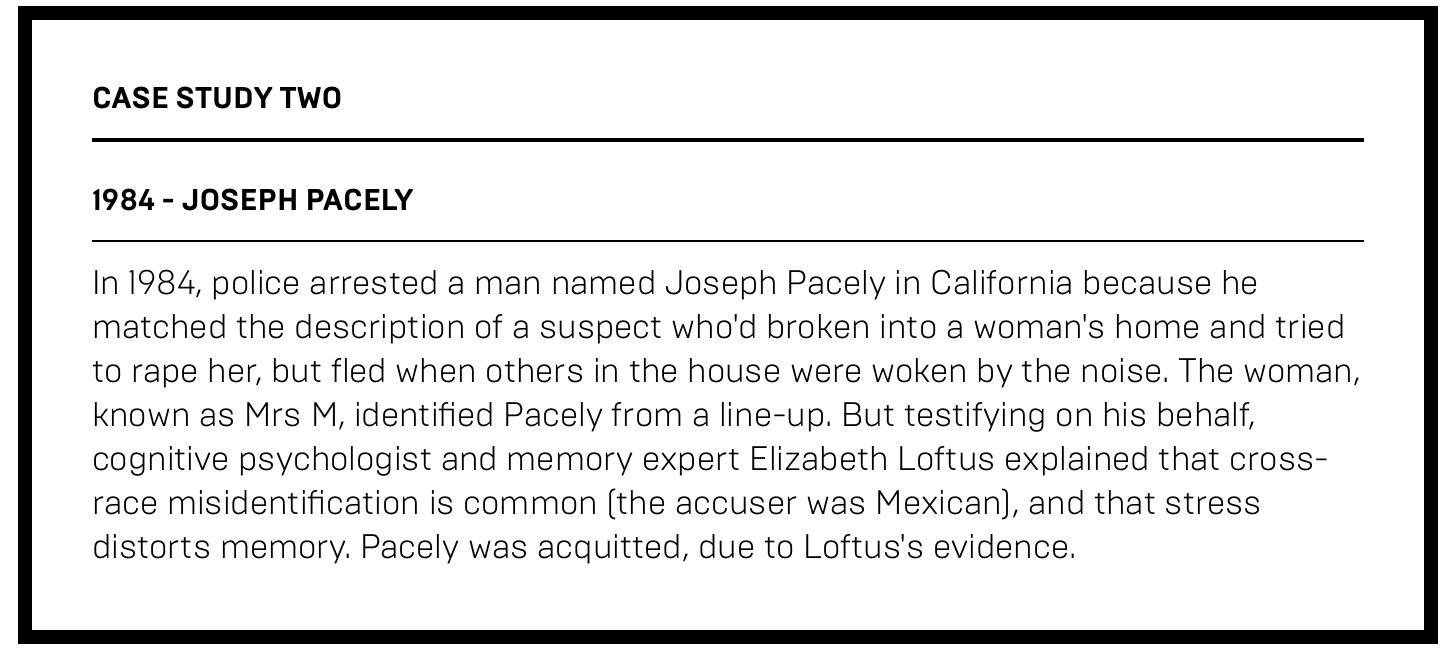
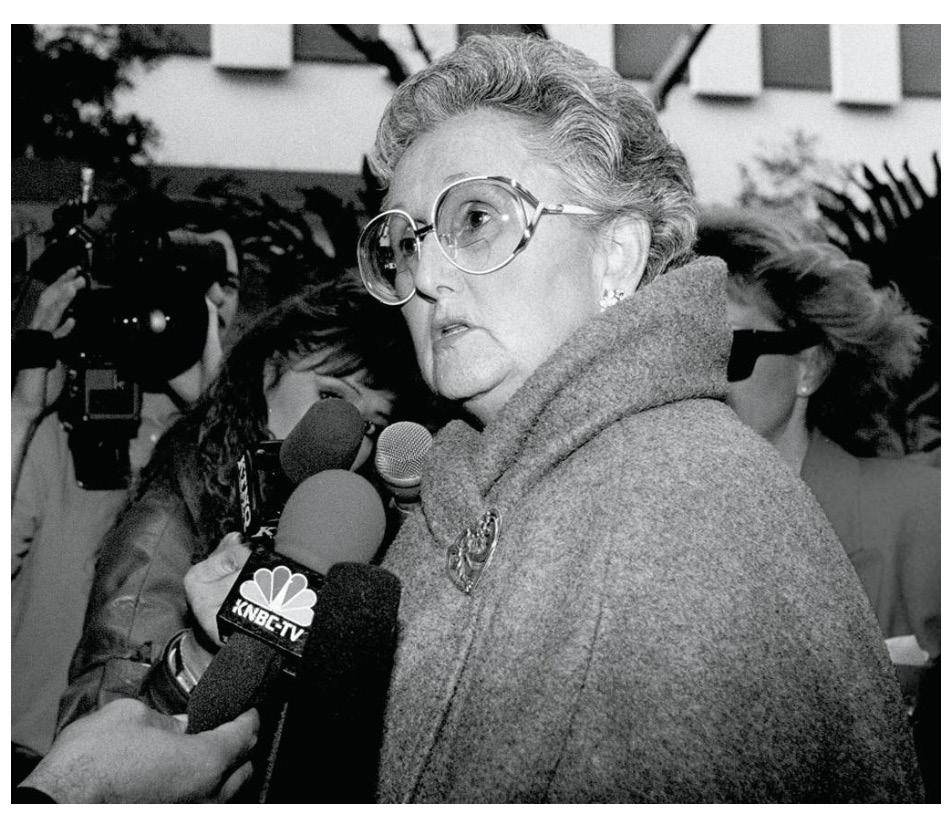
False memories can be created through suggestive questioning which can lead a person to believing certain incidents happened to them when they did not. Elizabeth Loftus, shown at bottom left with her hands in the air, is a cognitive psychologist and memory expert. Her studies help illustrate just how easy our minds are to be tricked into creating false memories. Memories are recreated falsely during recollection when external input is provided that differs from the original memory, and the memory holder starts to believe the new information. The details of the old
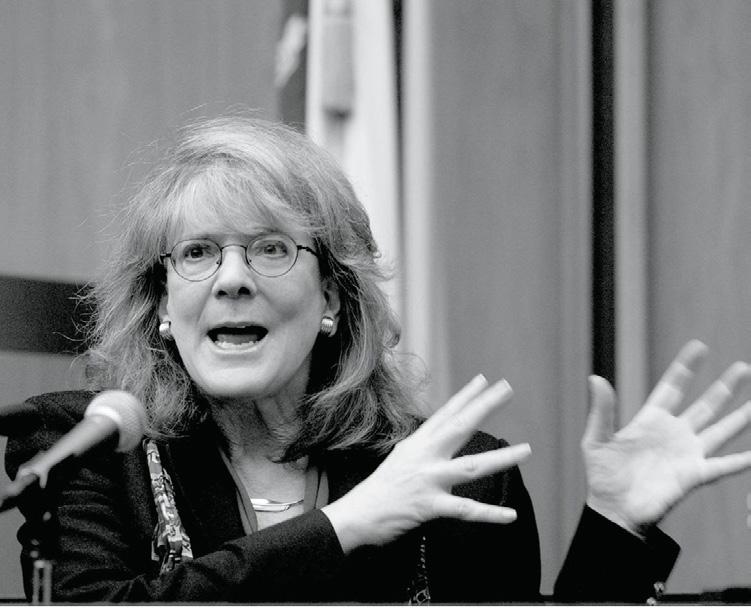
The Memory Edition 43
memory become overwritten by the new details provided.
Memory and it’s susceptibility to failure have been used to accuse people of criminal behavior, and has spanned the intensity of harm from leaving your wallet at the house or forgetting the groceries on your way home to forgetting the faces and names of loved ones or leaving children in hot cars.
Outside Influence on Your Memory

Other harms of memory include the influence of false memory of people’s beliefs towards someone or something. Particularly President Donald Trump and is constant lying. When people lie like he does, they do it to boost their ego or to paint themselves in a better light. Donal Trump has done this numerous times throughout his presidency.

On September 11, 2019 Trump claimed that during the attacks on 9/11, he was able to witness people jumping out of buildings and that he saw it with his own eyes. Trump Tower is over 4 miles away
from the World Trade Center and would incredibly hard to see people jumping from the windows. I believe that Trump is using the tragedy of this day to glorify and patriotize himself, to paint himself in a better light and claim himself to be a “true American.”
There are many other people around the US who have a false memory of where they were and what they witnessed on September 11, 2001. Even my memory of that day is really fuzzy and with the amount of times images and the story were repeated on screen and over the air.
The Mandella Effect
If you do a Google search for the Mandella Effect you will find a wide variety of information and discussions poised towards the concept. If you are unfamiliar with the concept it suggests that there

ADMIRARI — The Harms of Memory 44
are many different explanations for the “phenomenon” ranging from alternate universes that we are slipping through without noticing. to conspiracy theories about the government and your mind. Whichever you choose to listen to you should do so with an open mind and fact–check the hell out of everything.
The theory relies on common knowledge of general information like the day Nelson Mandella died and the mass miss–remembering of factual information like the actual date in which he passed away. Many people who believe in the Mandella Effect believe that they remember him passing away in the 80s instead of the 2013.

There are other common miss–remembering like the name of the childhood book Berenstain Bears. Some examples from the internet seem to remember the spelling to be Berentstein instead of Berenstain. One final example is the spelling of Froot Loops cereal. Some people remembered the cereal to spelled with a u and i instead of the double o. This is an interesting grey–fuzzy–feeling–area. I suppose it feels that way because of the lack of trust it instills in your memory. Its not to say that everything in your memory is a lie or false. But it is worth exploring the ramifications of false memories and their implications on society.
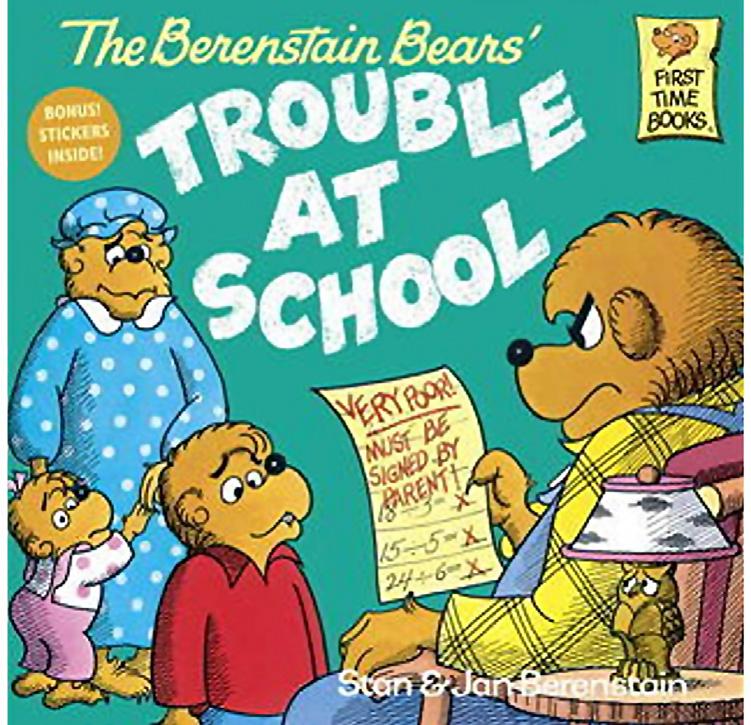
Final Thoughts
No one likes to forget something, the act typically comes with a negative emotion, a feeling of helplessness or stupidity. The thing to remember is that we are all human, we all experience these types of errors on a day to day basis. The examples on the next page illustrate some of the stress
The Memory Edition 45
There are instances where we actually want to forget things that have happened to us. This can be various things from ex–lovers, embarrassing events or traumatic experiences. It is what makes us human and what makes us individually unique.
Our past experiences and our memories shape who we are as people, our beliefs and ideologies about the world we live in. That is not to say however, that memories are the only contributing factors to the type of person we become, socio economic, and health factors weigh in our overall mental and physical health.
The interview questions conducted for this issue and displayed to the left help to illustrate the frailty of our memory, and how we tend to view it positively until we start to analyze it deeper. That is again,
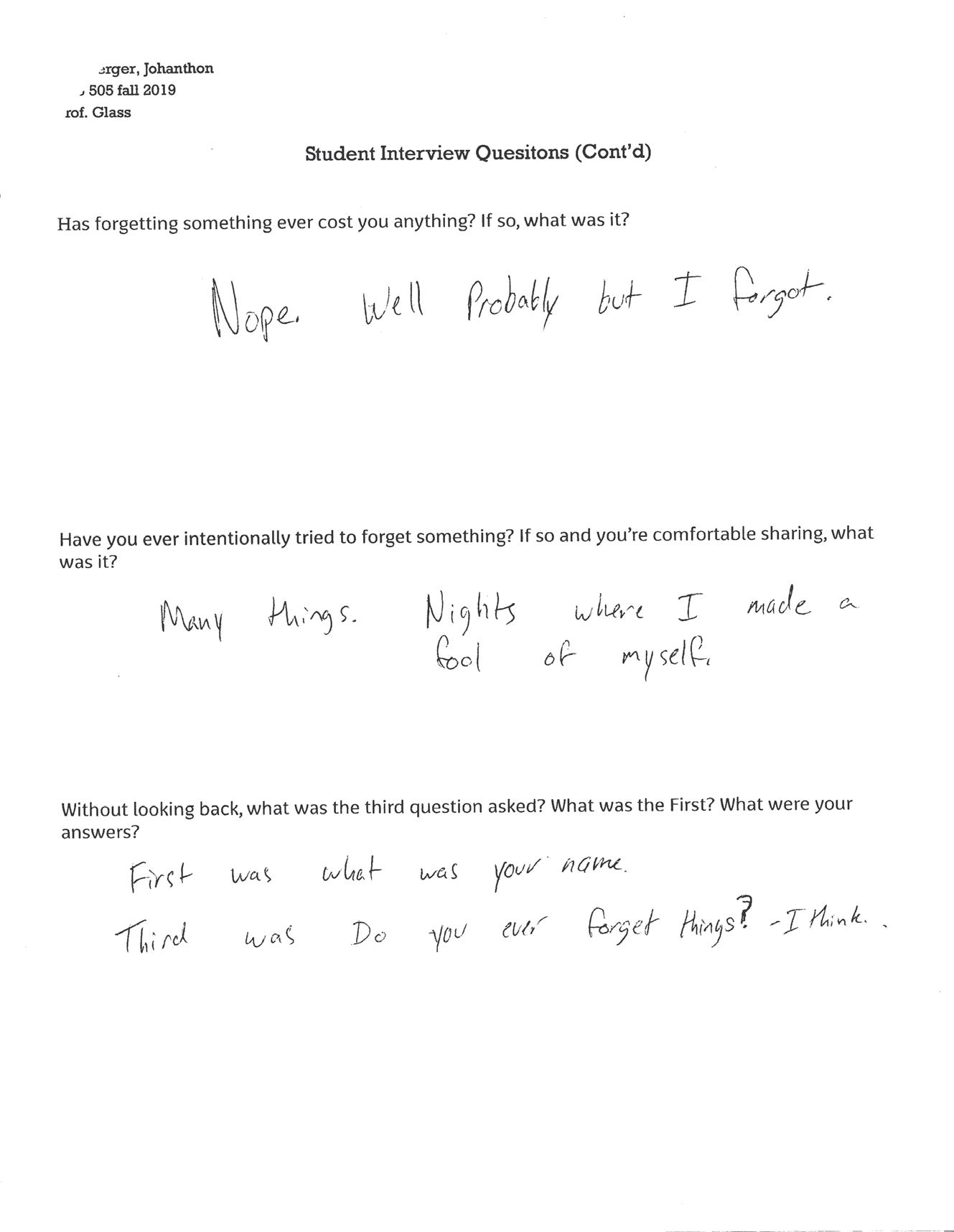
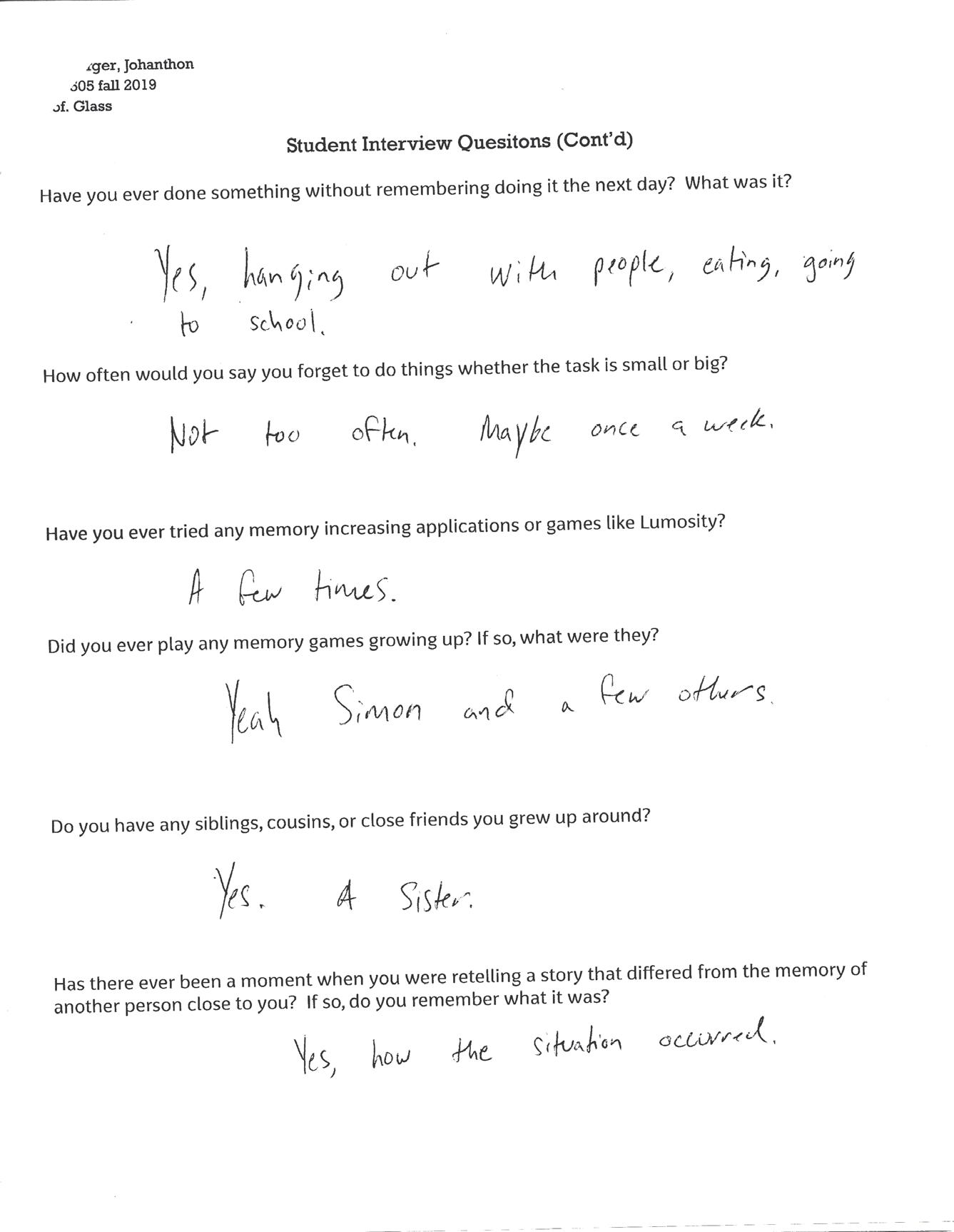
ADMIRARI– Final Thoughts
not to say never trust any of your memories ever again, but to be cognizant or aware that we don’t always remember things correctly.
You can practice developing your short and long–term memory through some of the different techniques and play some mobile games or physical memory games. We can always try to improve our selves, just be cautious of things that claim to something they can not hold up to.
Lumosity was caught up in a class action lawsuit in 2016 brought on by consumers and the FTC (Federal Trade Commission). The Lawsuit was over Lumosity’s marketing claims that preyed on the publics fear of again and memory decline.
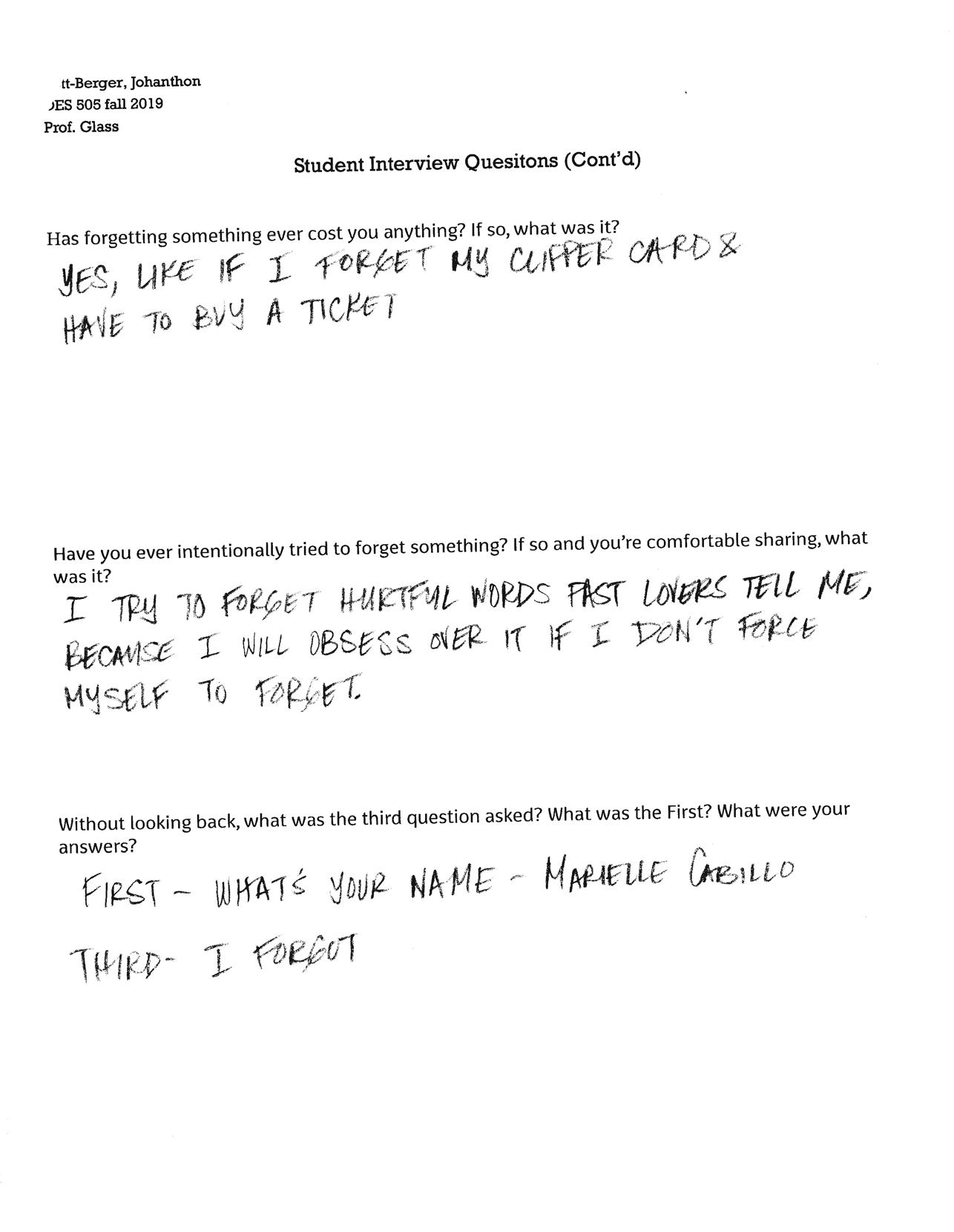
They promoted their product stating that users could increase or improve their memory by exercis-
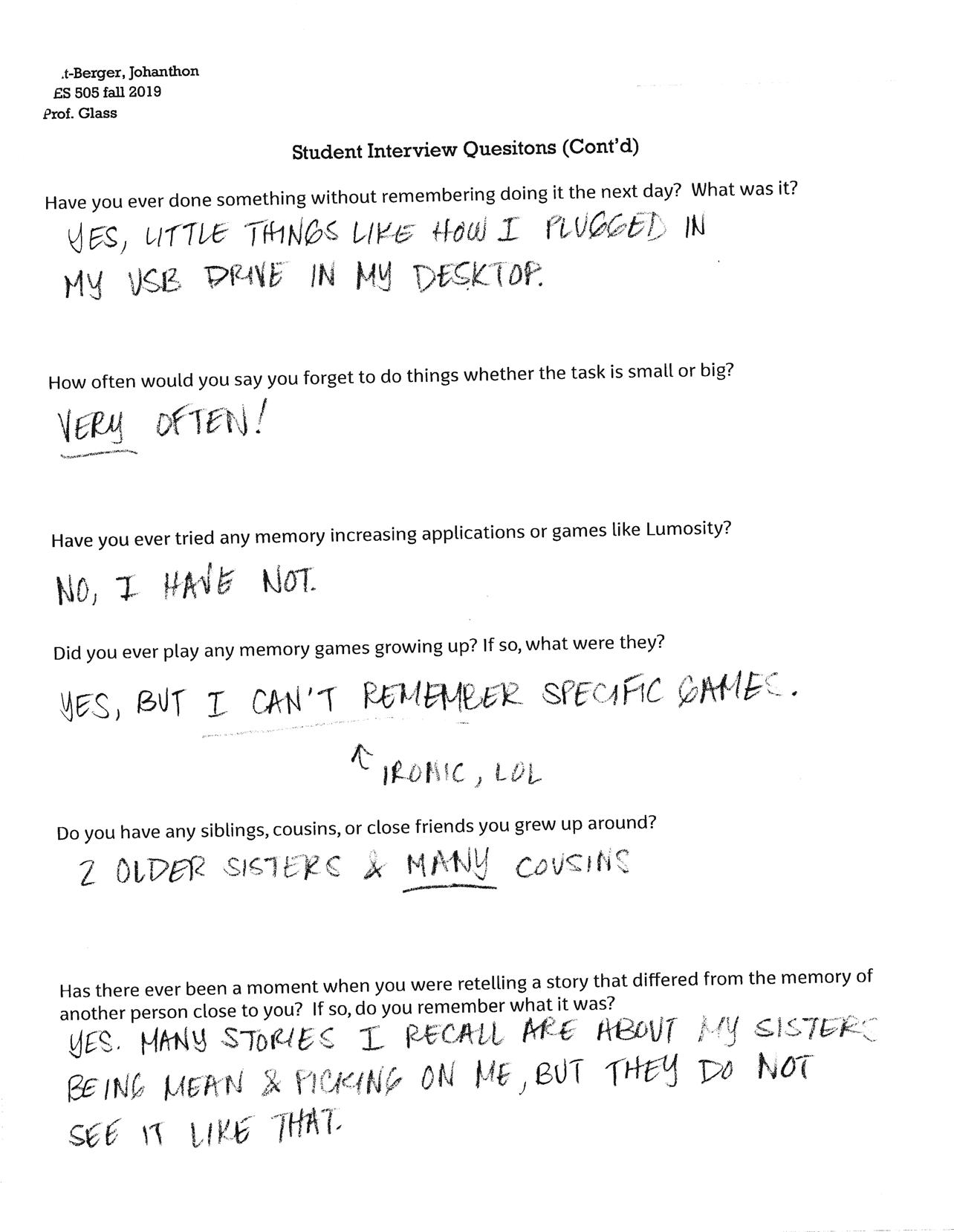
The Memory Edition
ing different regions of their brain based on the training games provided. It was discovered that Lumosity did not know all the science behind their claims and were held accountable for it. Lumosity paid out $2 million dollars to settle their lawsuit. You can also find this information on the Federal Trade Commission’s website at ftc.org.
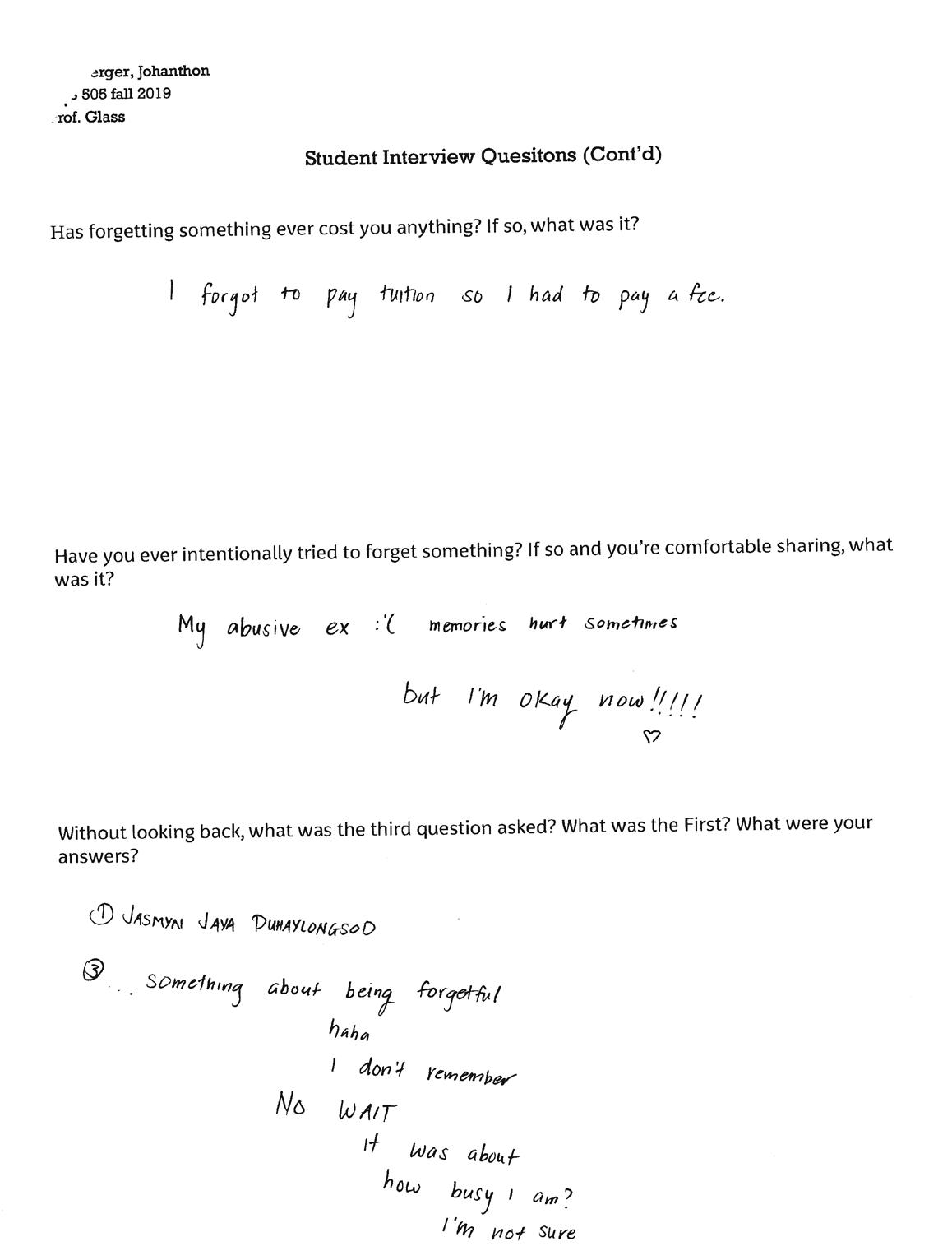
Our memories, are delicate, they hold so much information and detail. We remember important information and details about life.
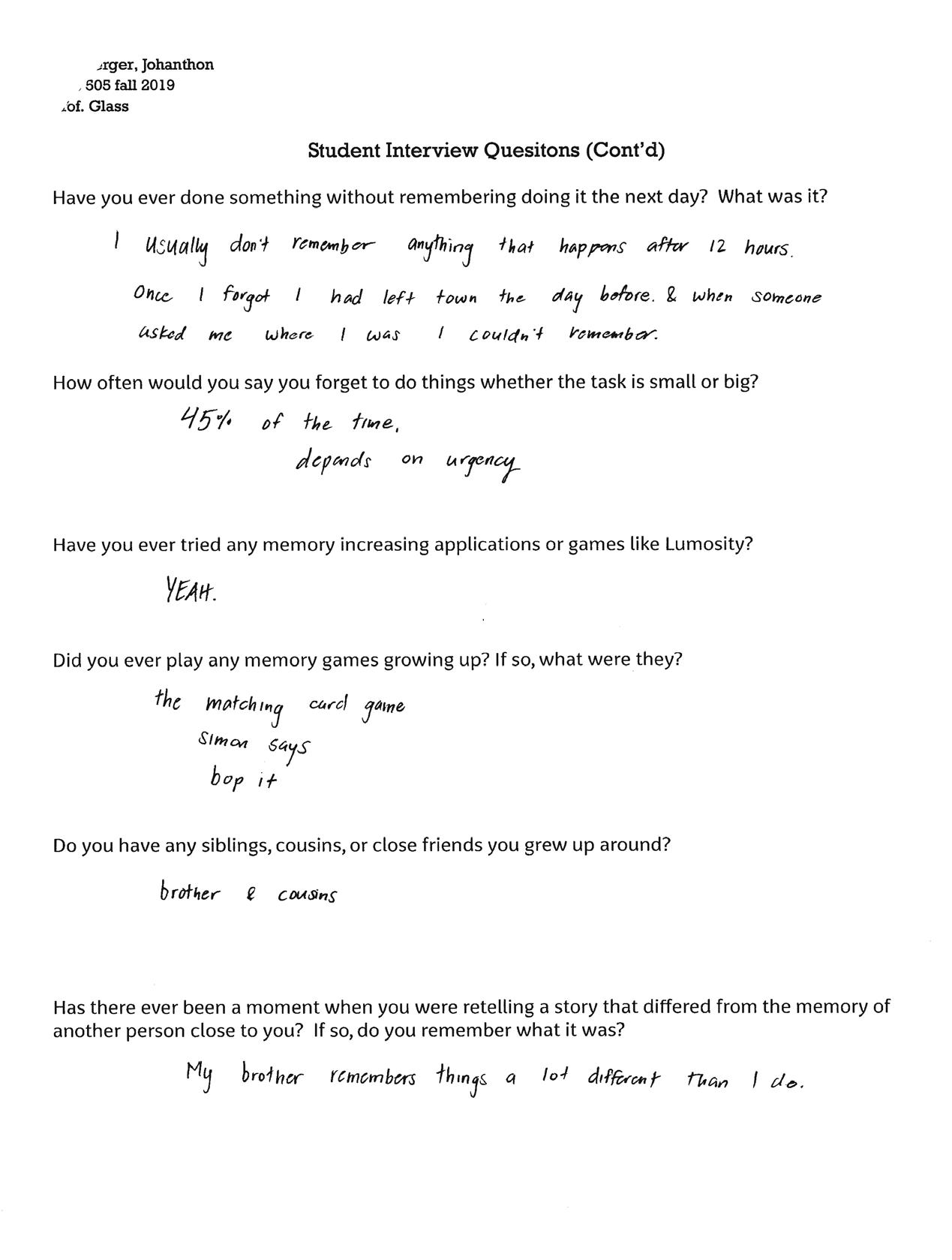
ADMIRARI– Final Thoughts 48
We cherish memories so much that we document them. We memorialize people, places, and events through photographs, and articles written. We try to avoid the inevitable loss of our memory, hide ourselves from the thought of our memories not being reliable anymore. of not being able to remember loved ones and the experiences shard with them. Cherish your memories and create new ones with people who make you happy. Live life to your fullest.
Like what you’ve seen? GET MORE BELOW!!!
Monthly Subscriptions
Digital Orders
Please Scan the QR code below to directly place the order for your desired subscription amount.

Alternatively if you rather mail in your subscription order form; fill in the information needed on back, cut out the form and mail it to our headquarters.
79796 Wizardly Avenue, SF, CA, 94124
* Free T-Shirt order for subscriptions of 3+ months or more. Please select one. Descriptions on next page. Sizes range from XS to XXL.

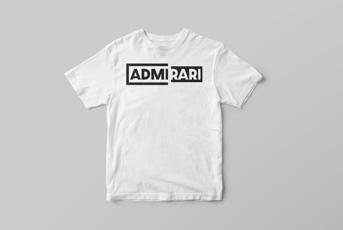
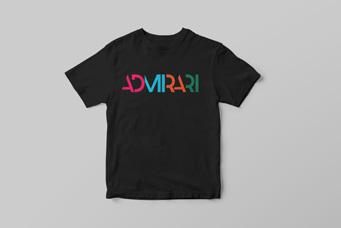
49
* Free T-Shirt order for subscriptions of 3+ months and above. Please select one. Descriptions to the right.


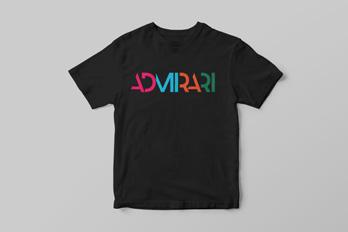

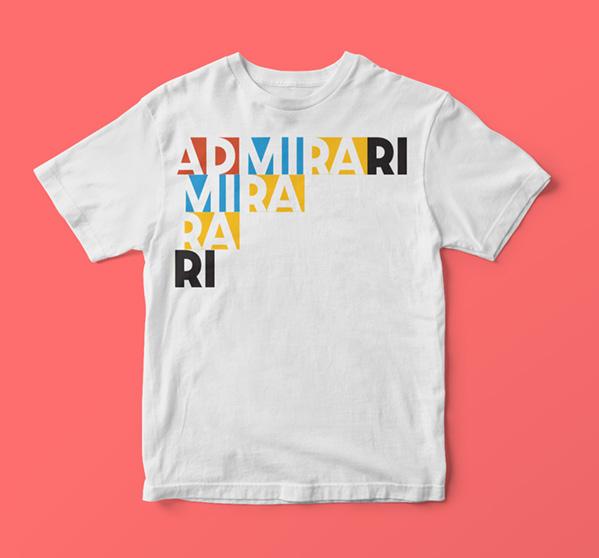
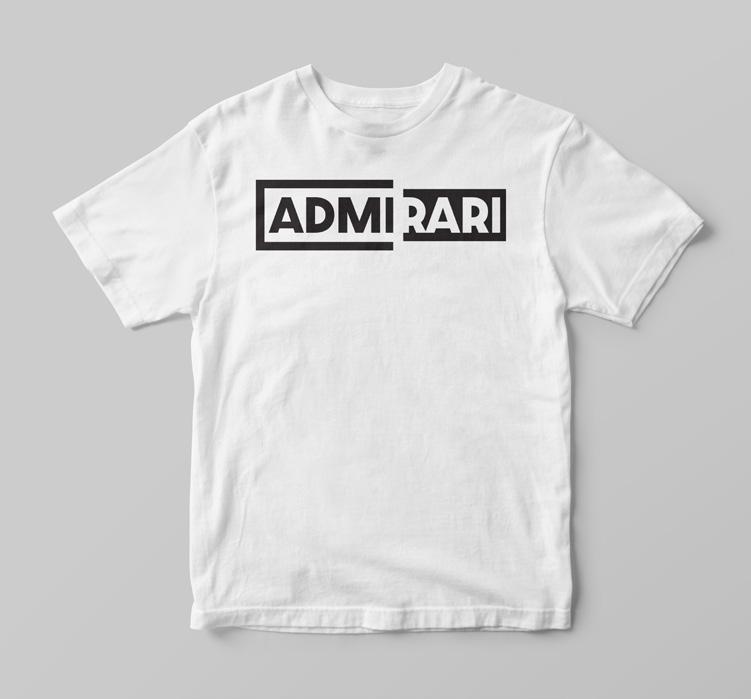
range from XS to XXL.
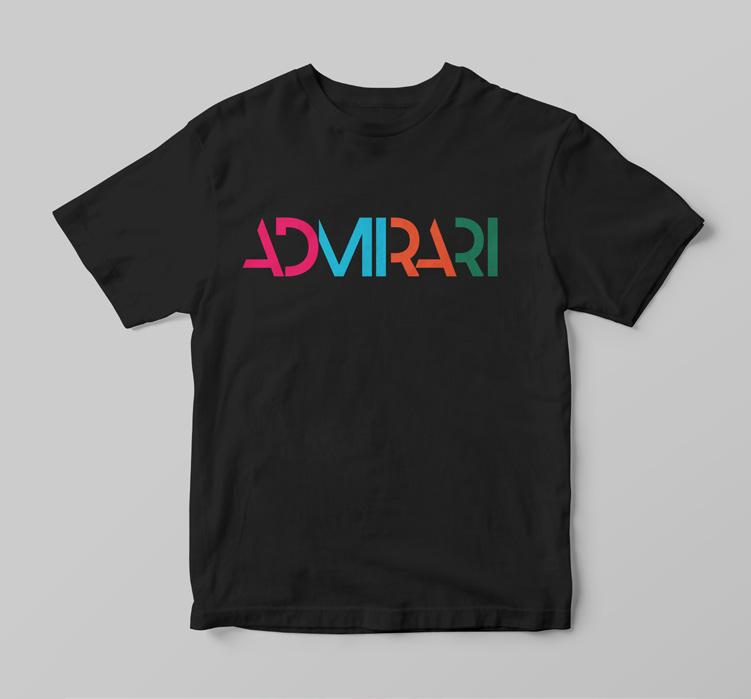
Mail–in Order Form Next Month’s Issue $10.00 US Dollars 3 Month Supply $25.00 US Dollars Half–Year Supply $55.00 US Dollars Full–Year Supply $110.00
Monthly Subscriptions
Name and Address
Sizes
Size: XS S M L XL XXL XXXL (Circle One)
Vibrant– Stand out with our Hyper Color Puff Letters. printed with heat sensative color changing ink with 3D Puff
On & In– Become a walking billboard with our shirt for any occassion. Custom Black Puff Ink.
SUBSCRIPTION MAILER
RA-RA-RA– Stay comfy anywhere with our light–weight t–shirt. Printed with uper soft waterbase discharge ink.
Check Number
A Special Thank You
This issue is dedicated to everyone who has lost someone, who has battled with memory loss and memory failure. To the memories we cherish and the people in them. Thank you to my family and girlfriend who without the love and support of, this magazine would not be possible and for the memories of the amazing people and experiences that have saped me into who I am today.
Works Cited
Kelly Cherry, False Memories and How They Form,
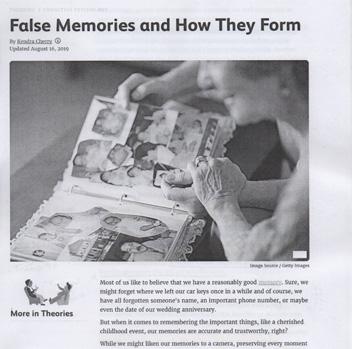
Kim Ann Zimmermann, Semantic Memory: Definition and Examples, January 29, 2014

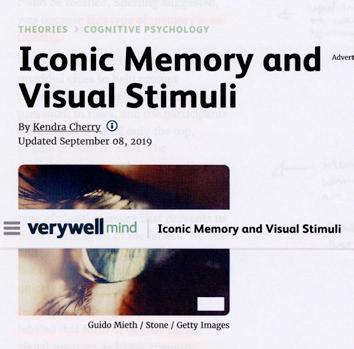
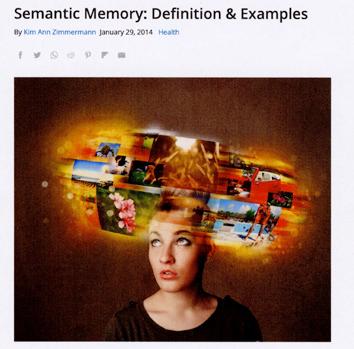
Kelly Cherry, Hippocampus Role in Limbic System, September 17, 2019
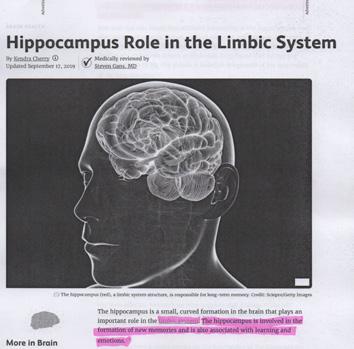
Kim Ann Zimmermann, Implicit Memory: Definition and Examples, February 13, 2014
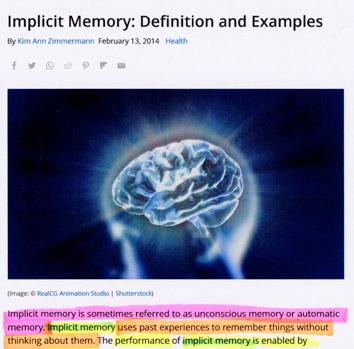
Kendra Cherry, How Human Memory Works, August 23, 2019
Kendra Cherry, Iconic Memory and Visual Stimuli, September 8, 2019
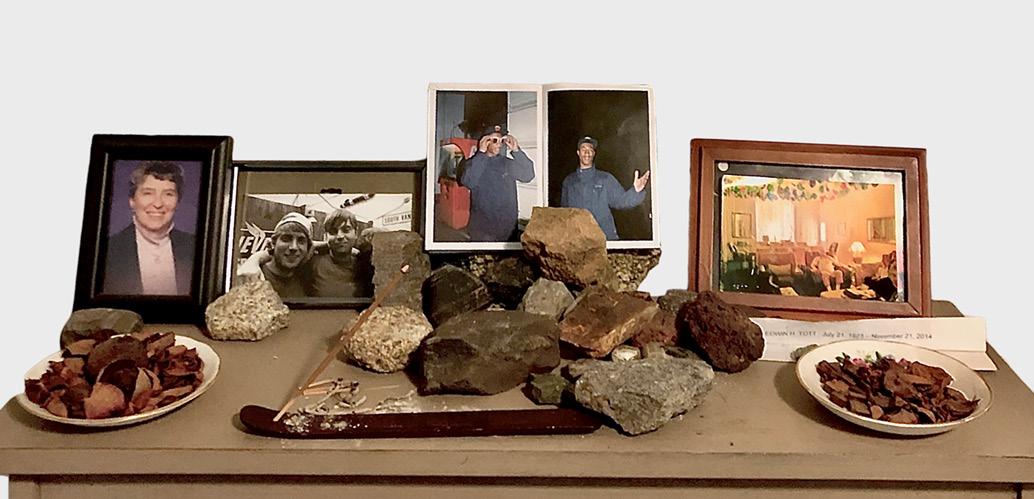
Kim Ann Zimmermann, Episodic Memory: Definition and Examples, February 26, 2014

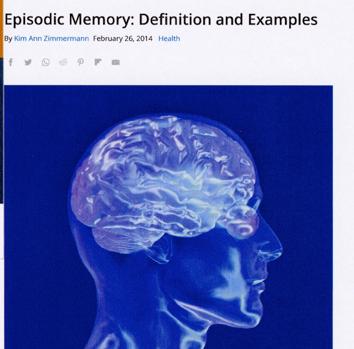
Wikipedia- this source was used to collect data and information that is referenced with citation on their website. Wikipedia is an open source public domain.
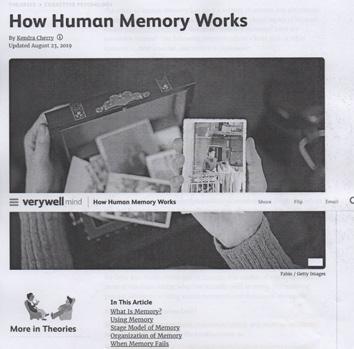
The Memory Edition 51
Pictures and illustrations were taken from public domain, they were also drawn and photographed by Johnathon Tott-Berger during a photojournalism class, and throughout his life experiences.


























































































































